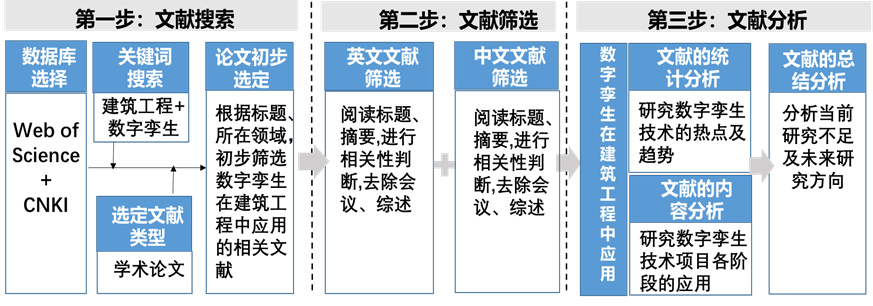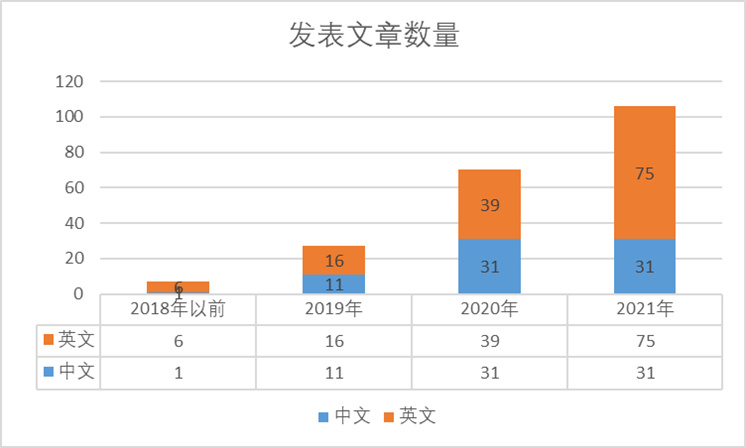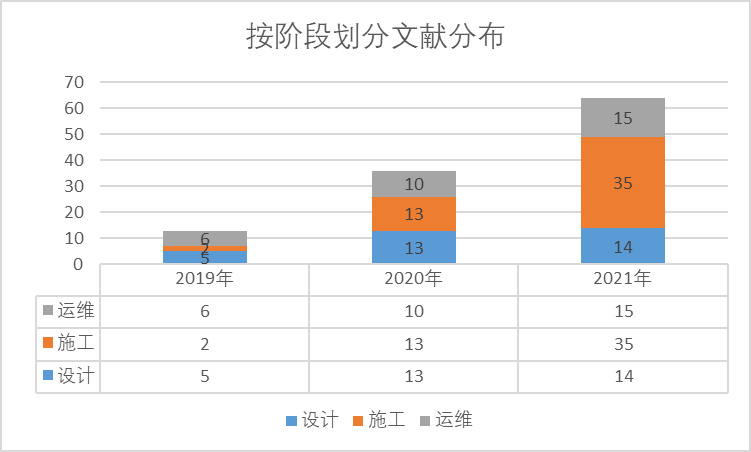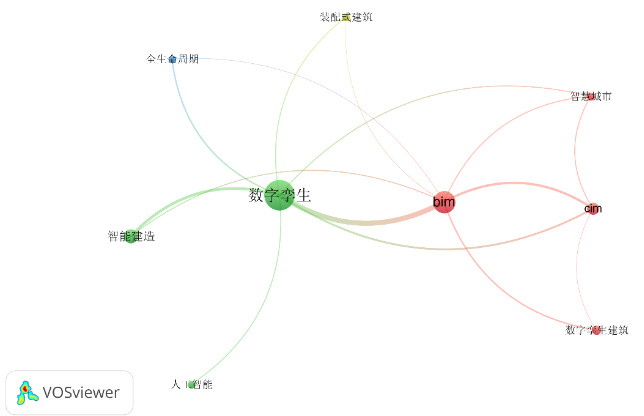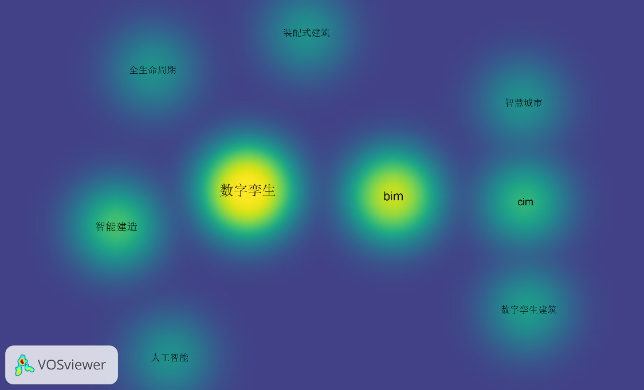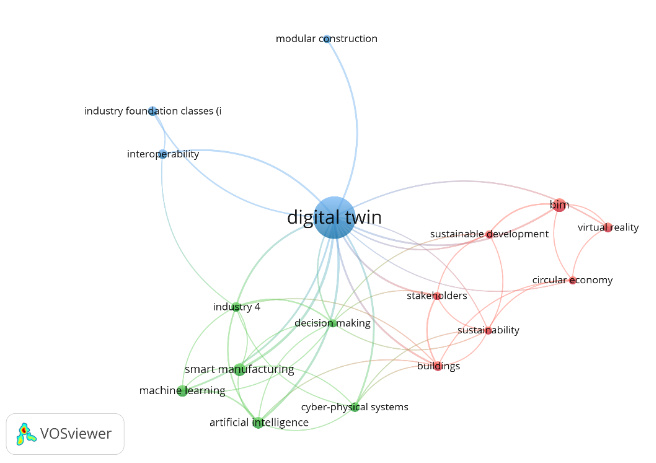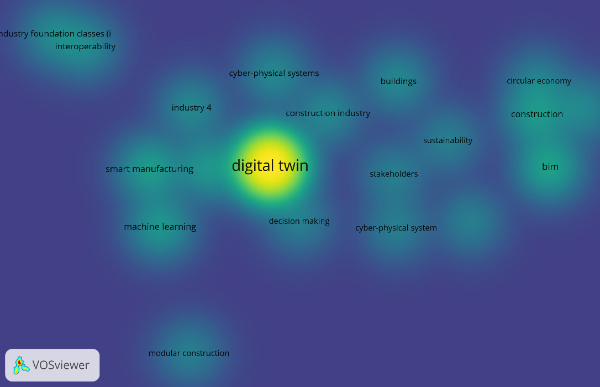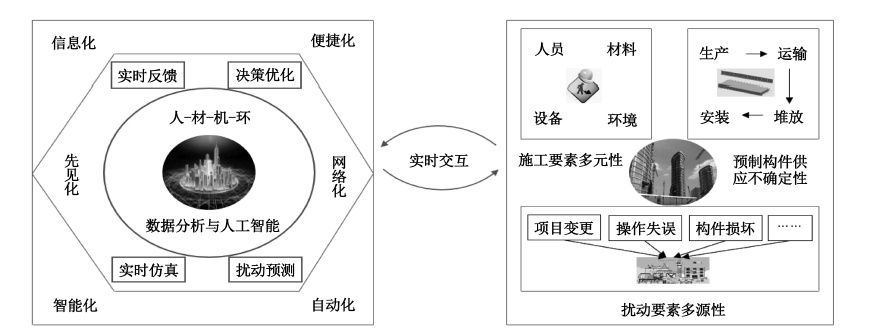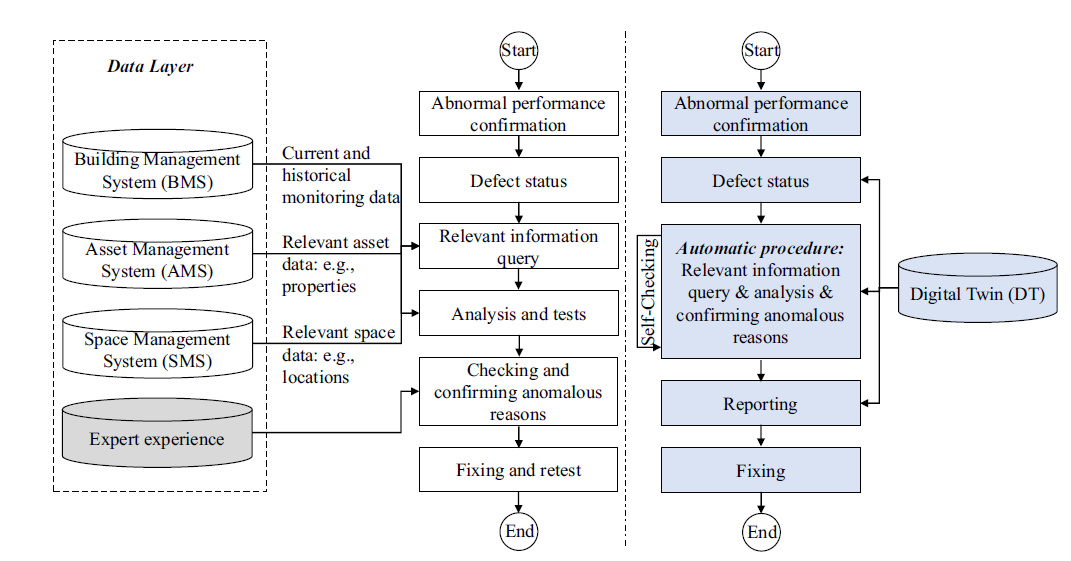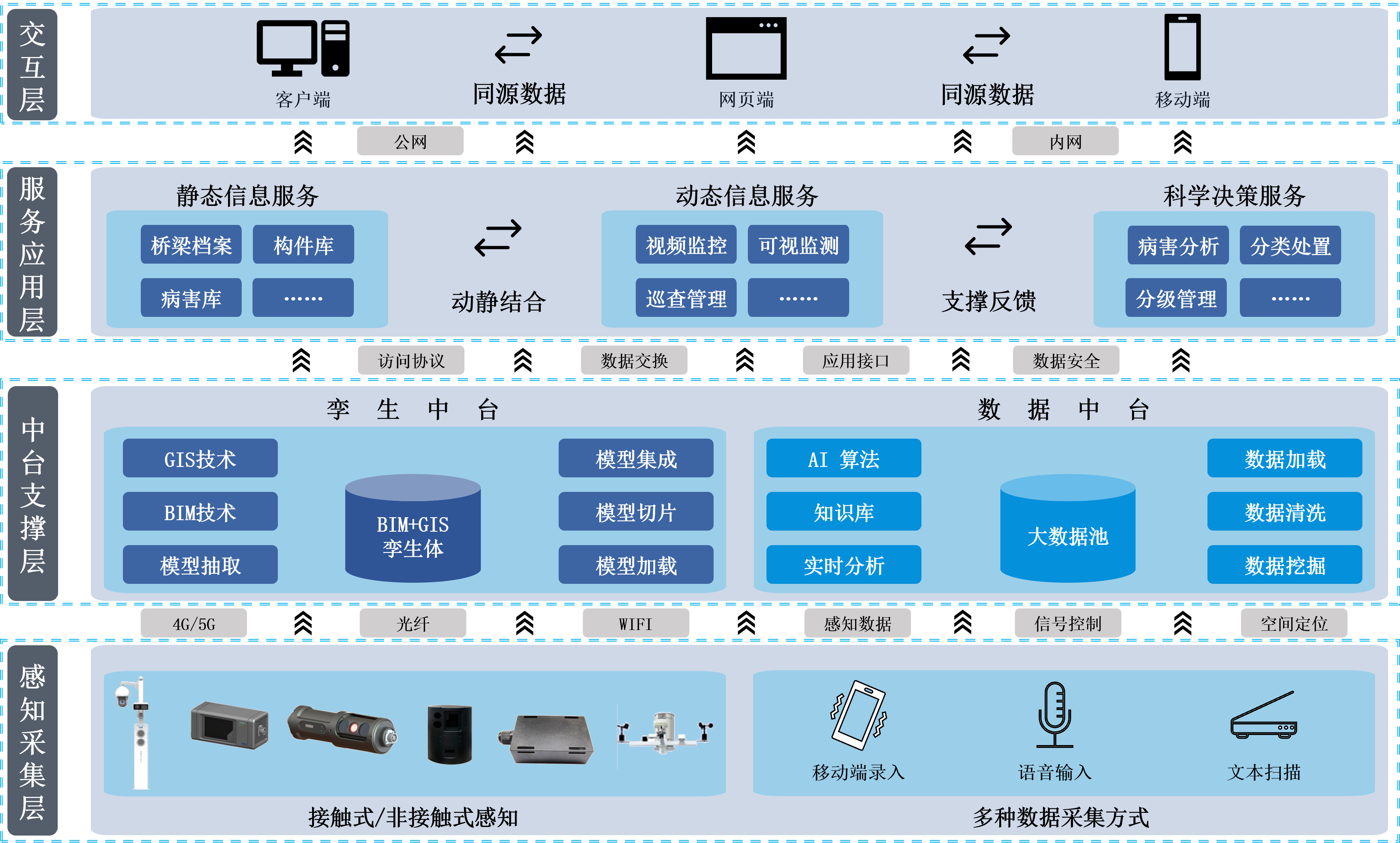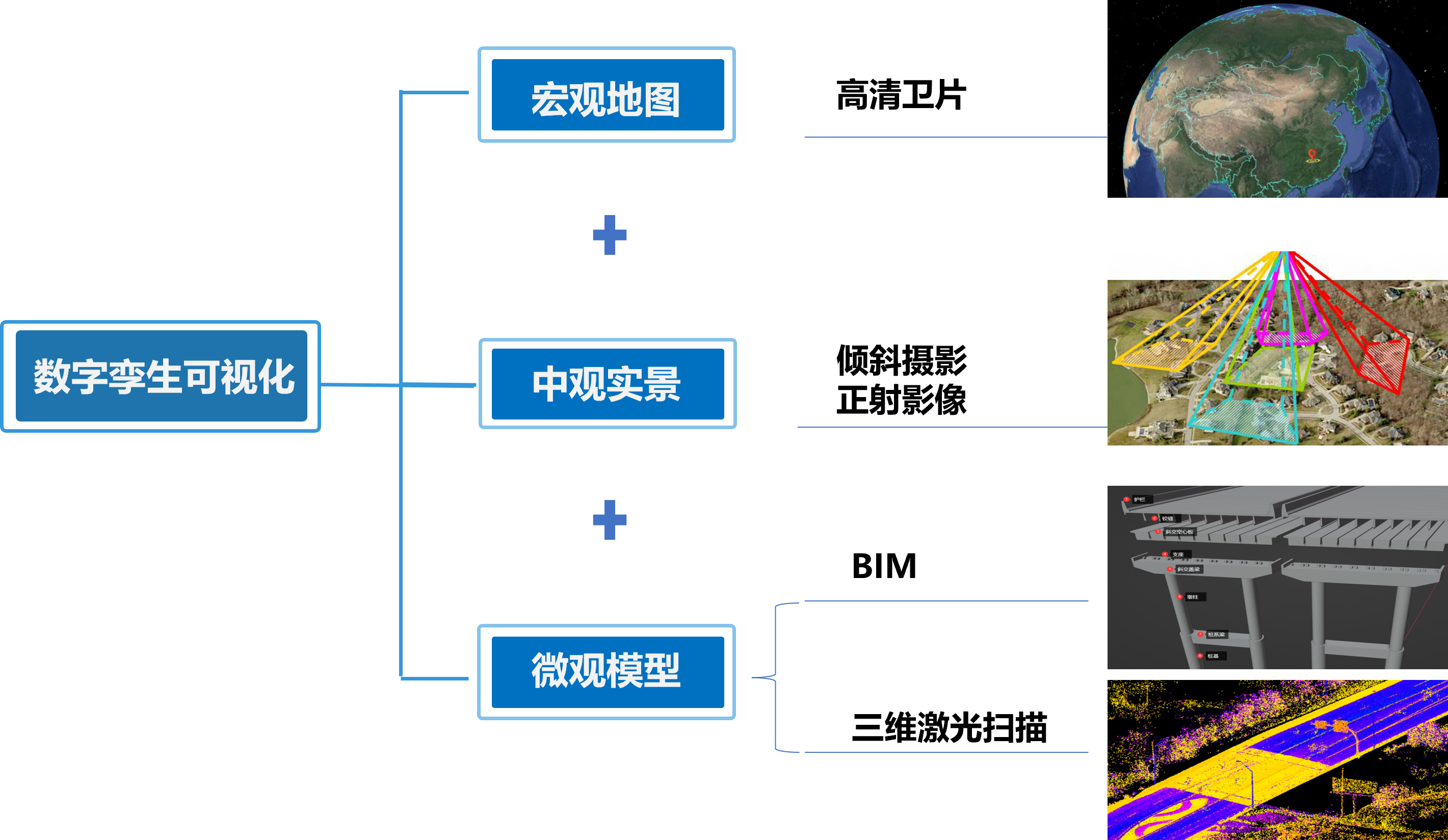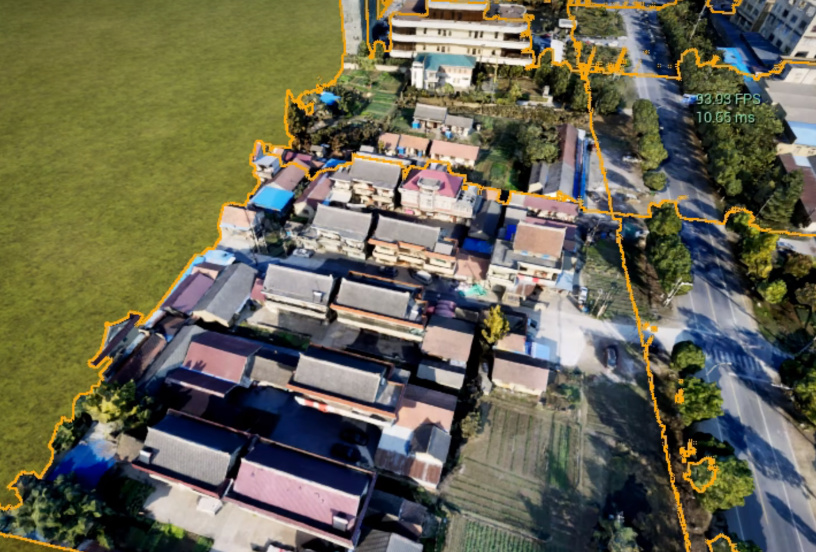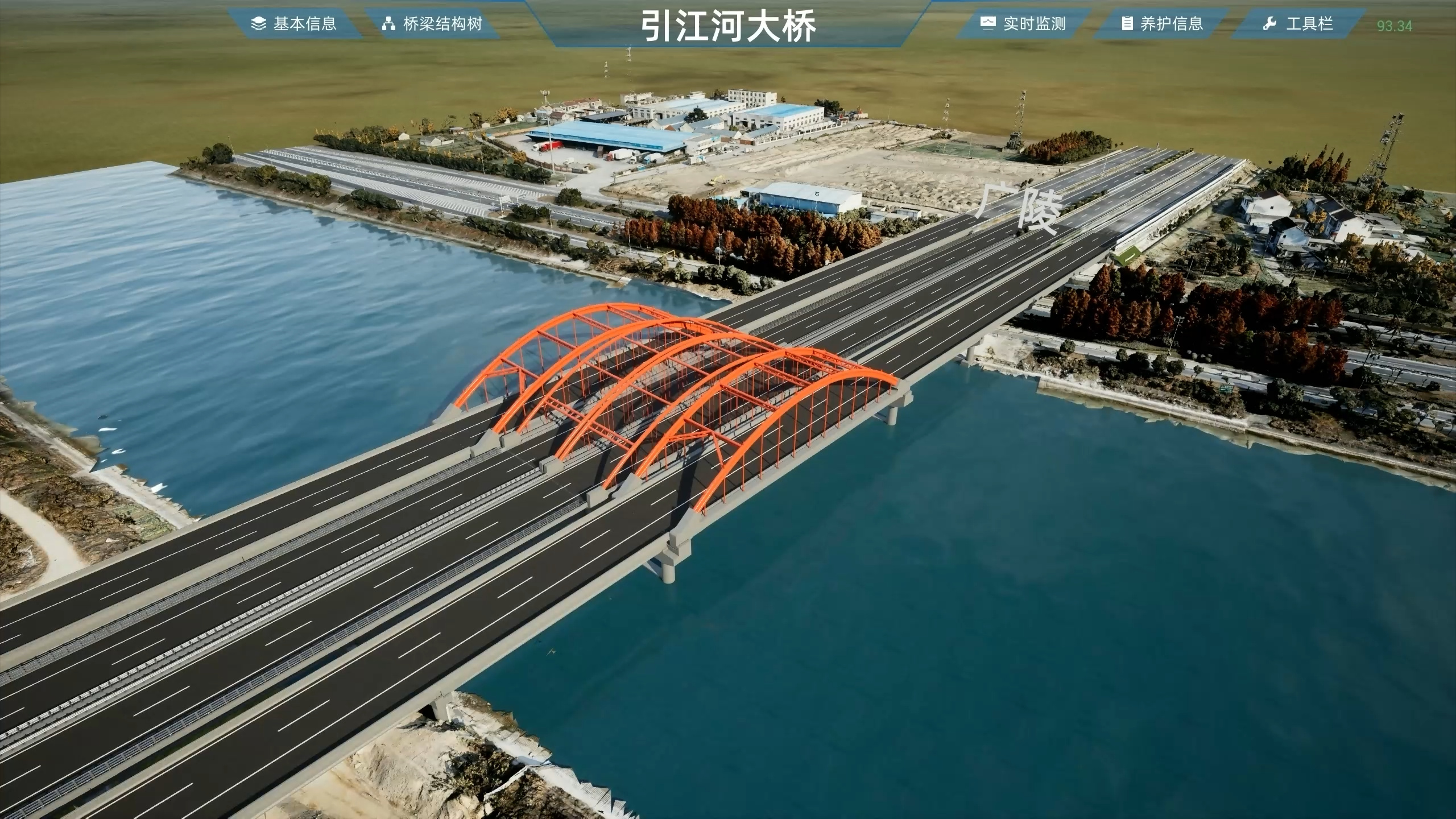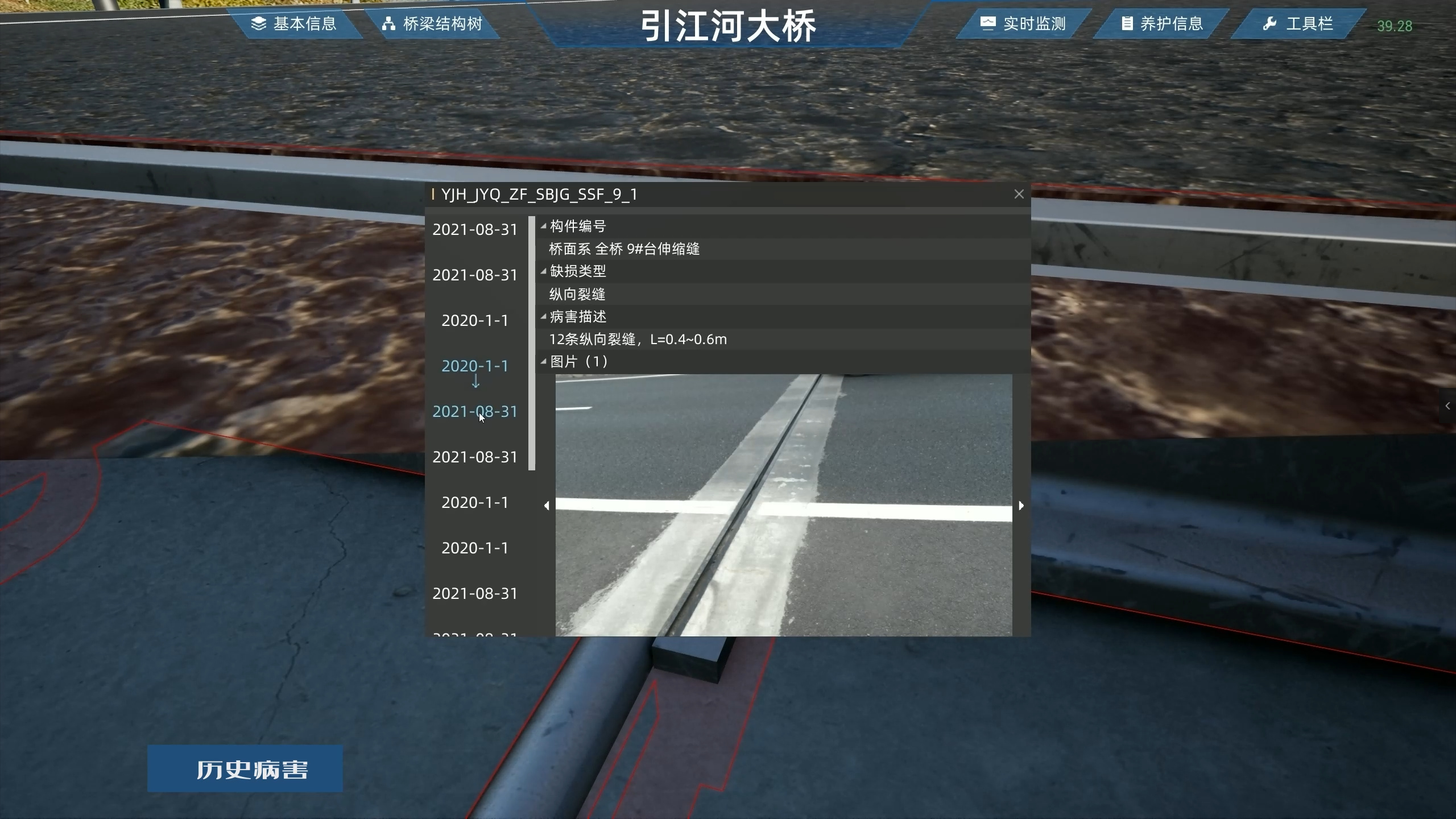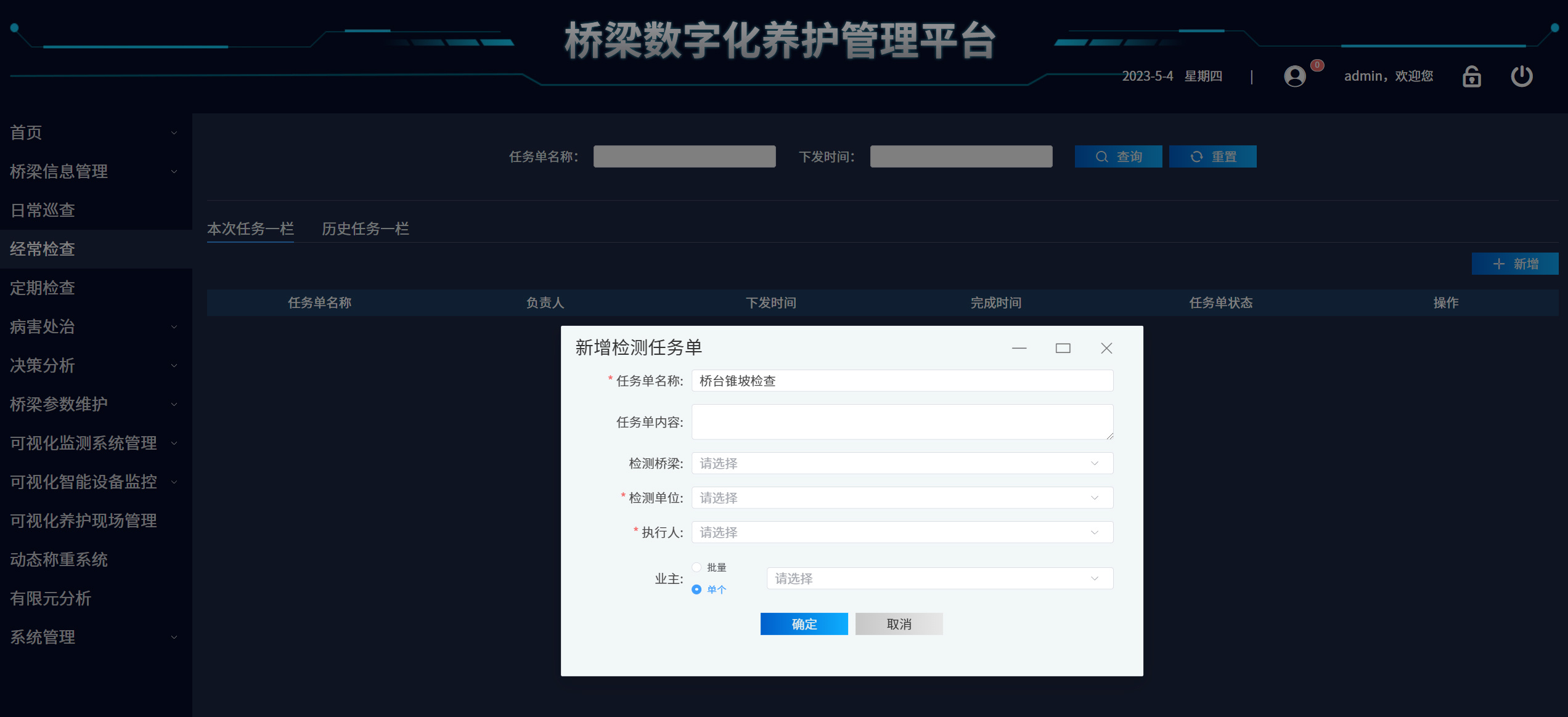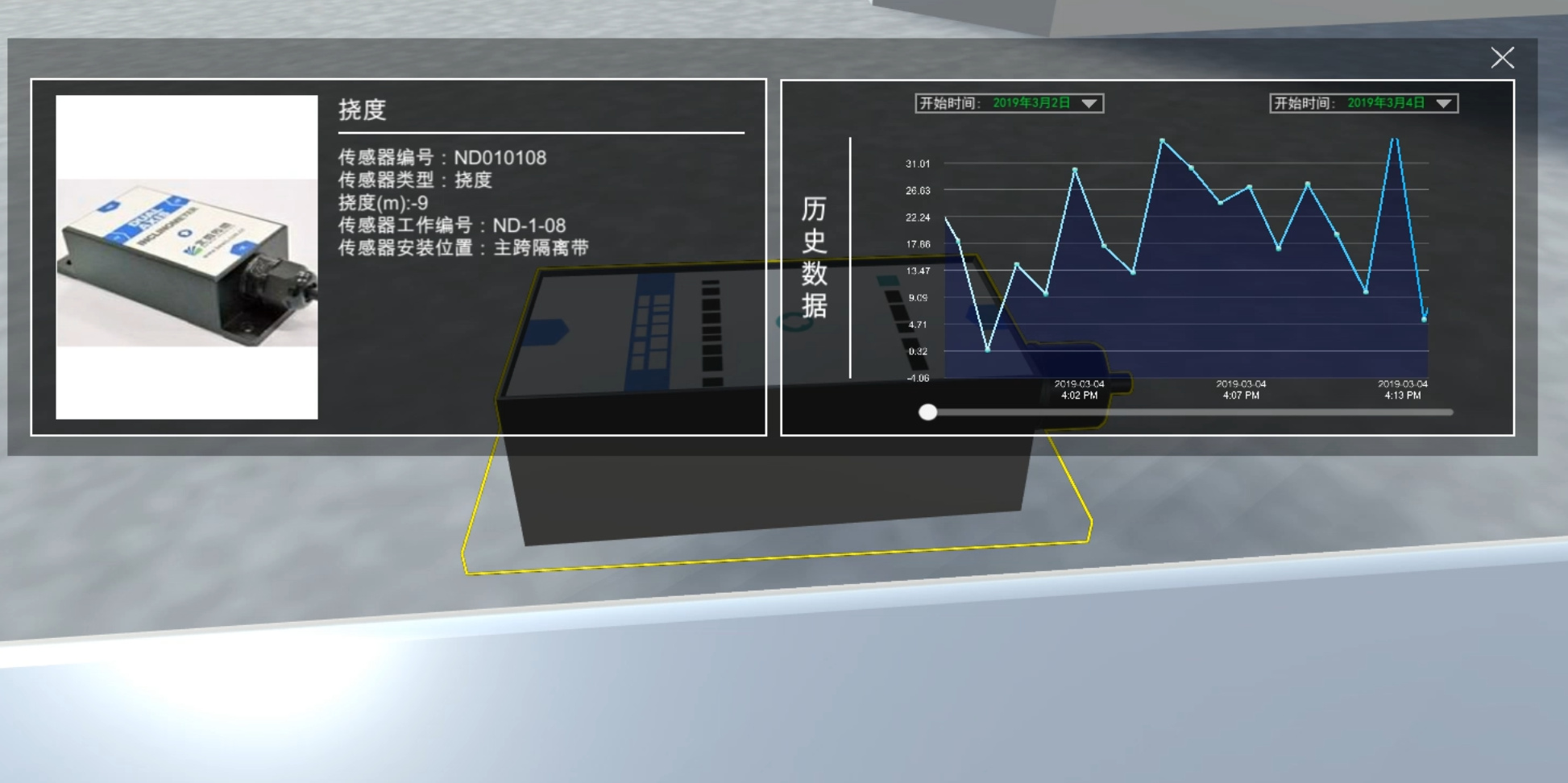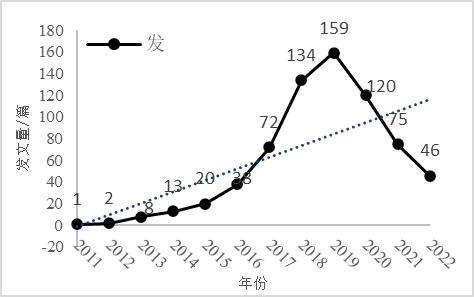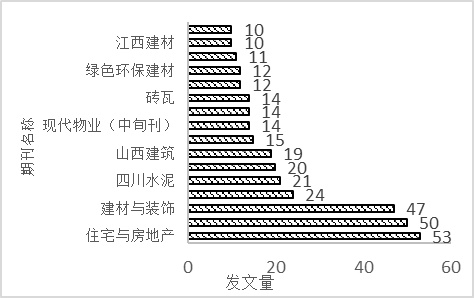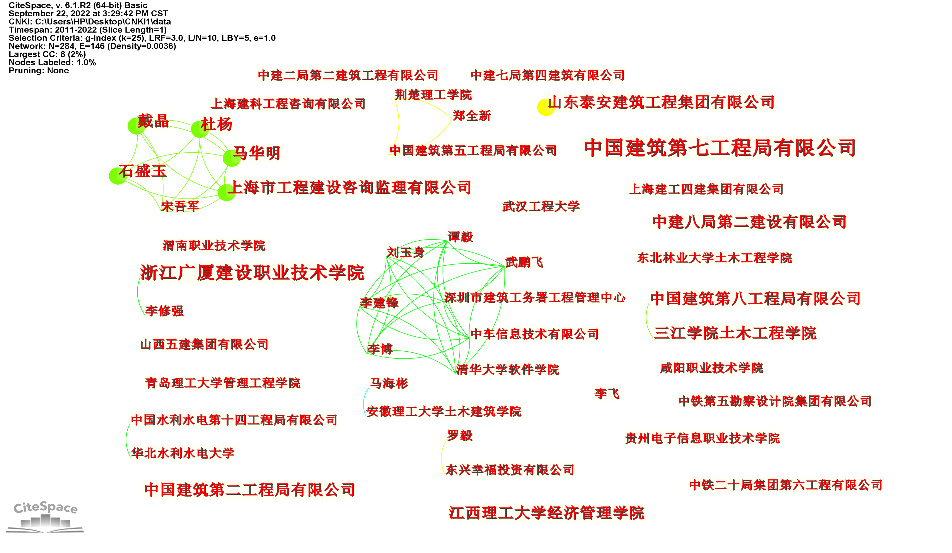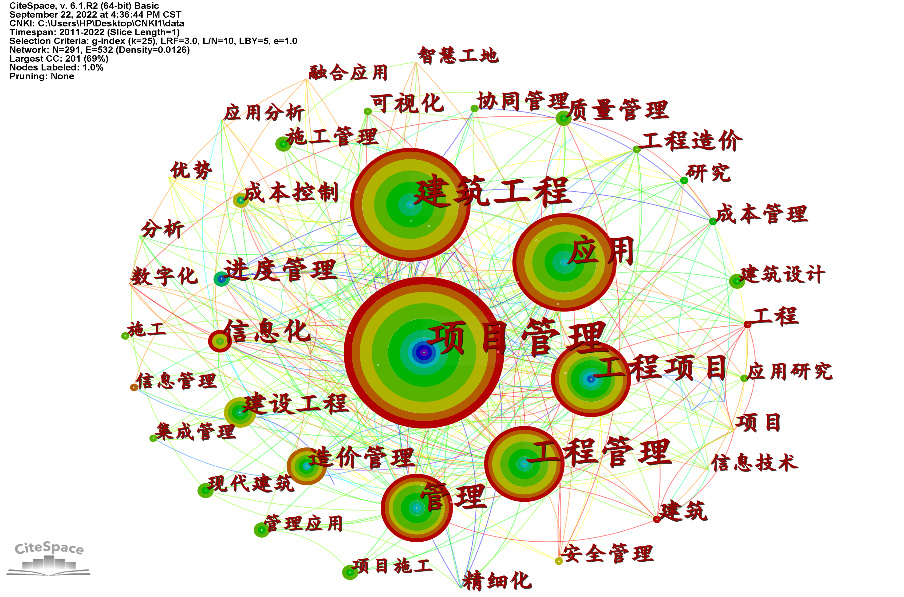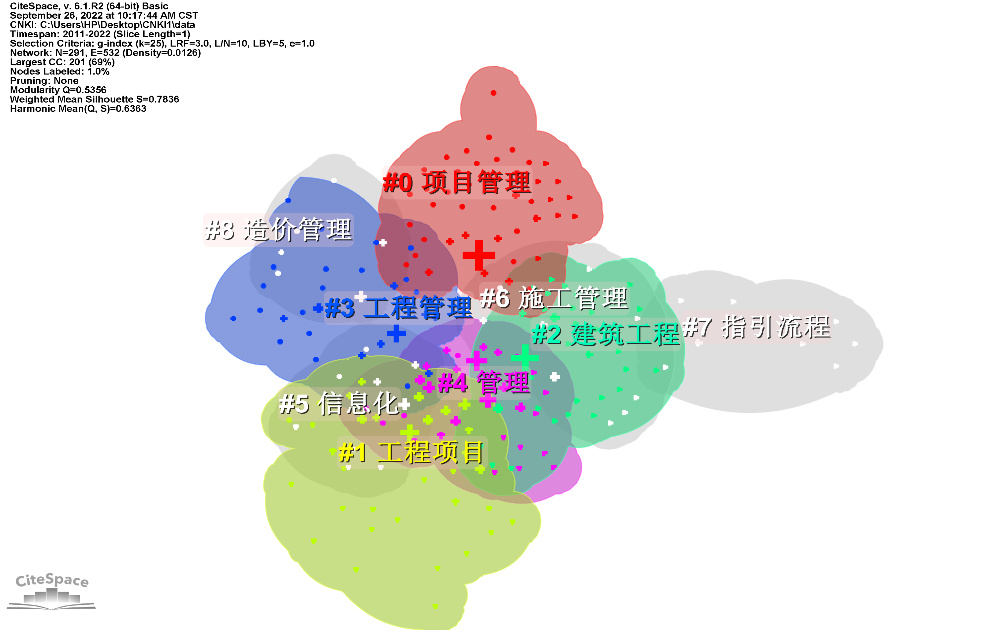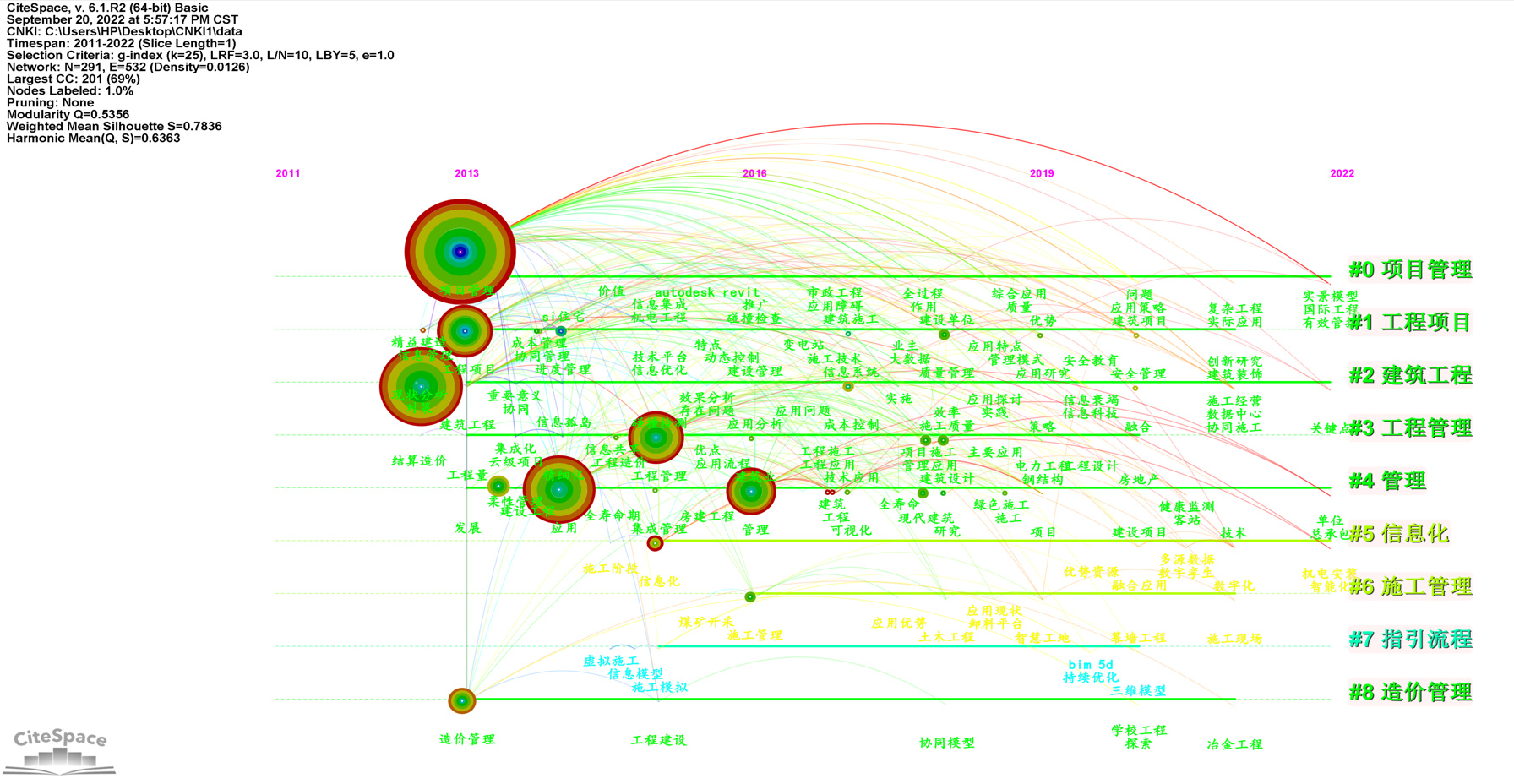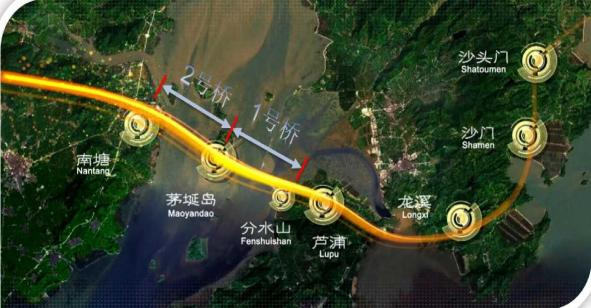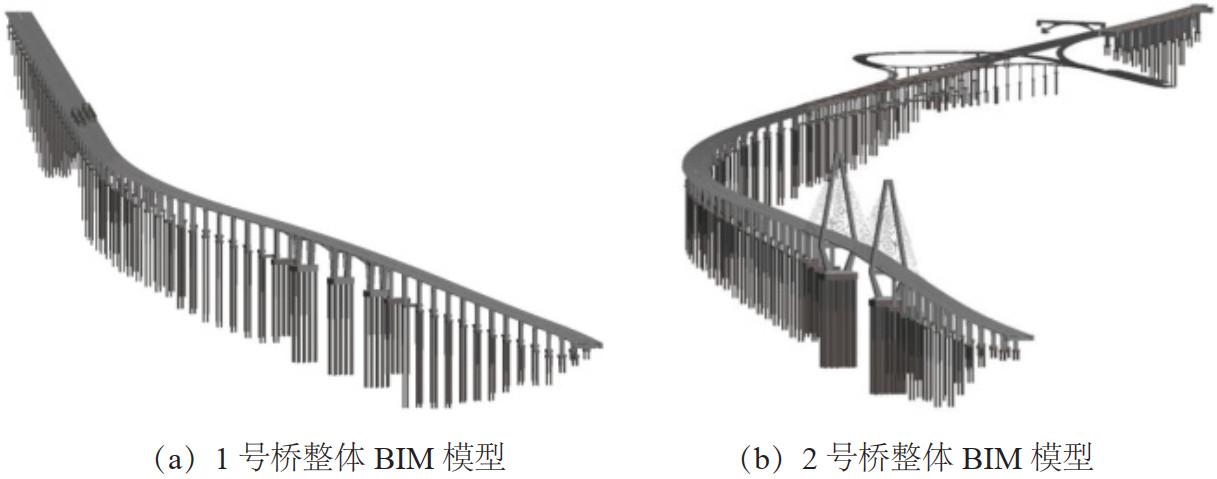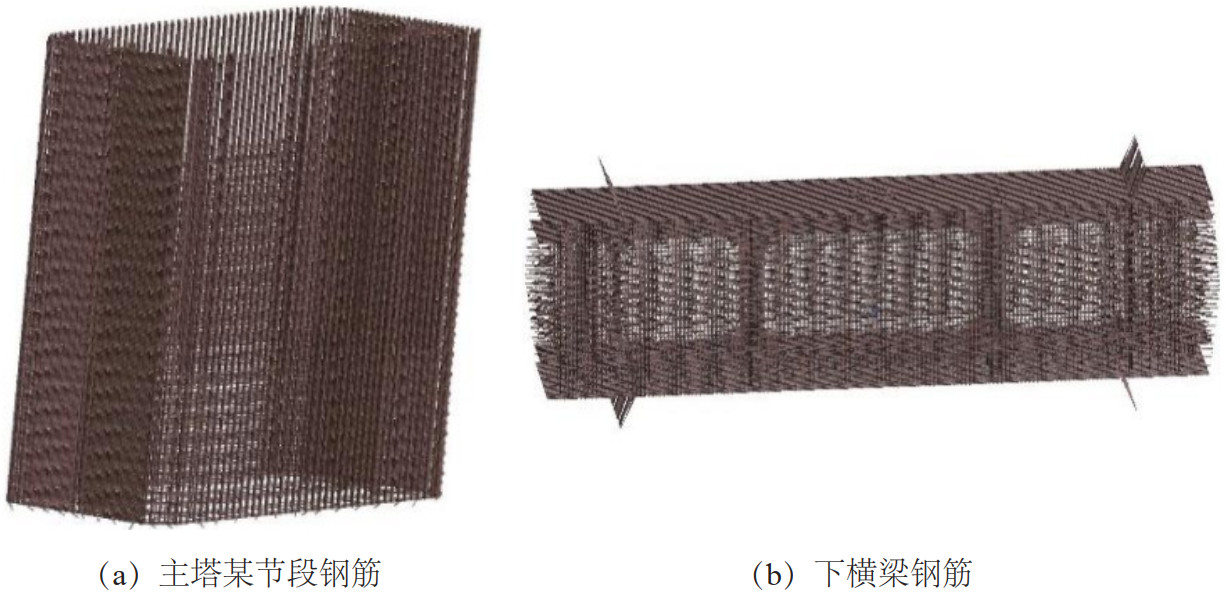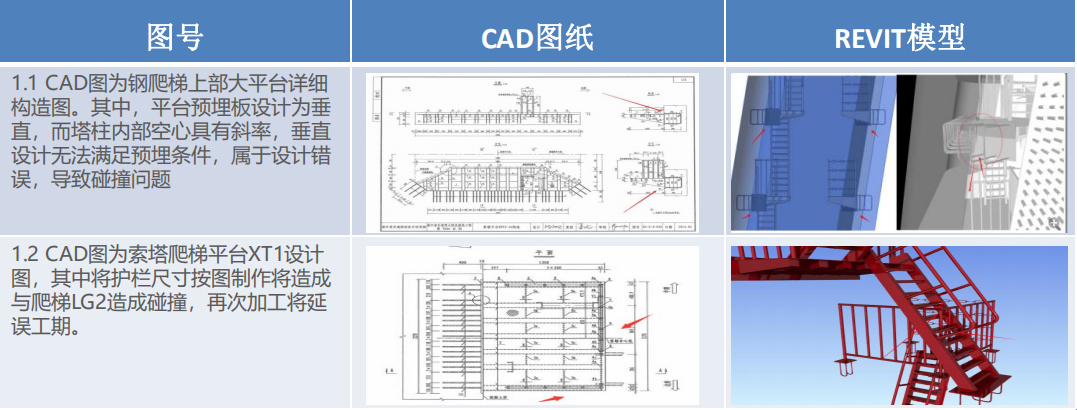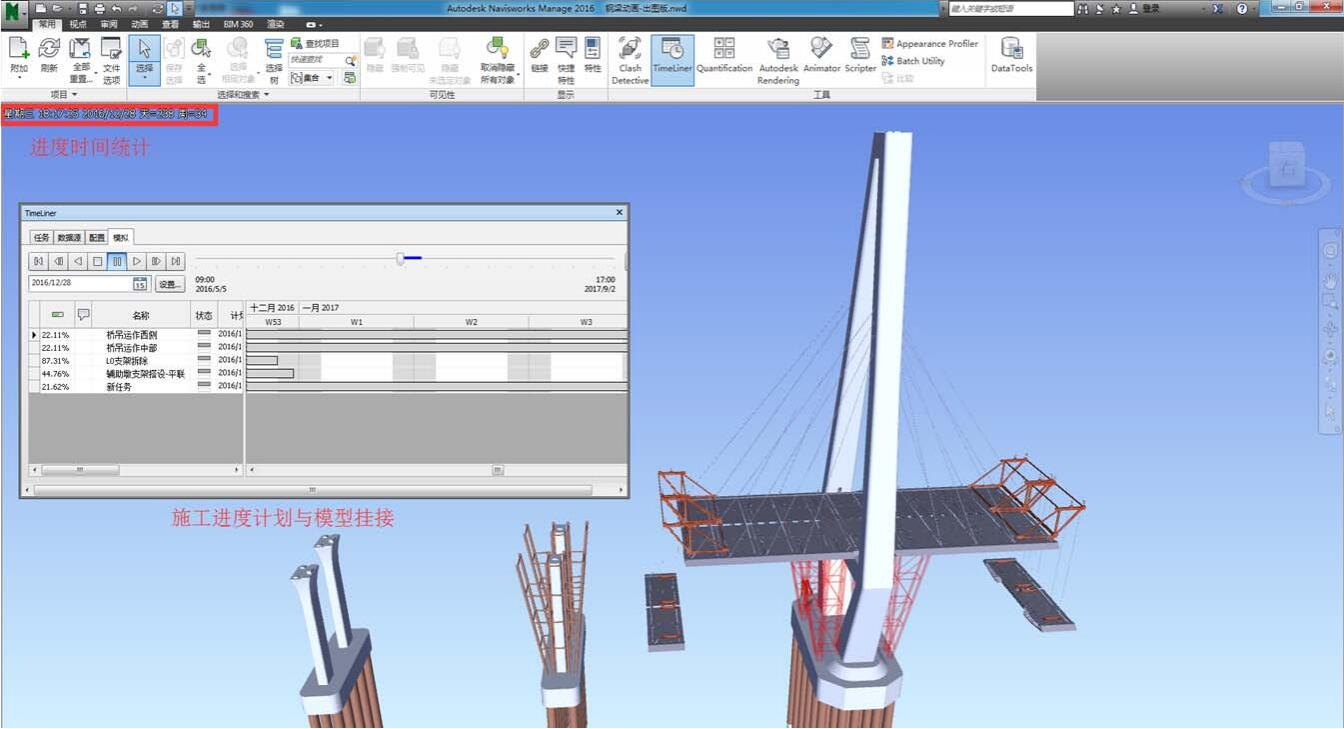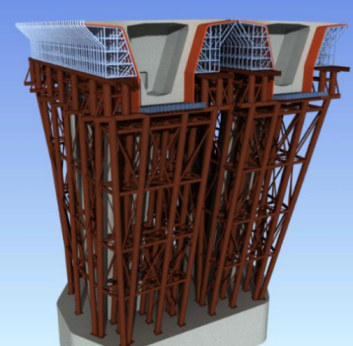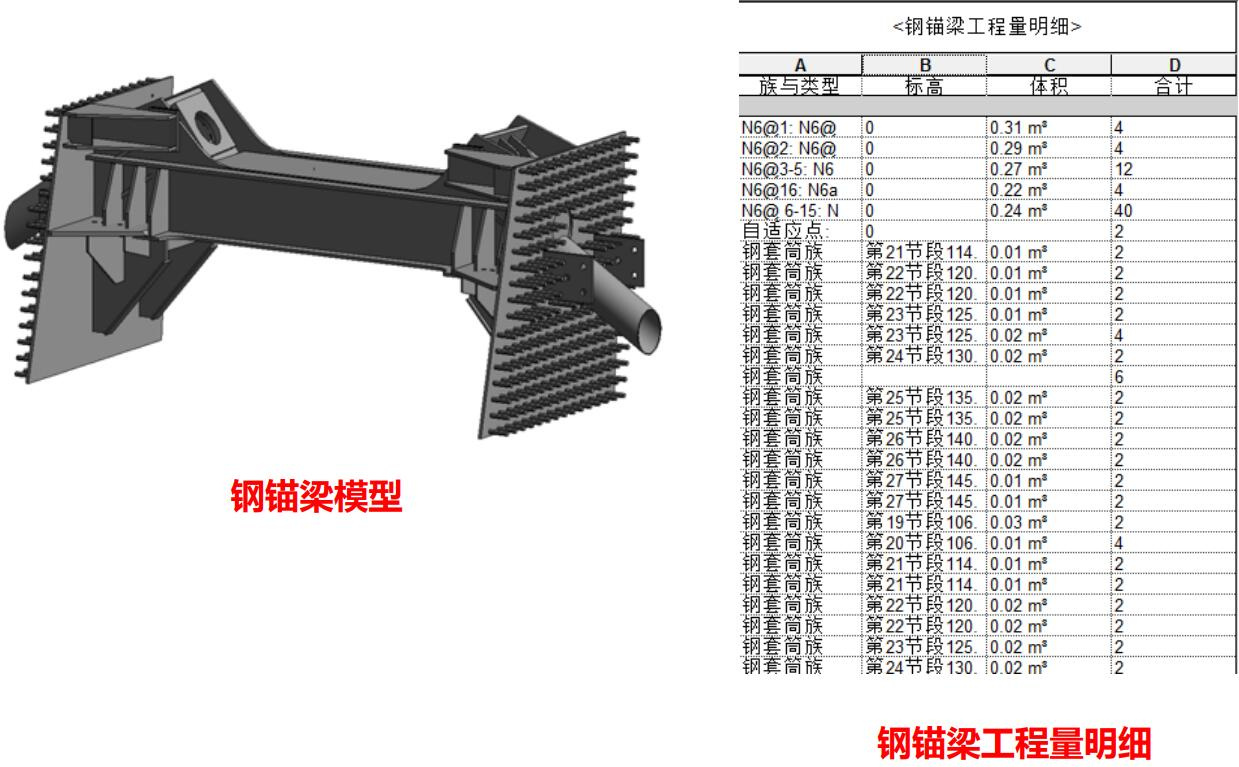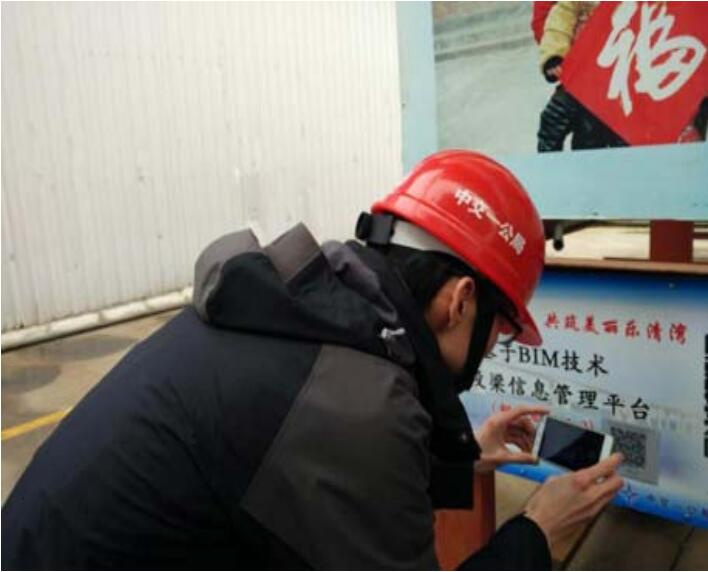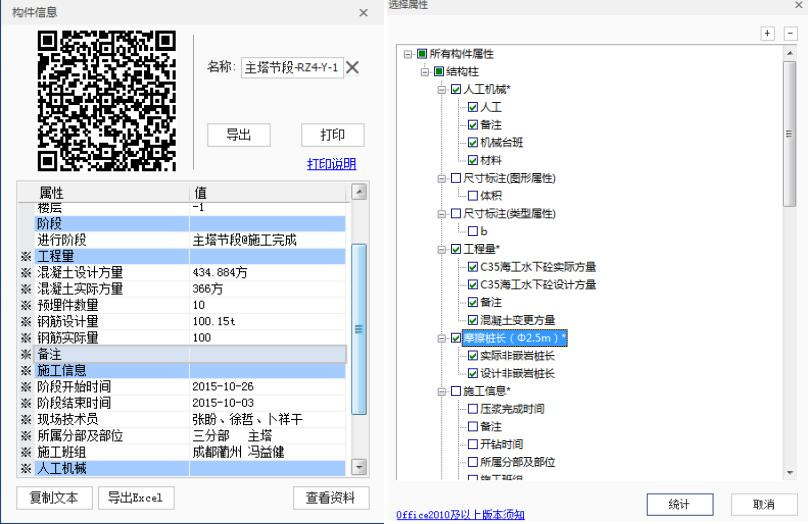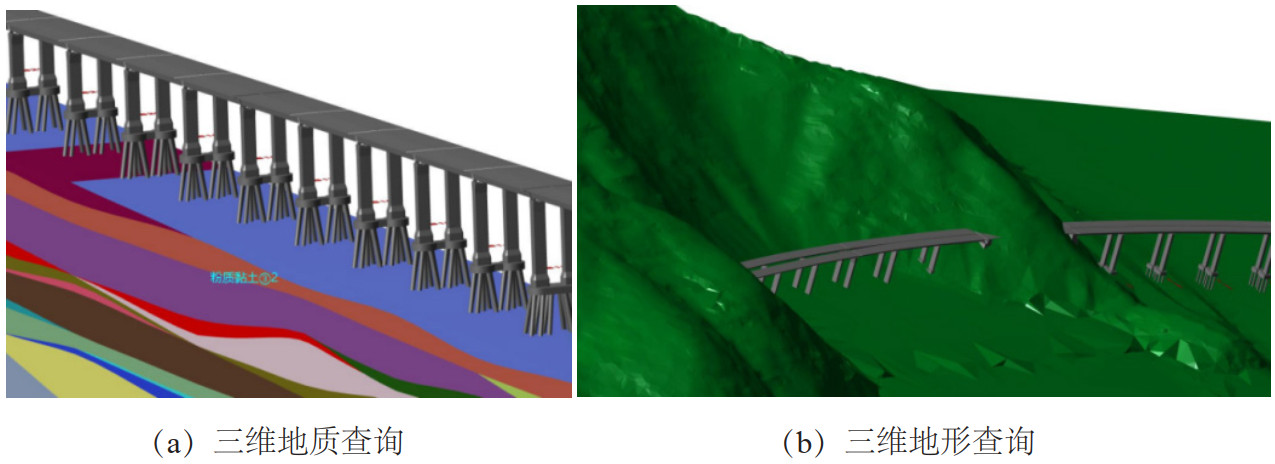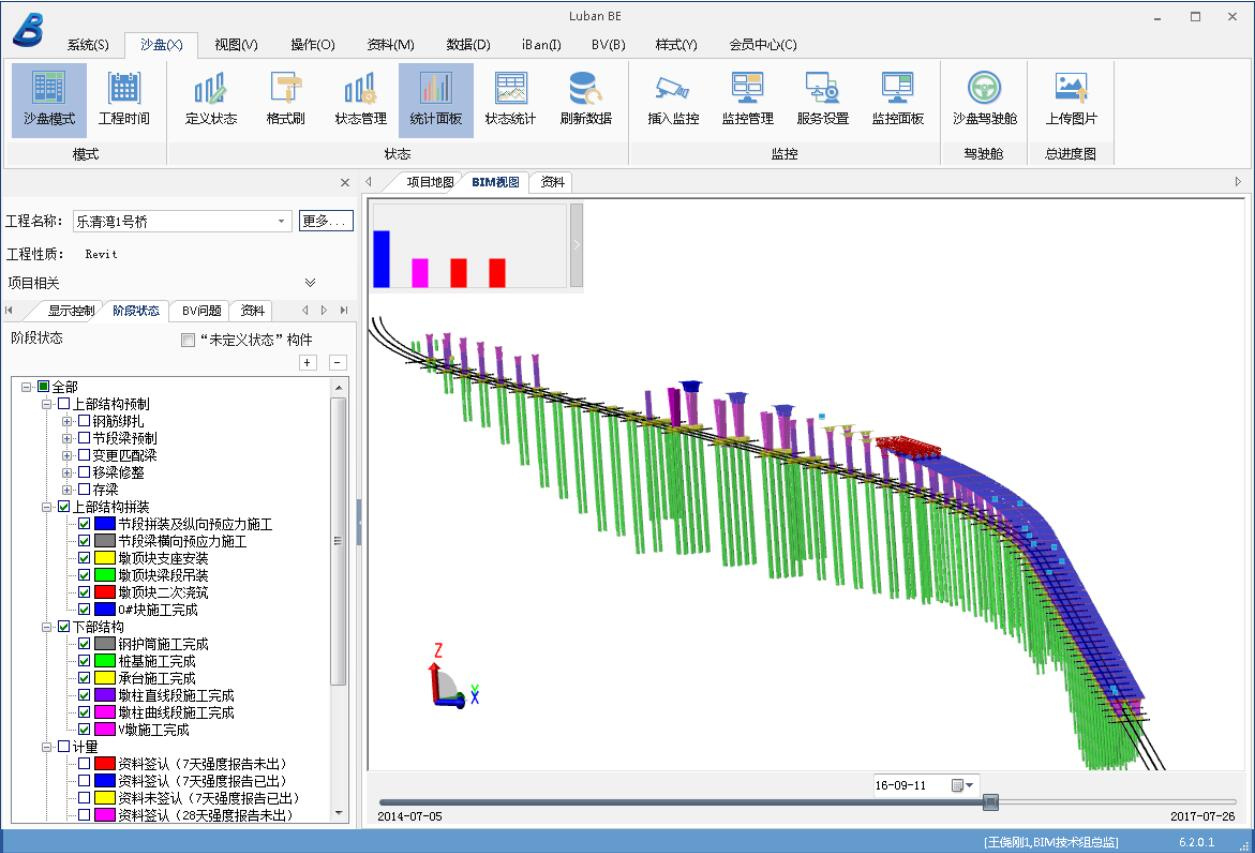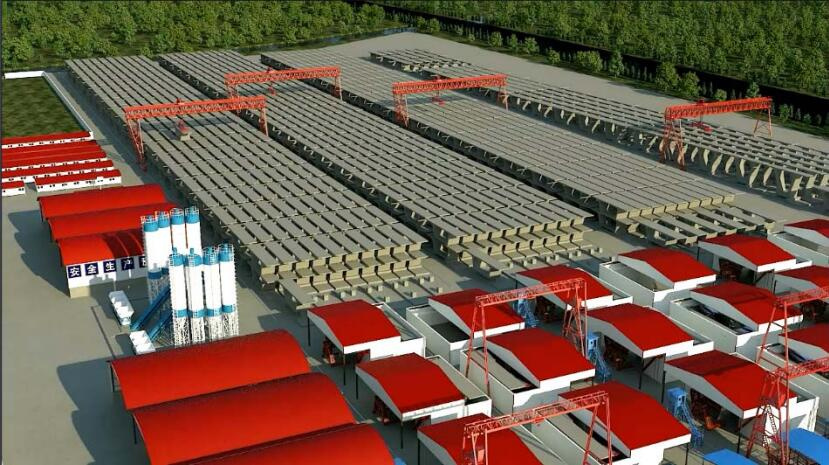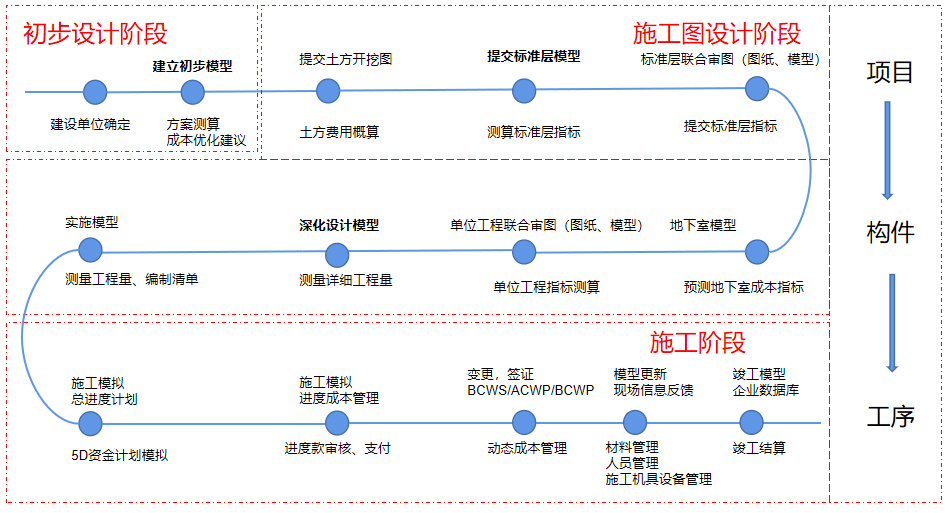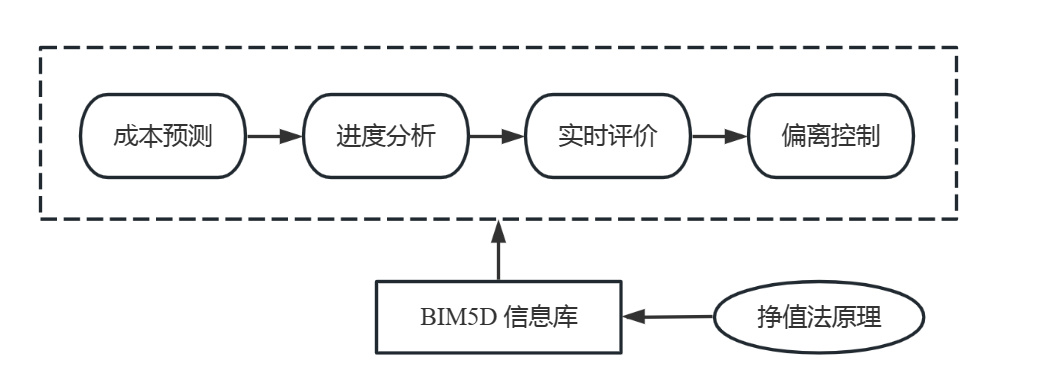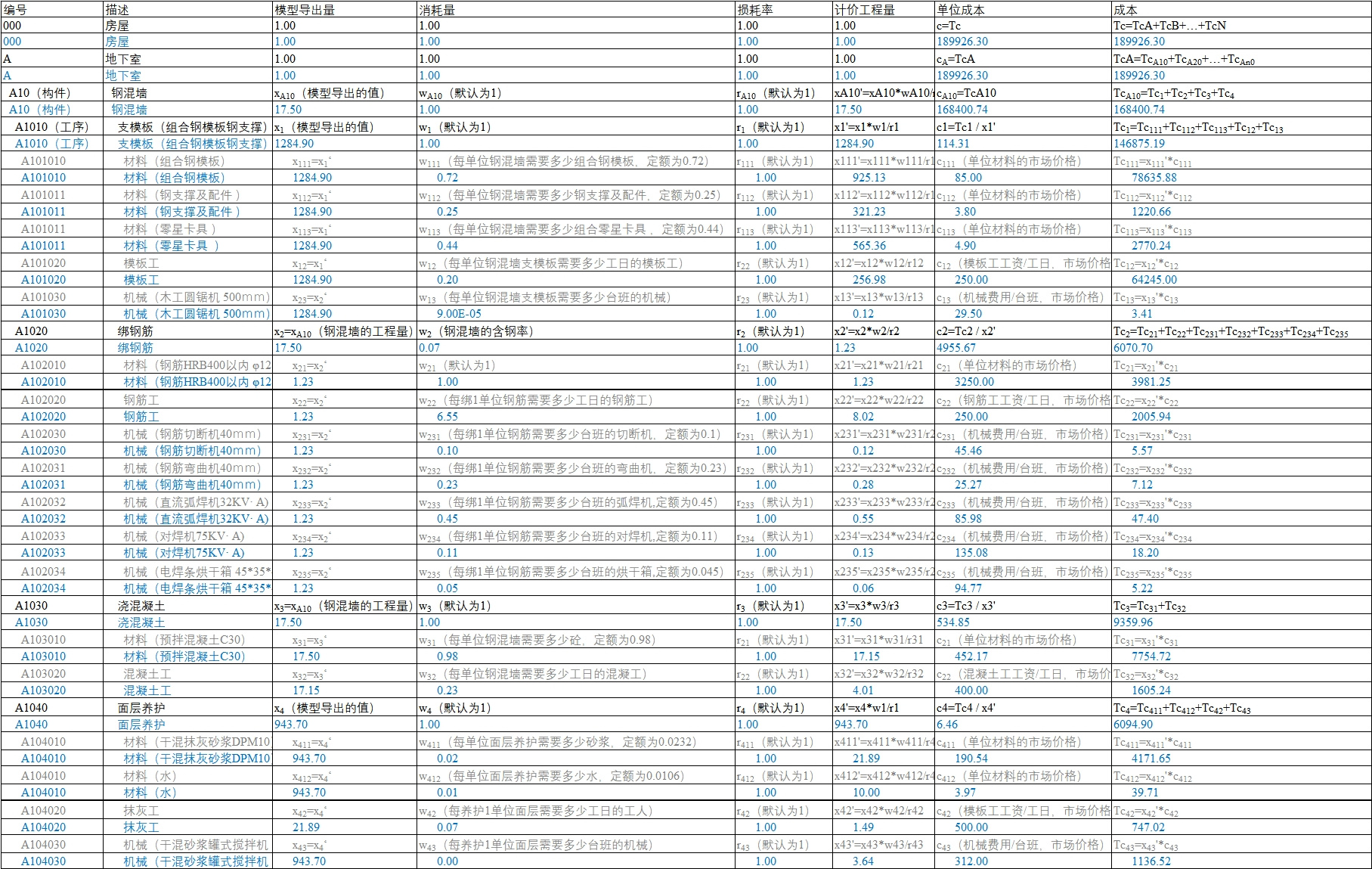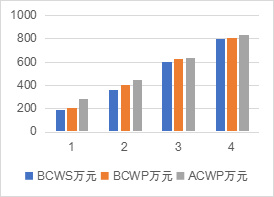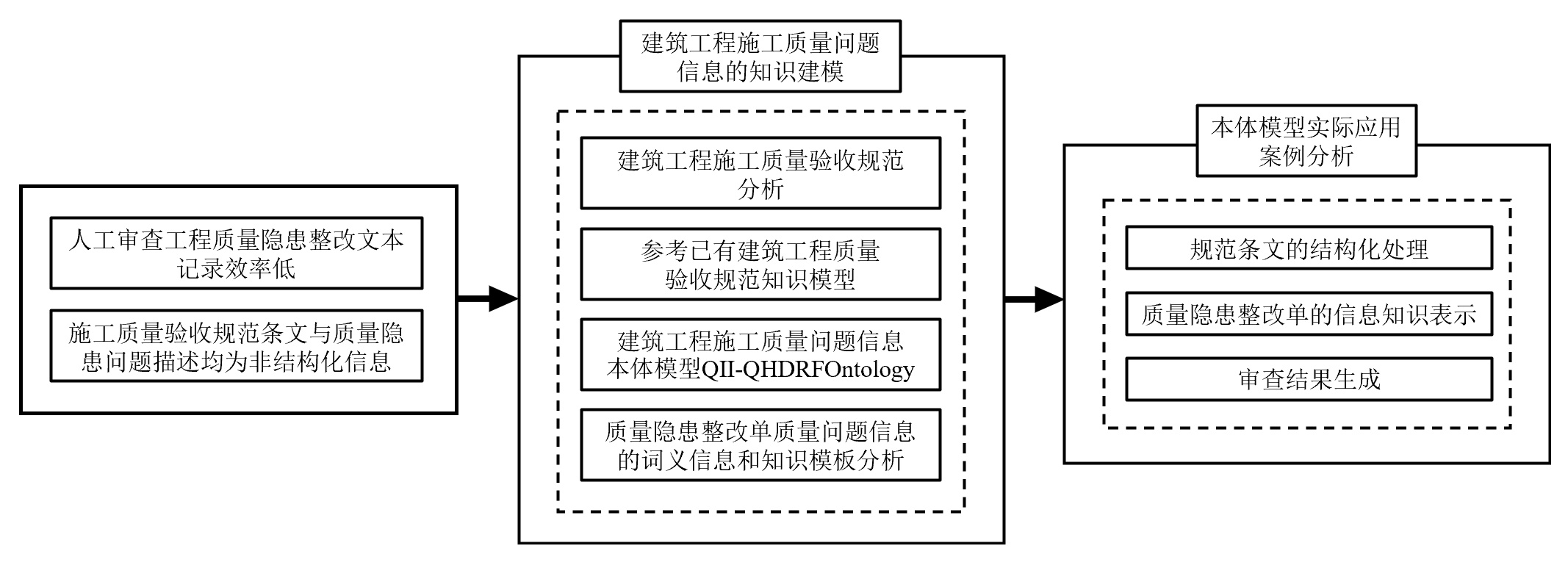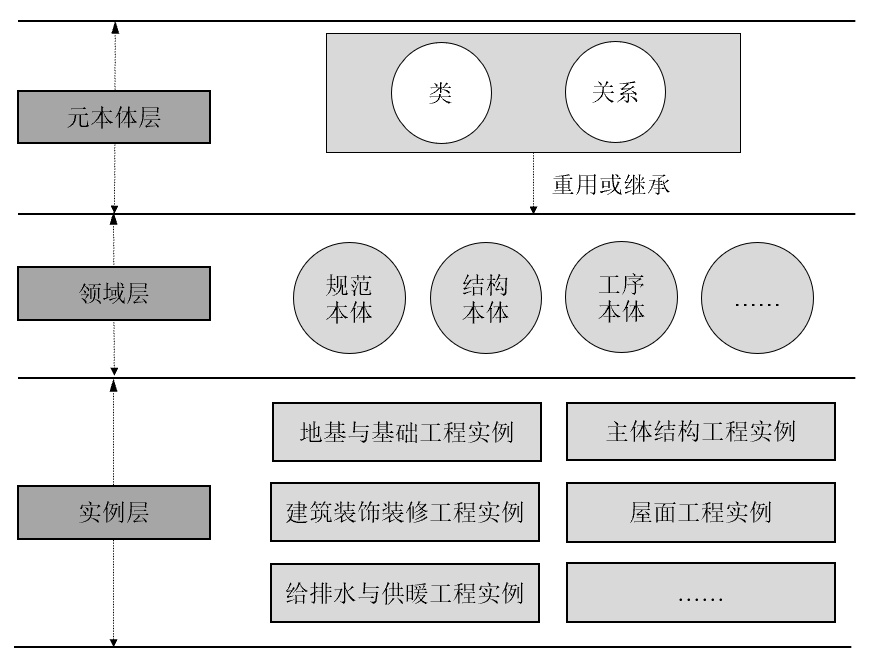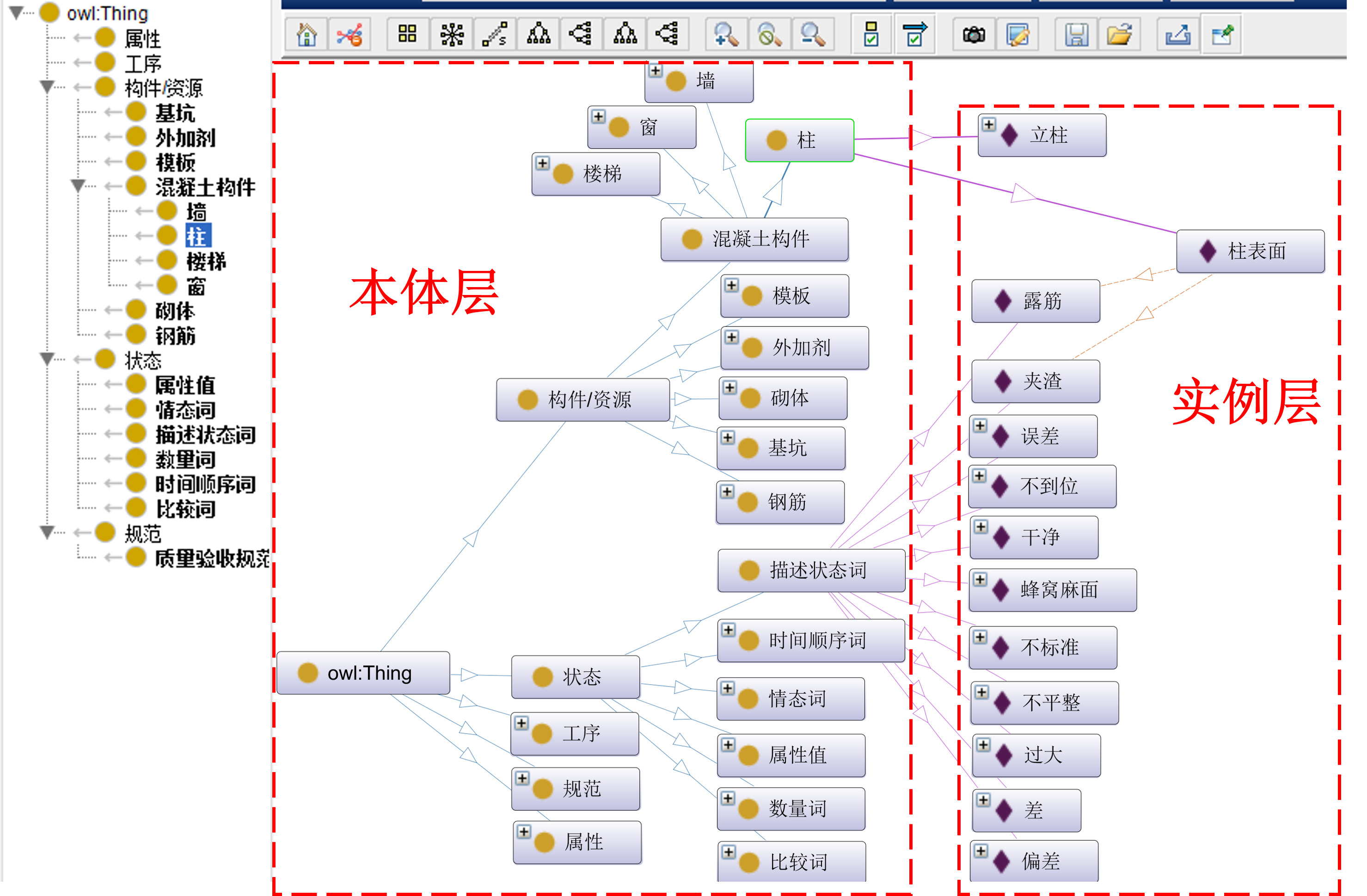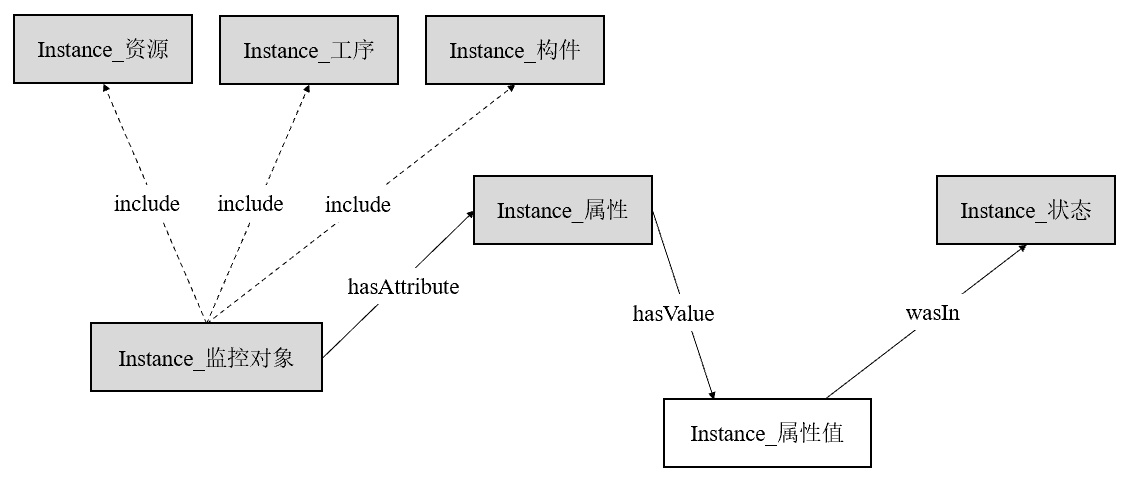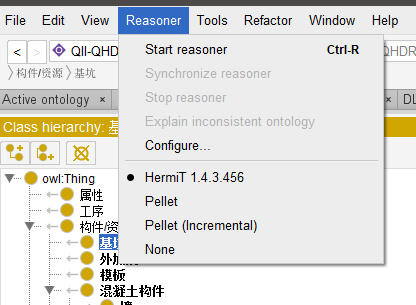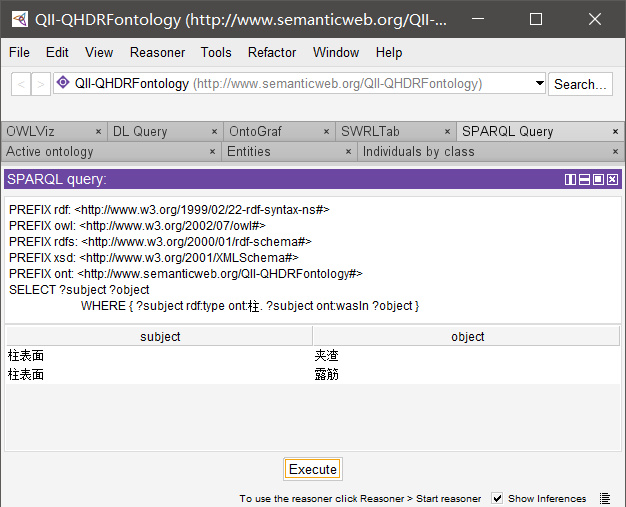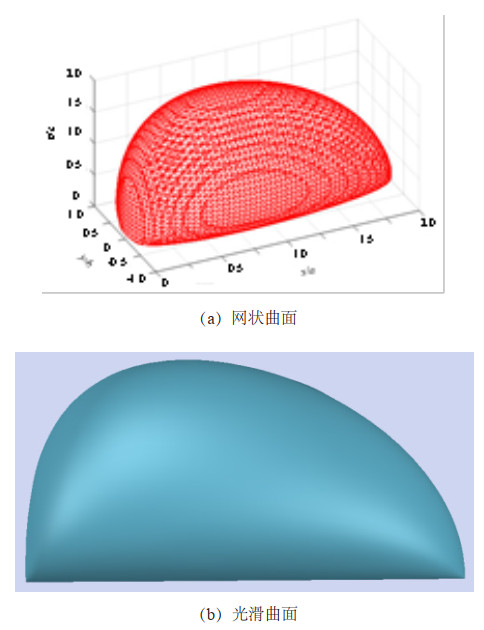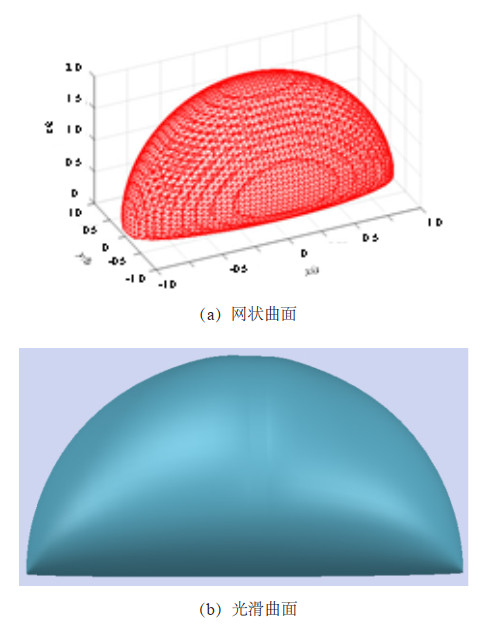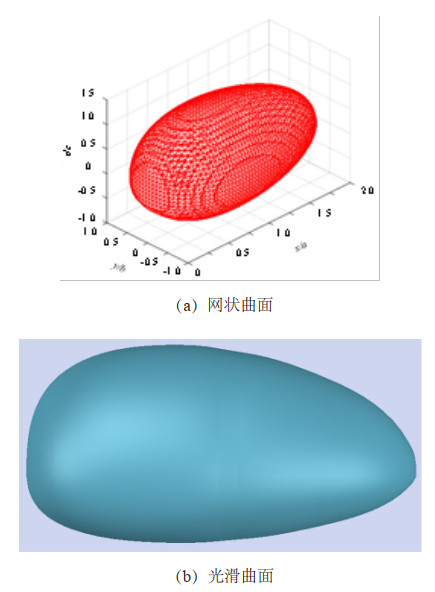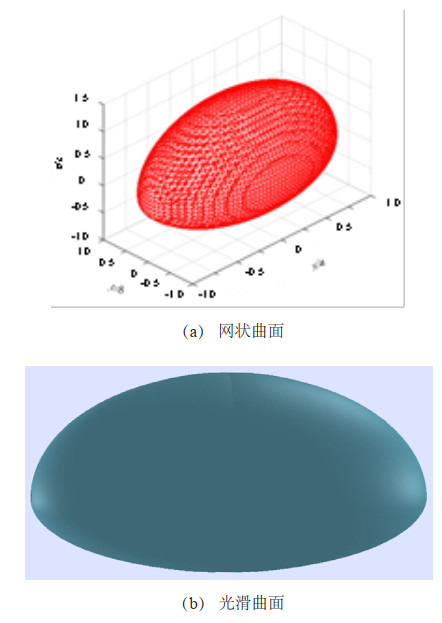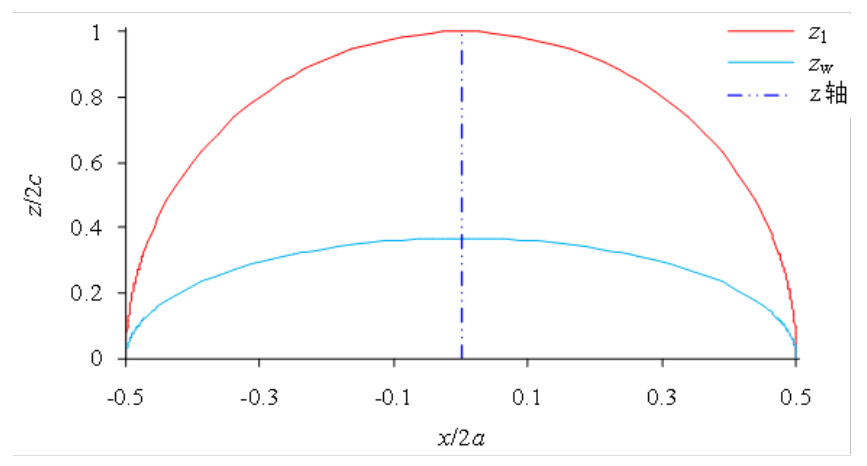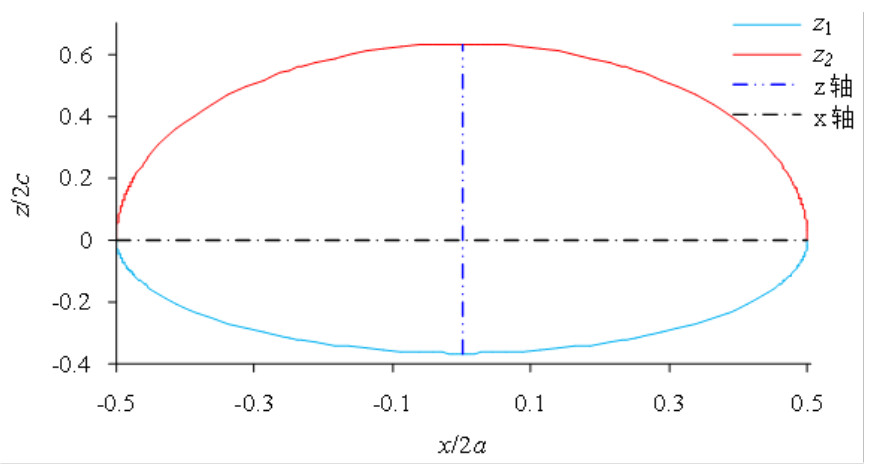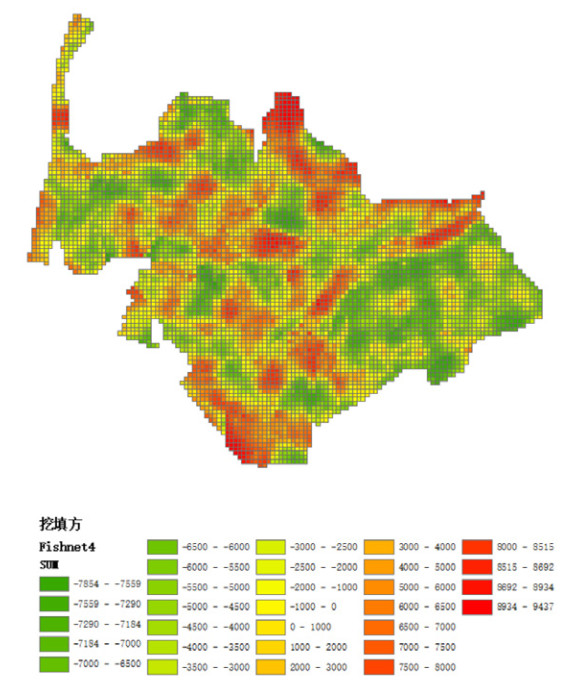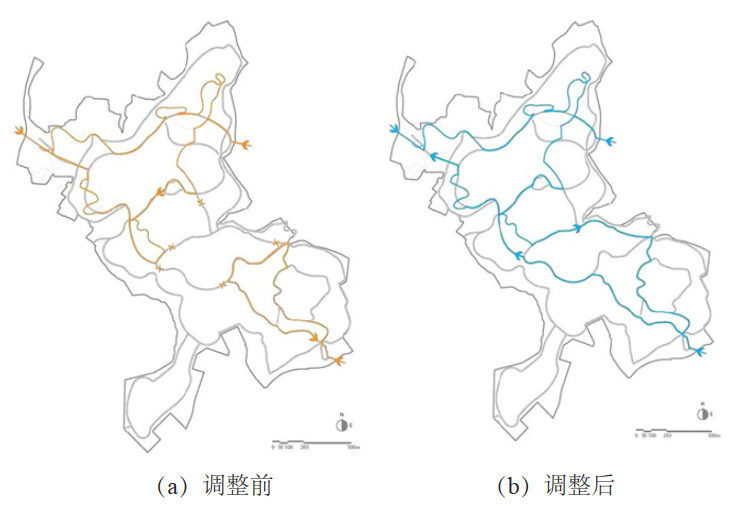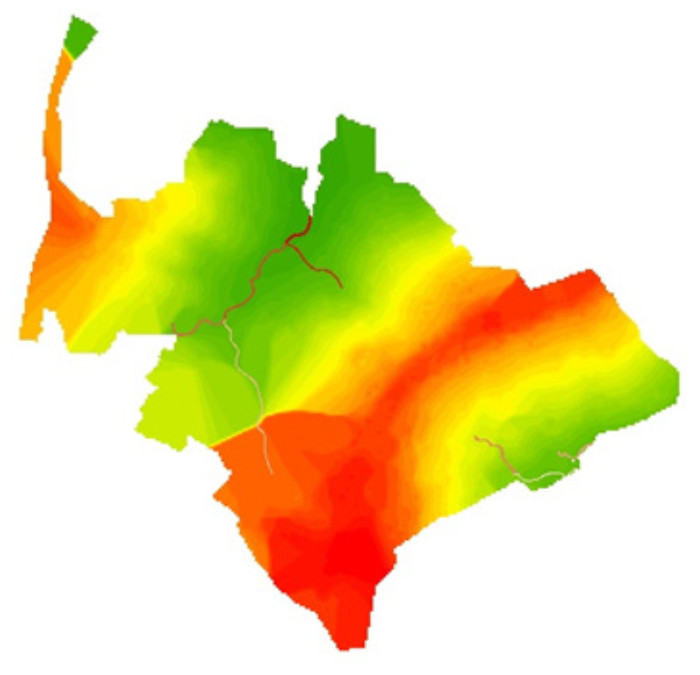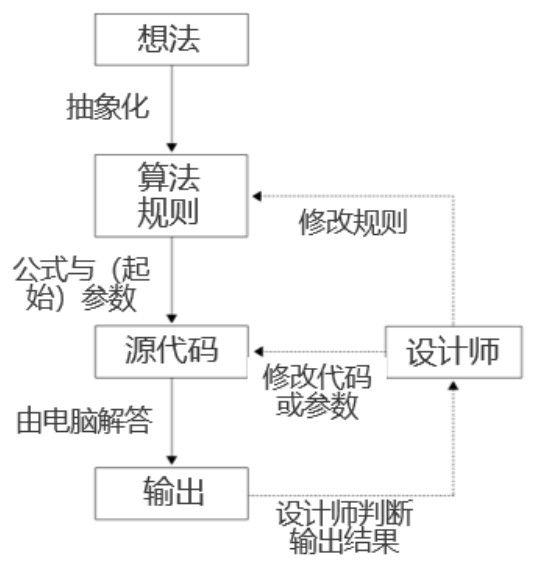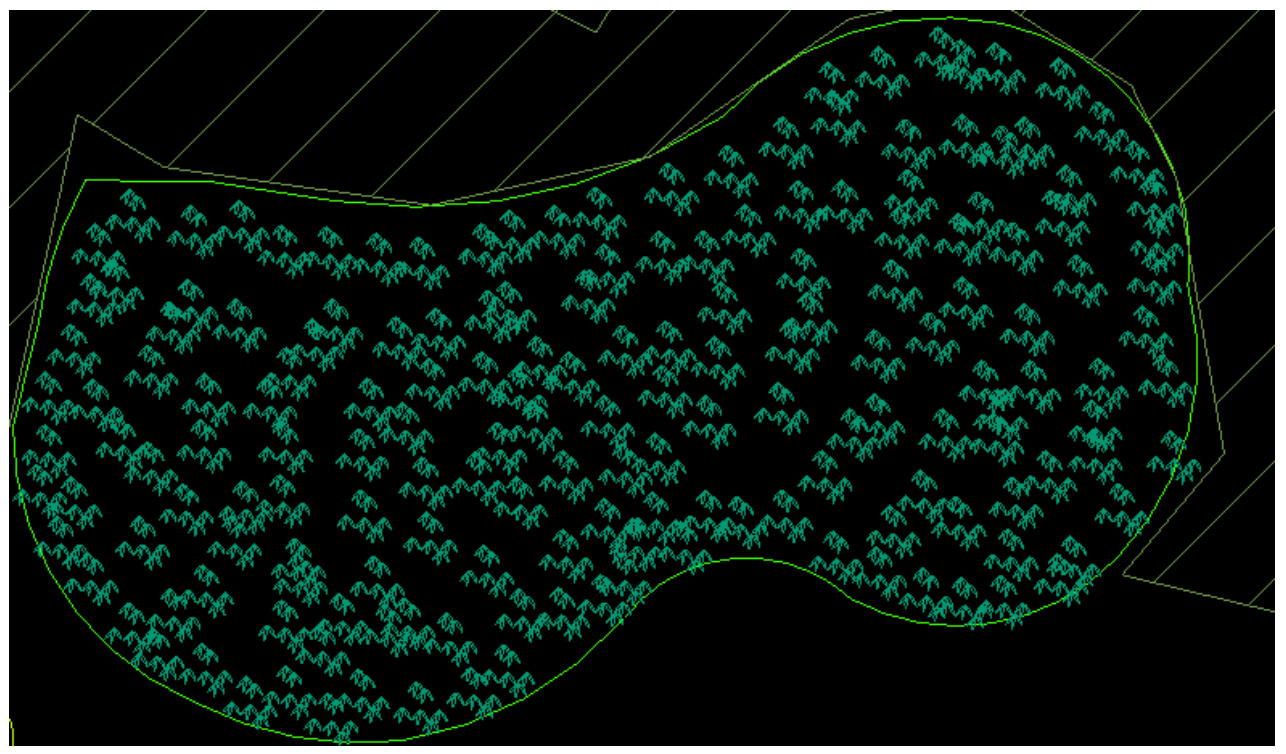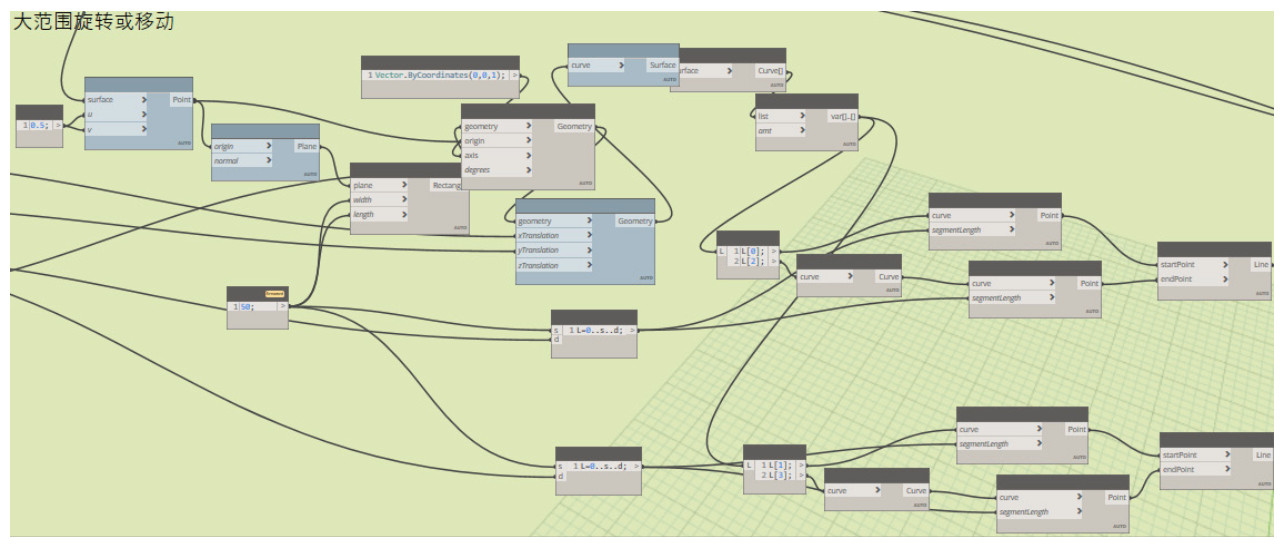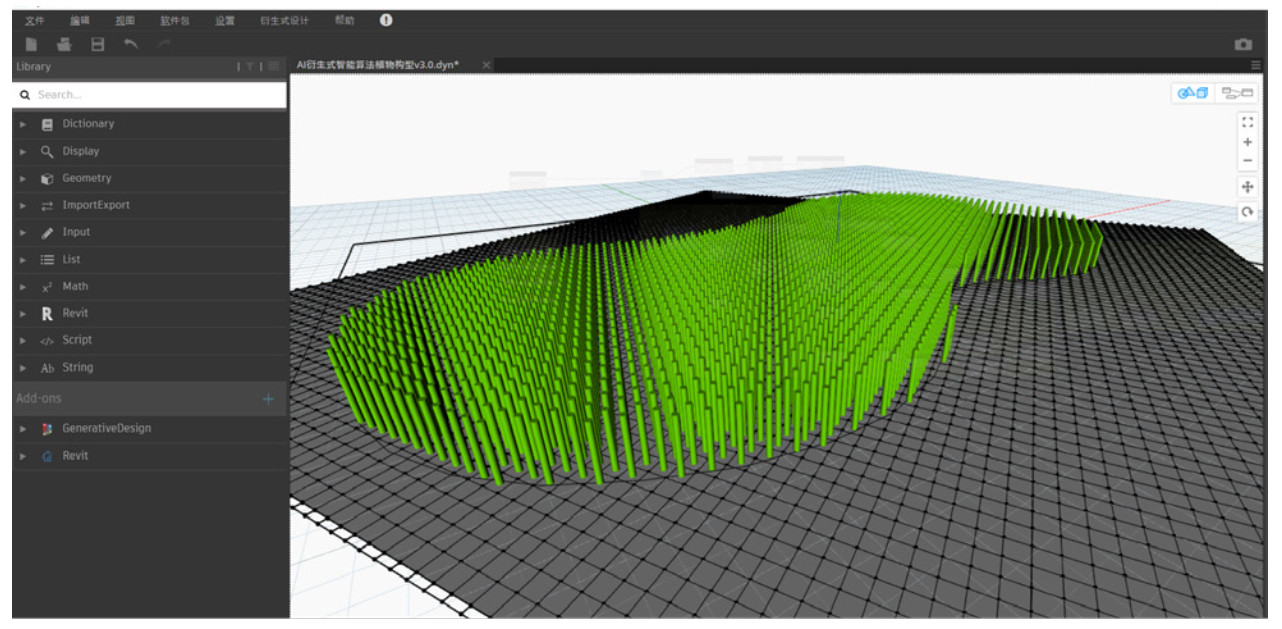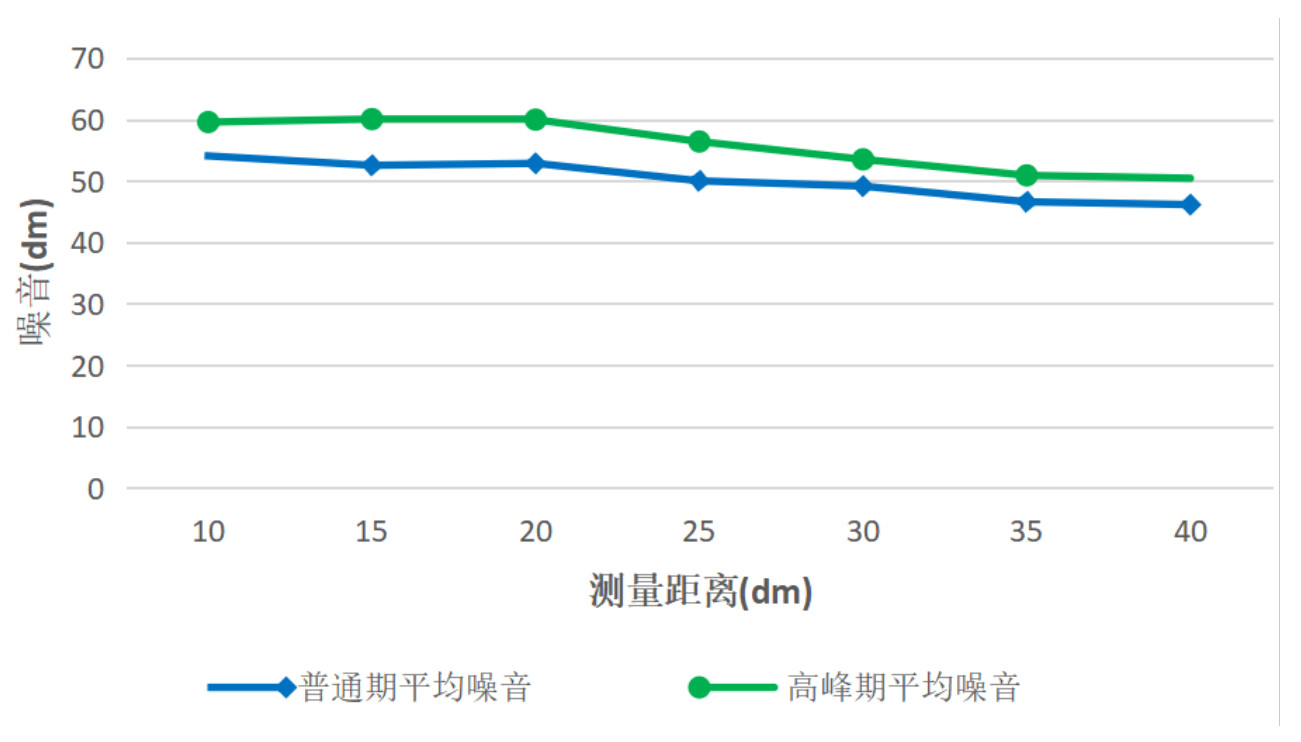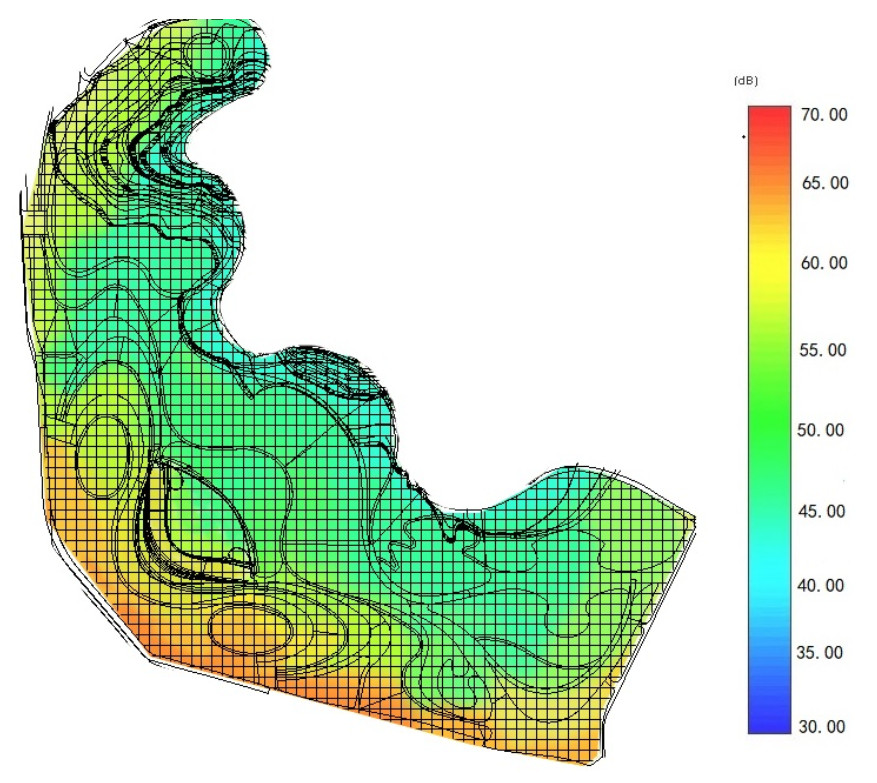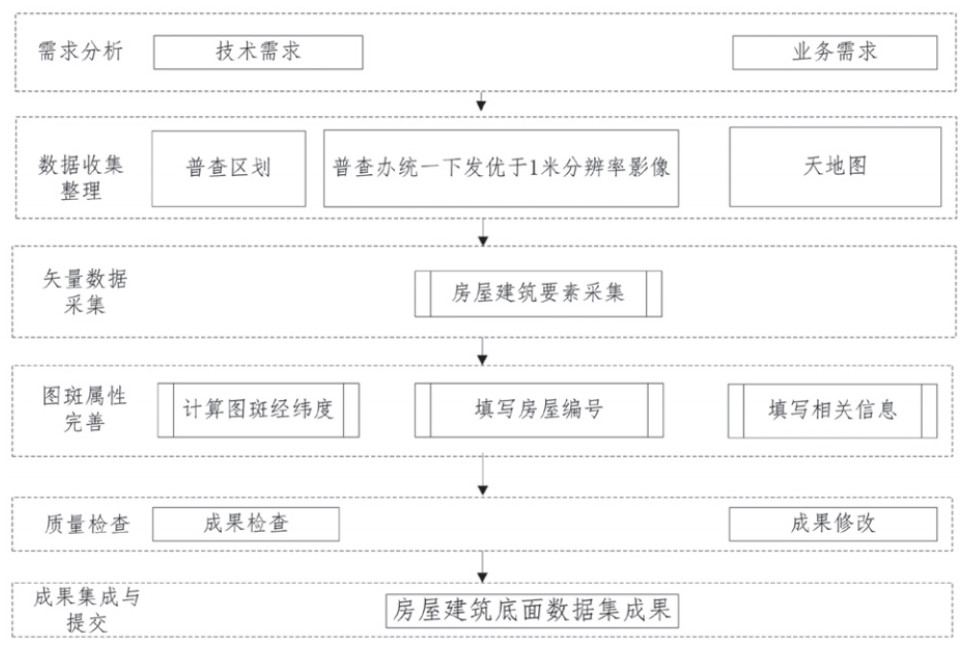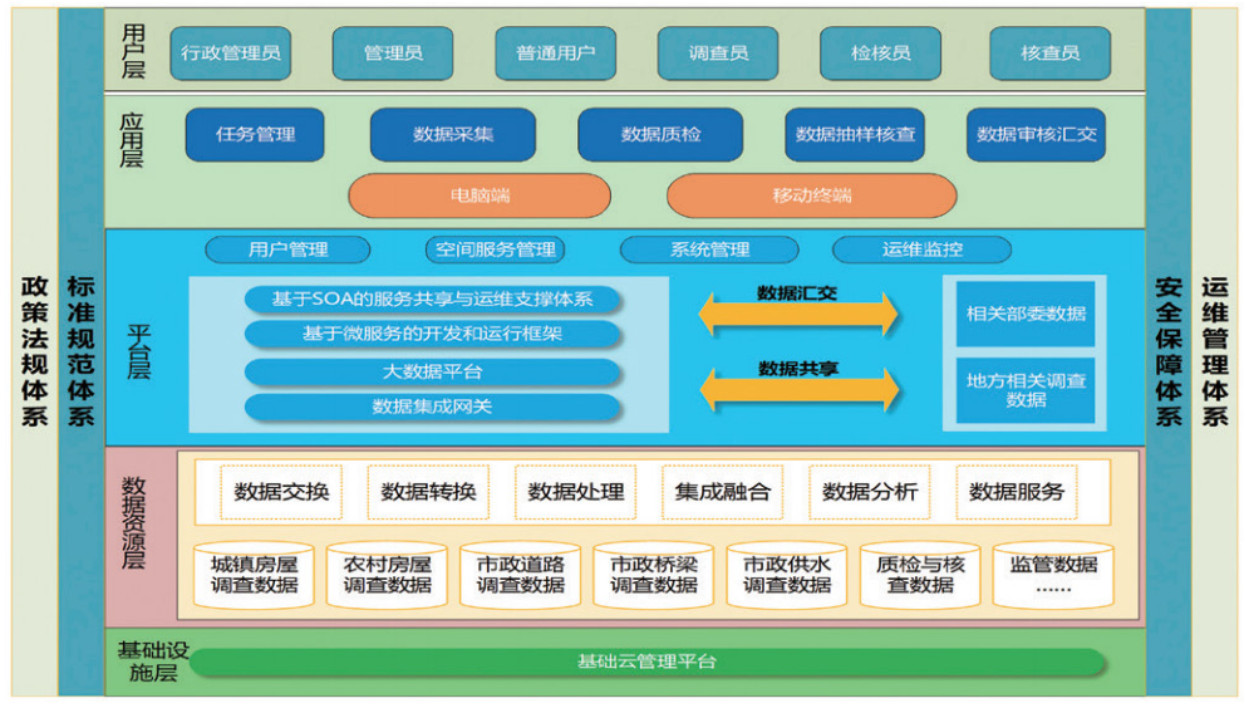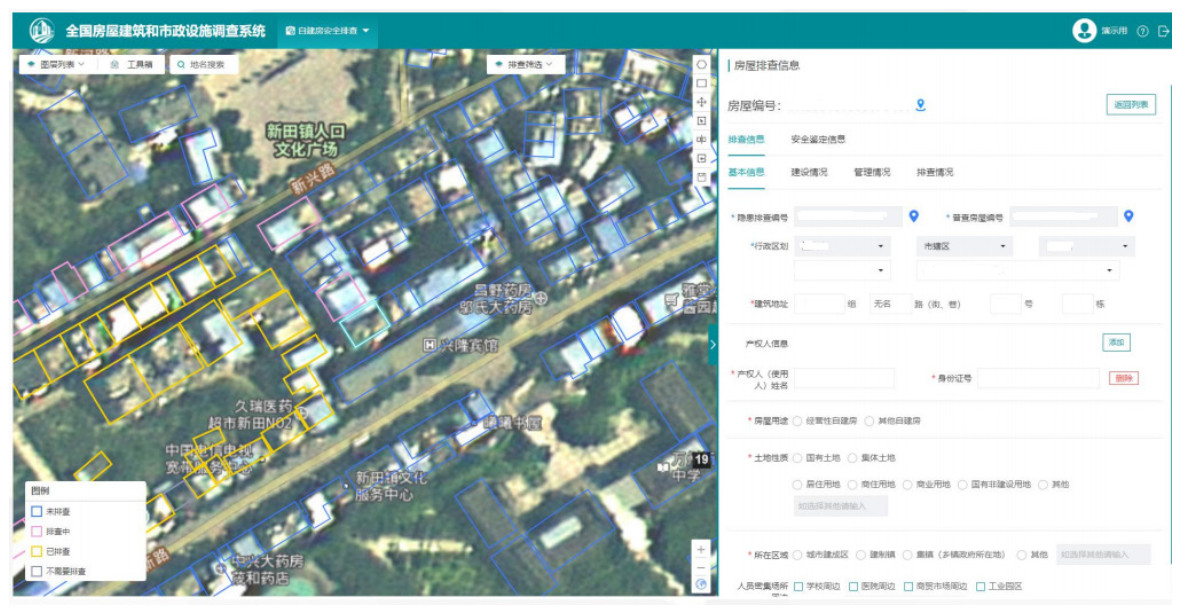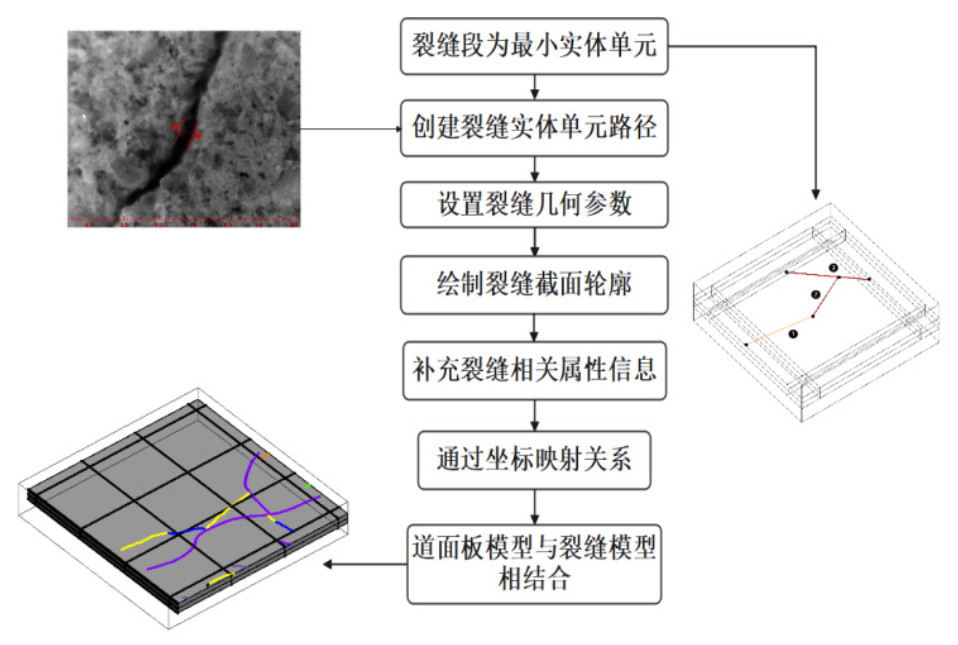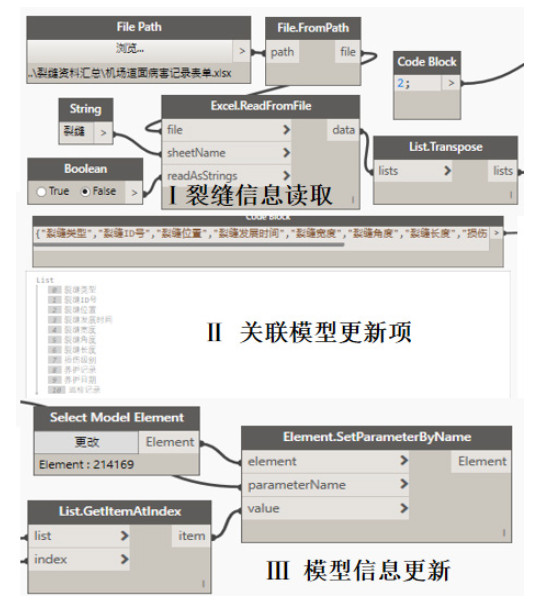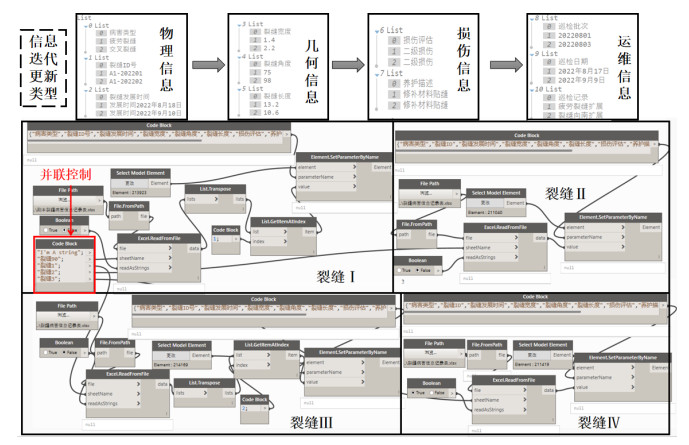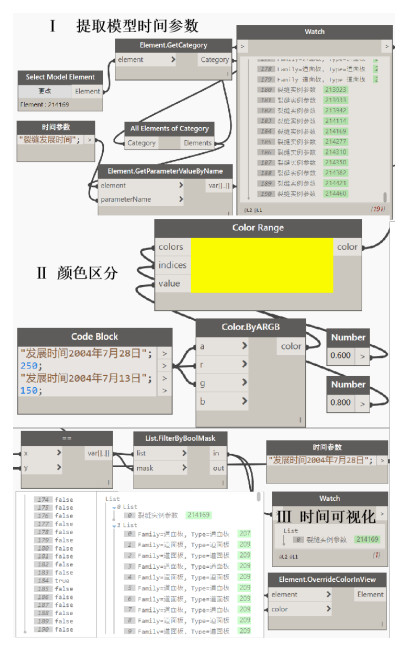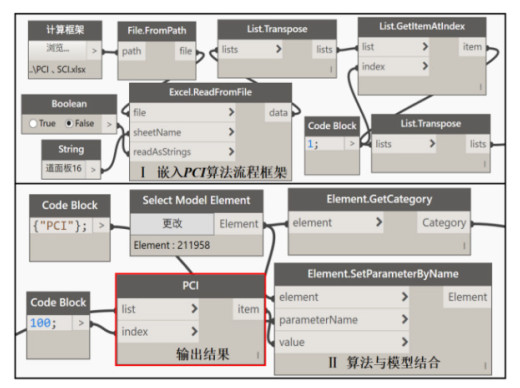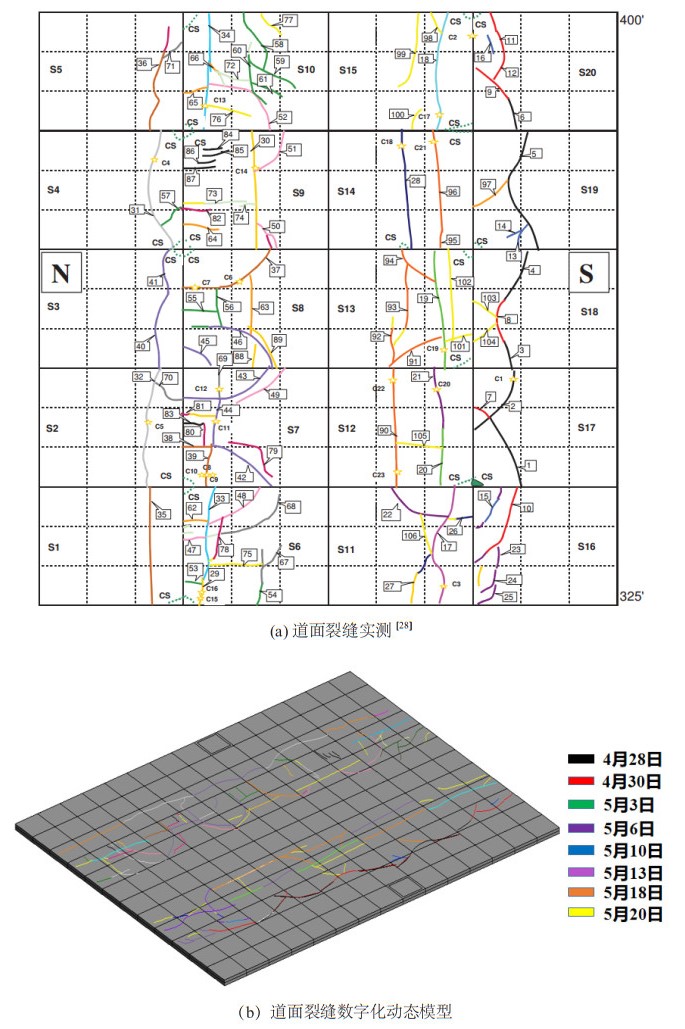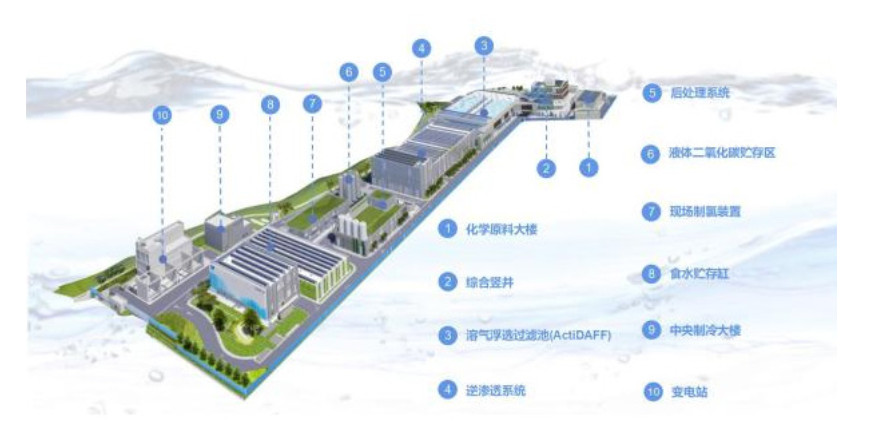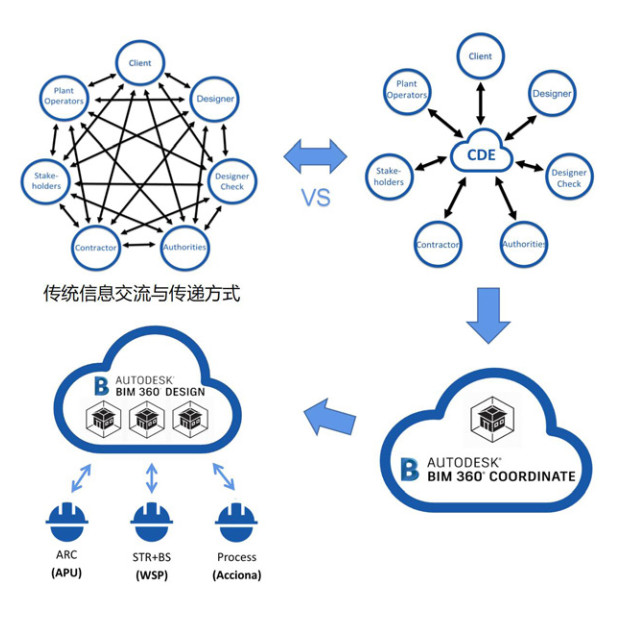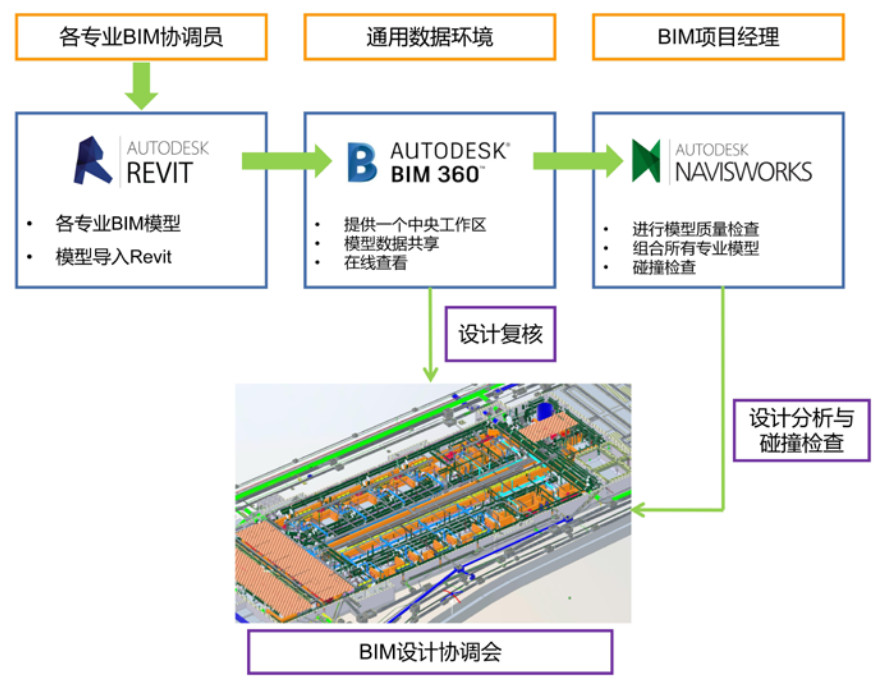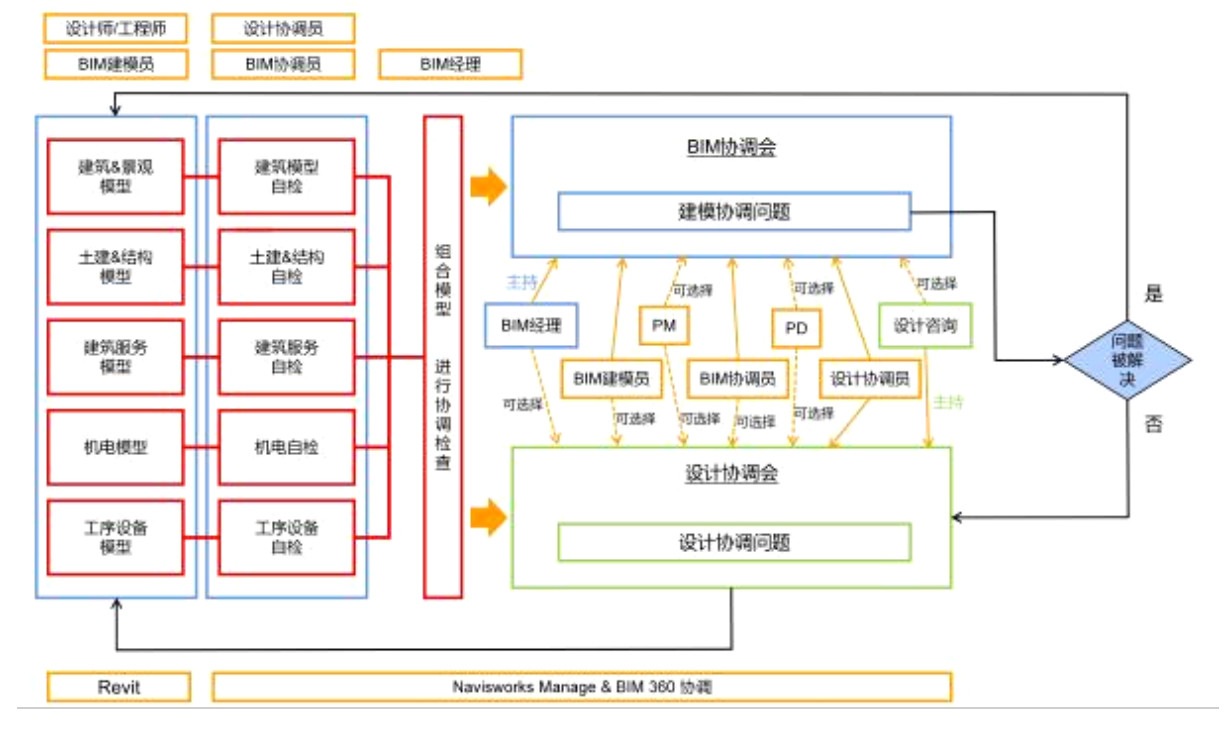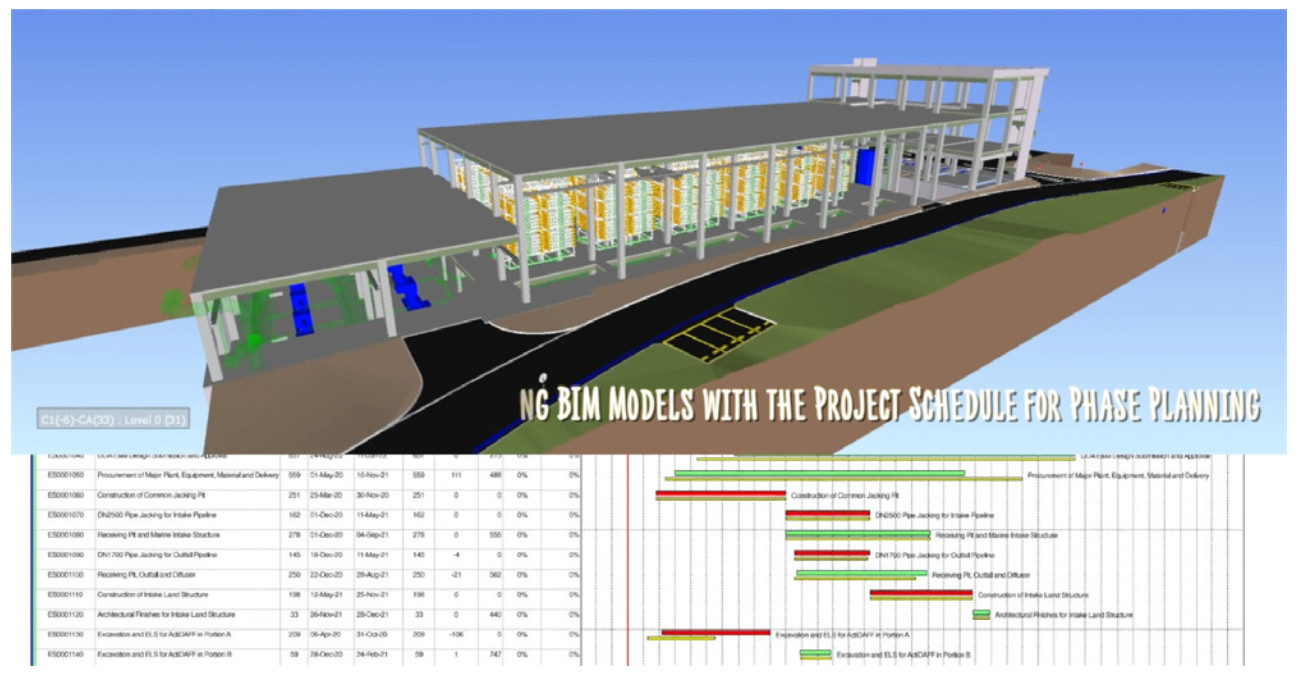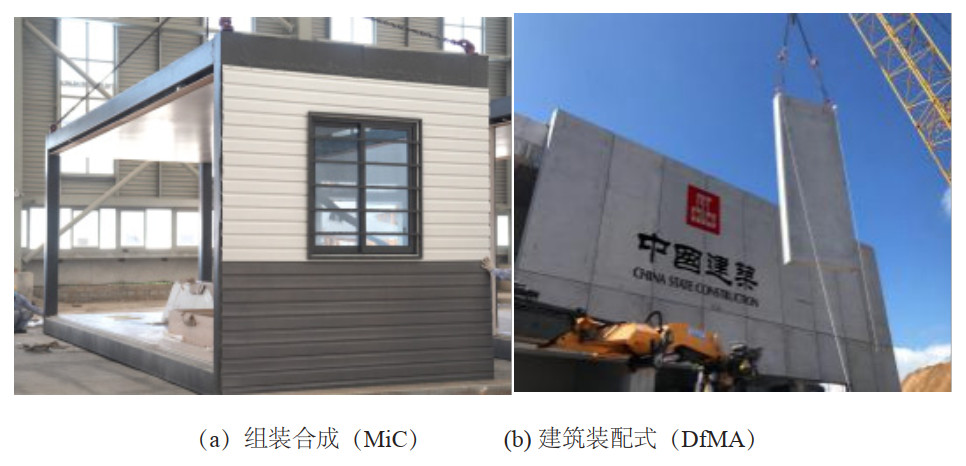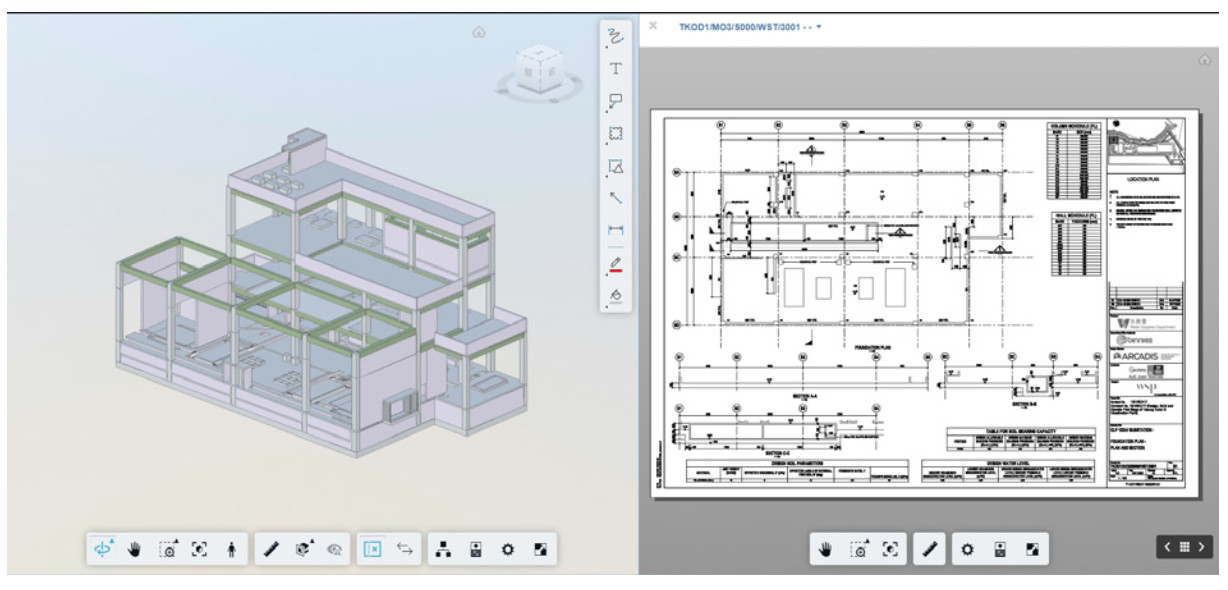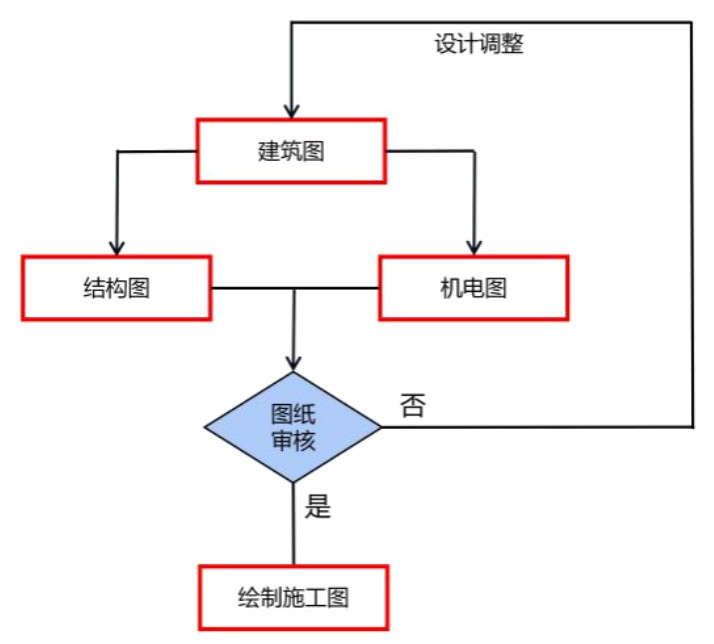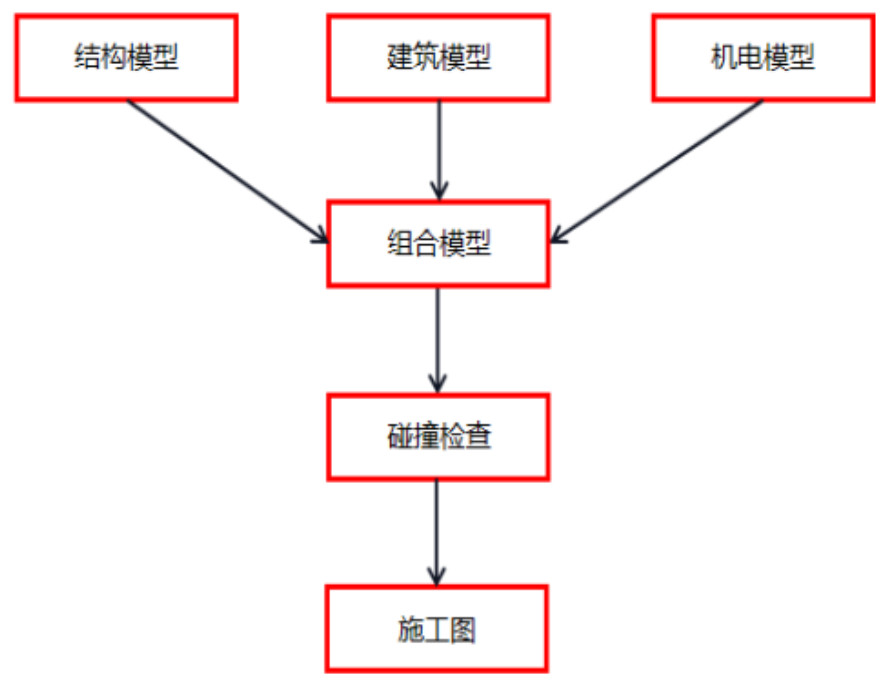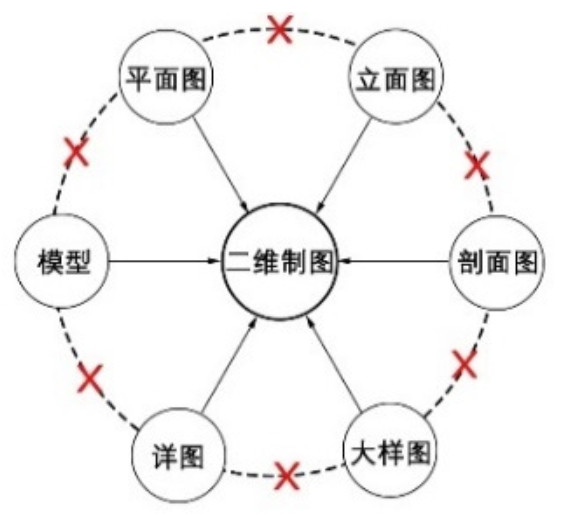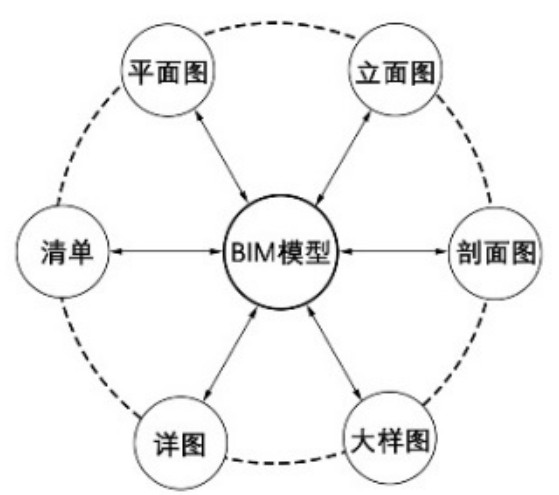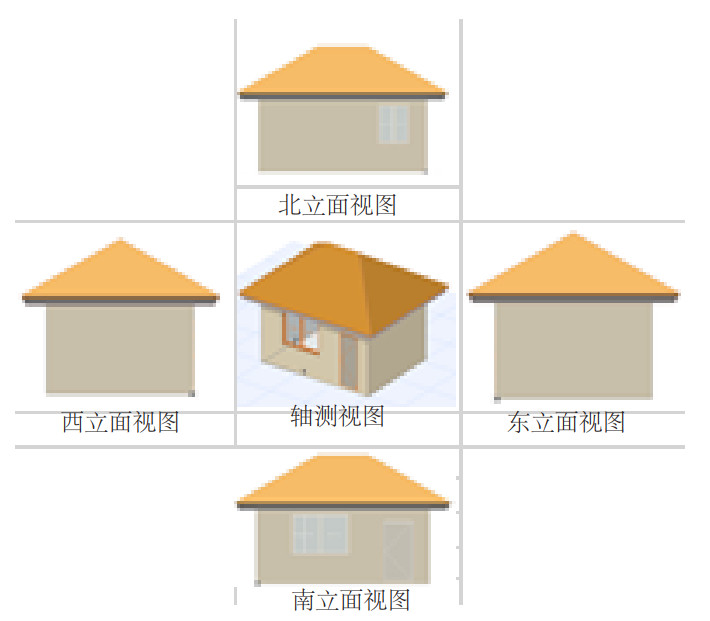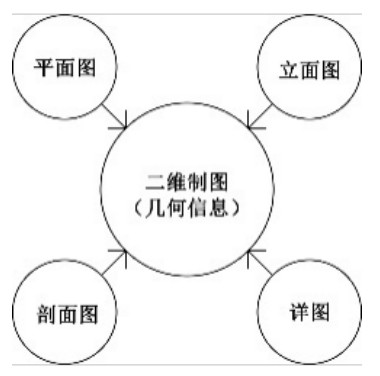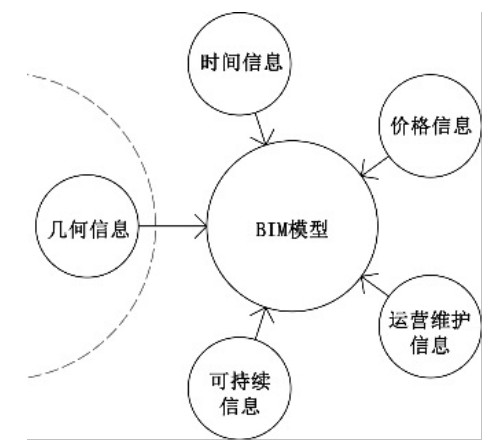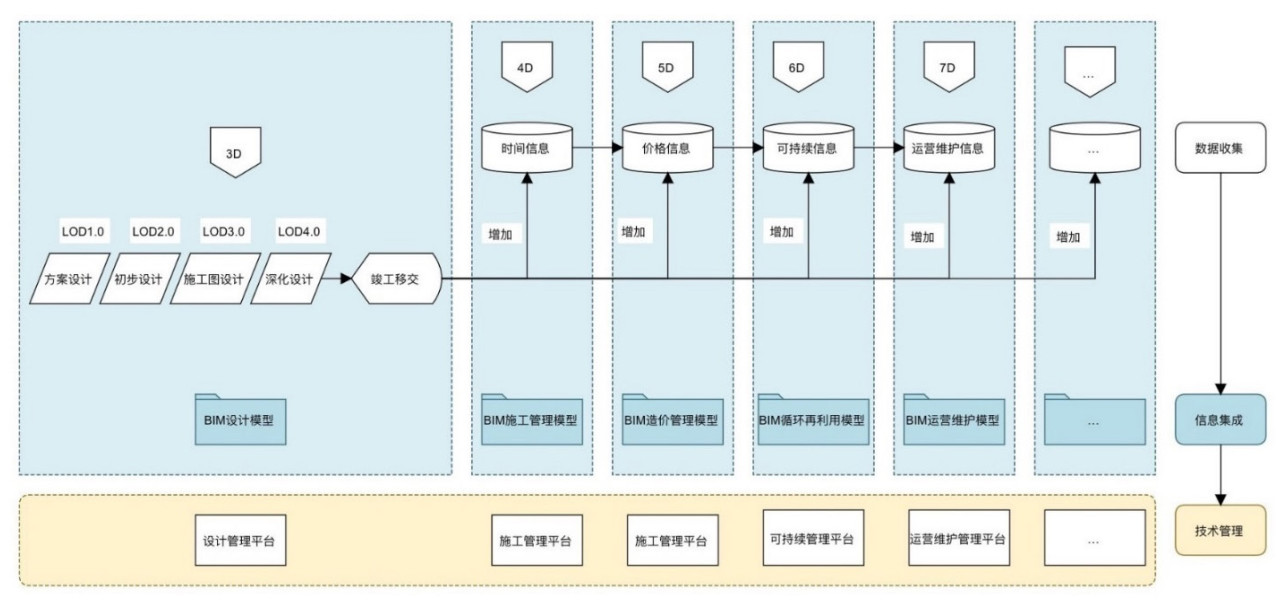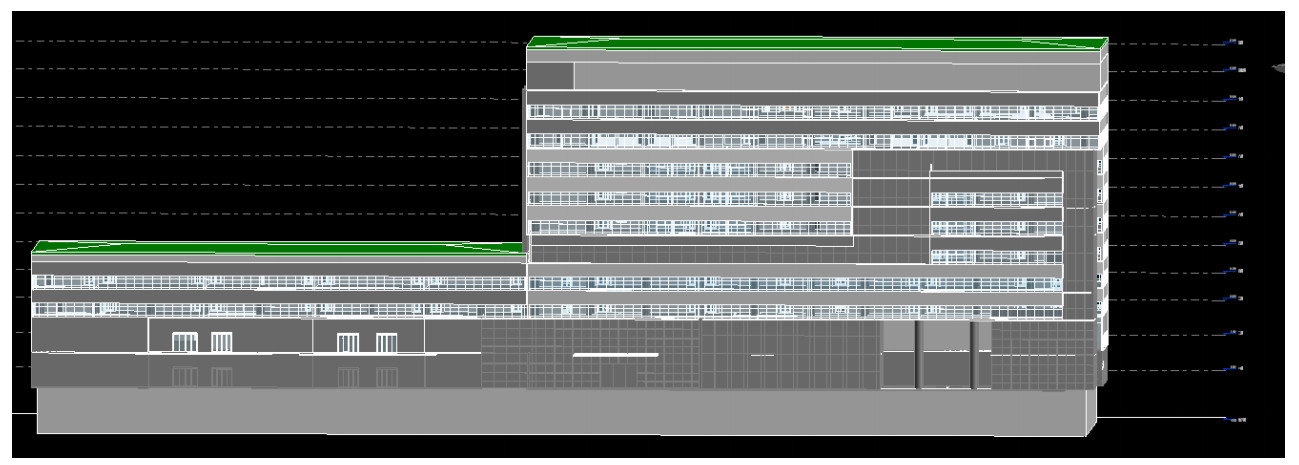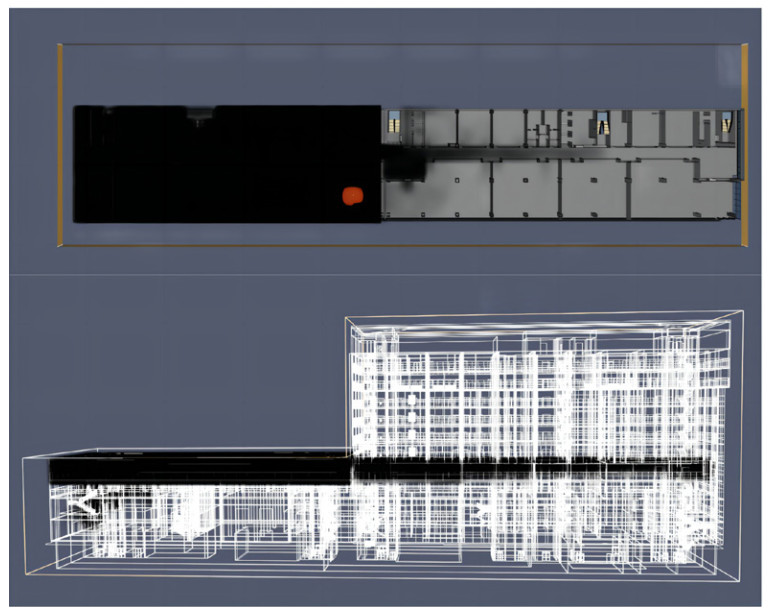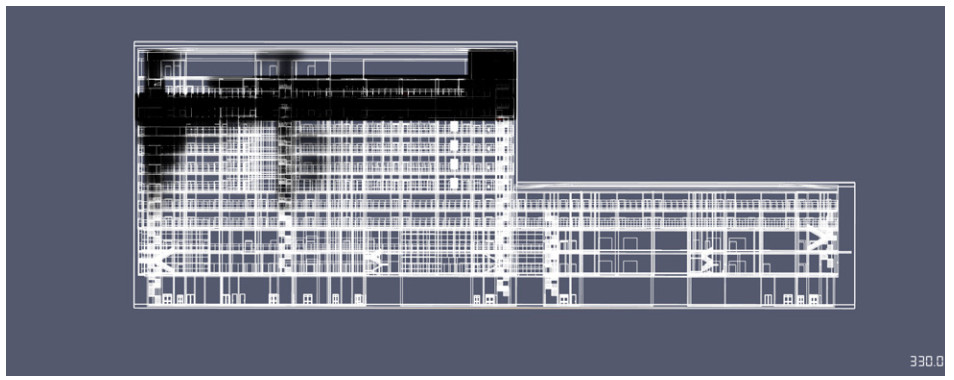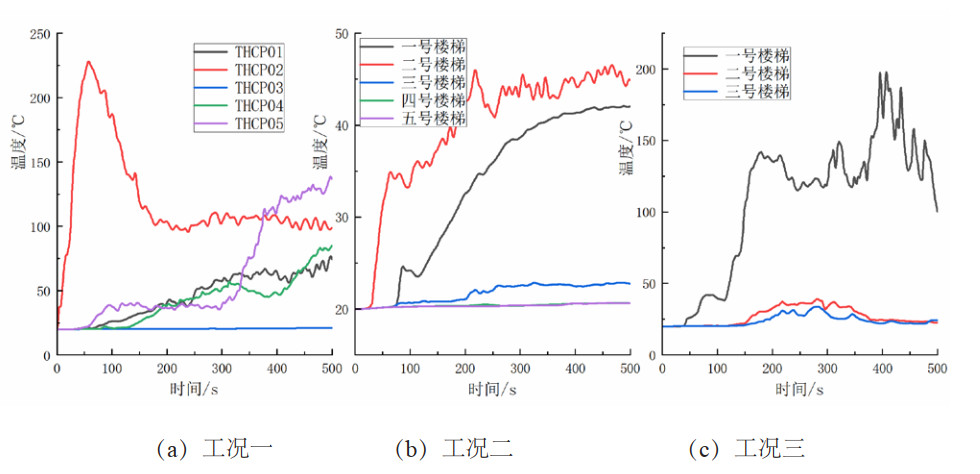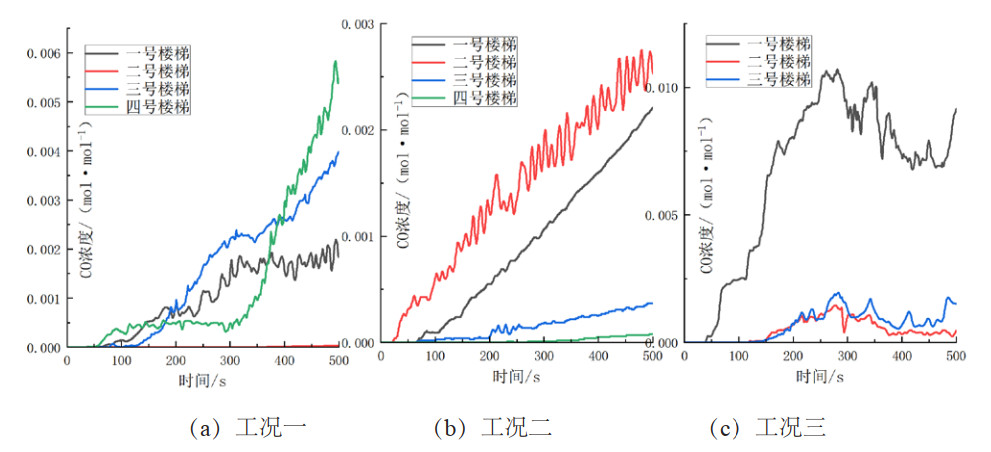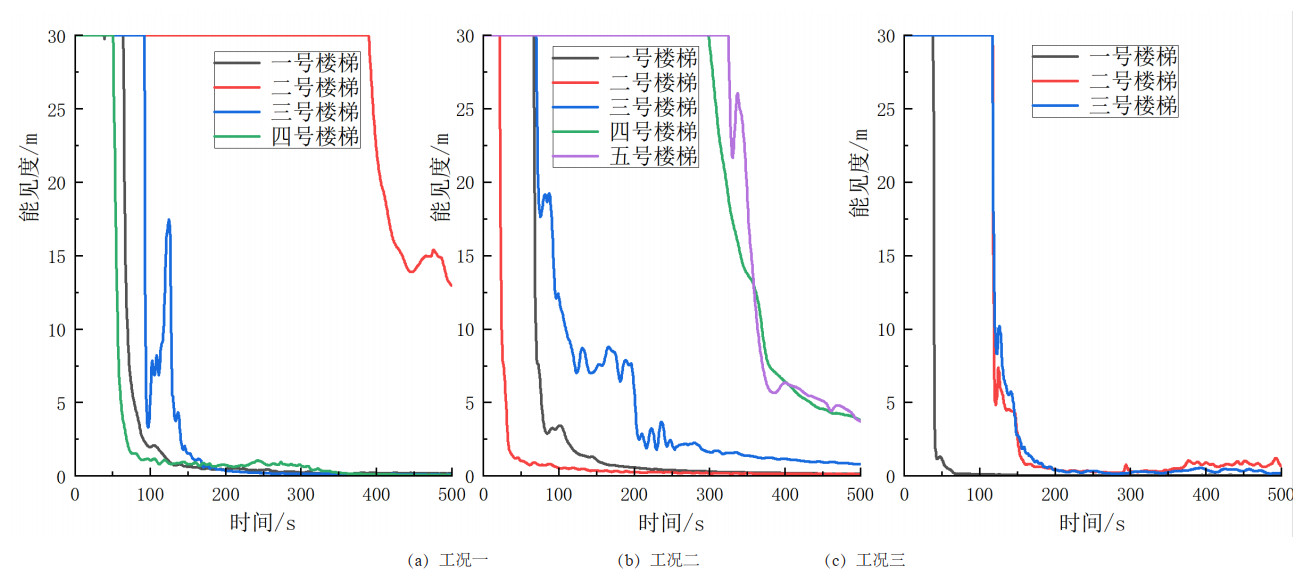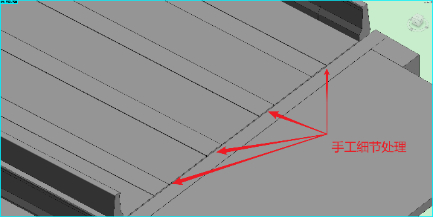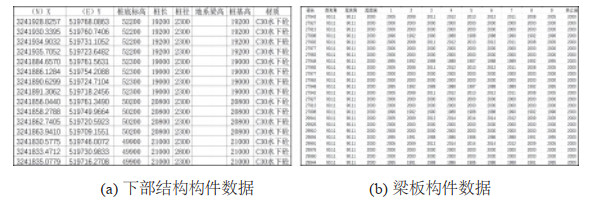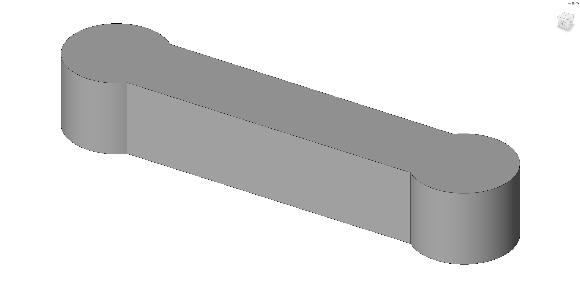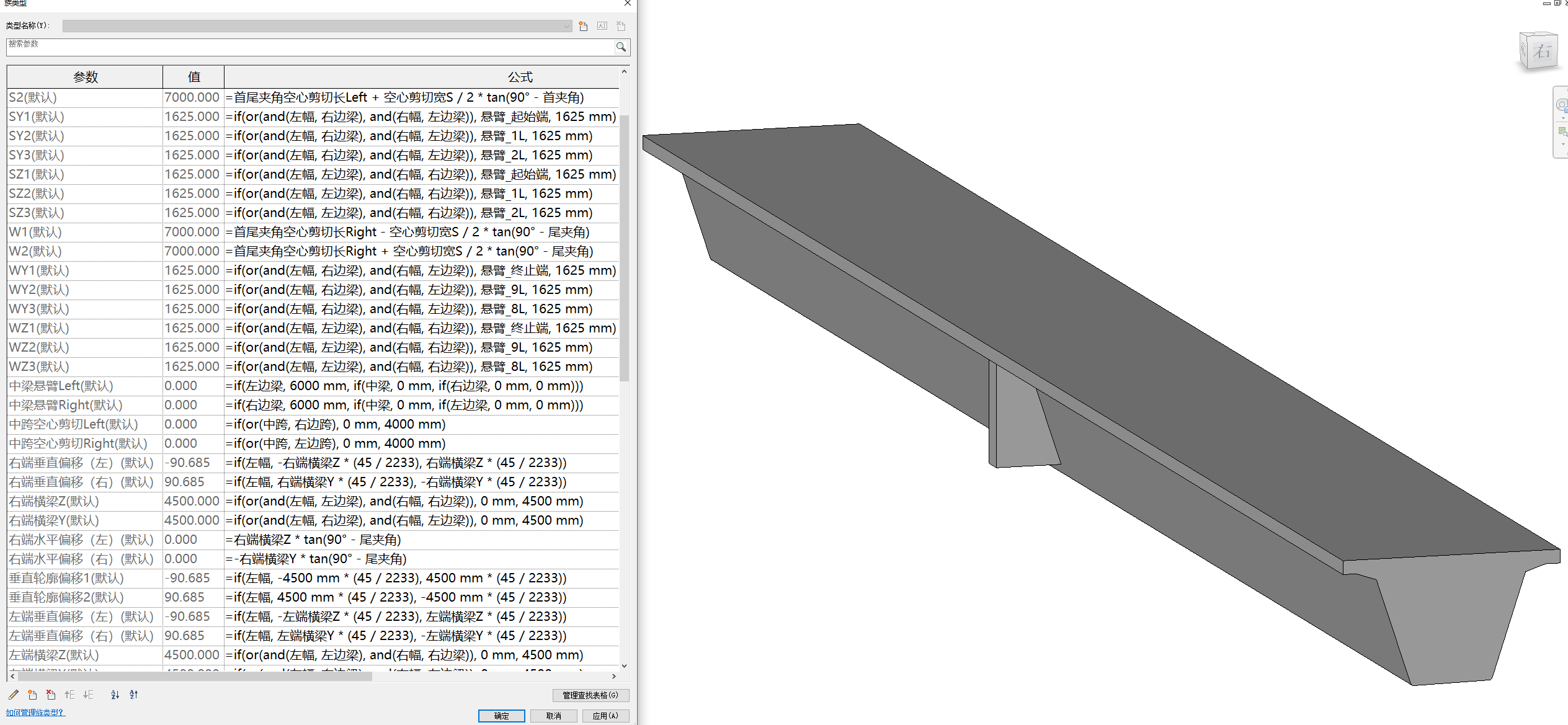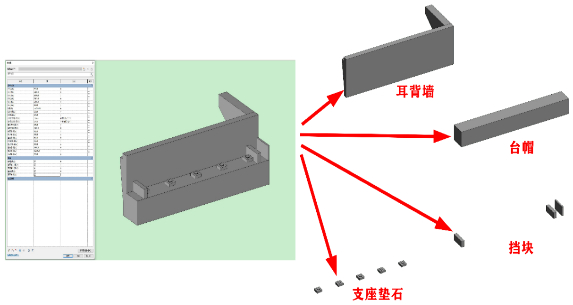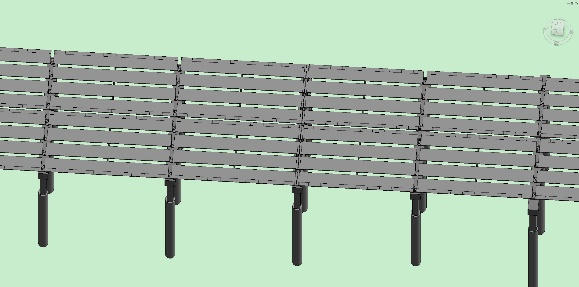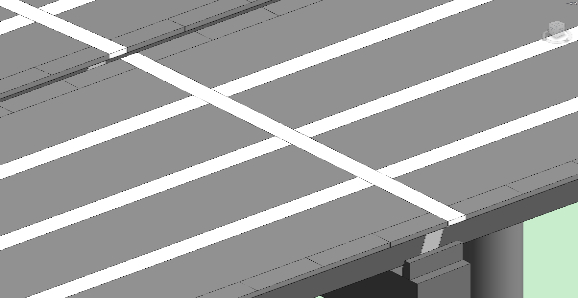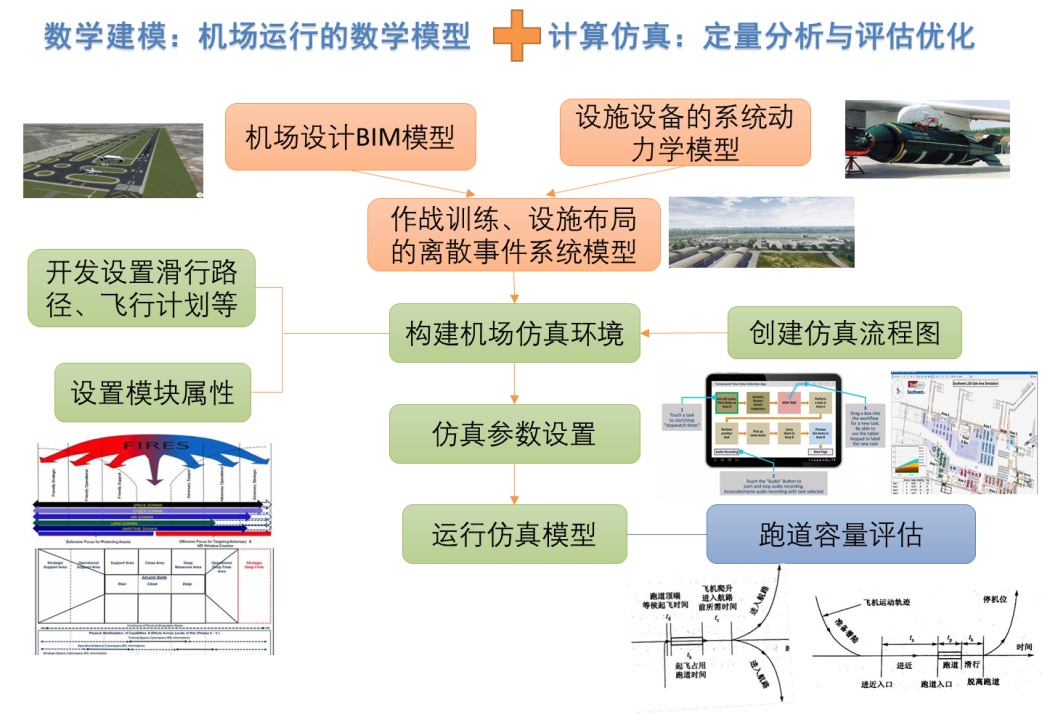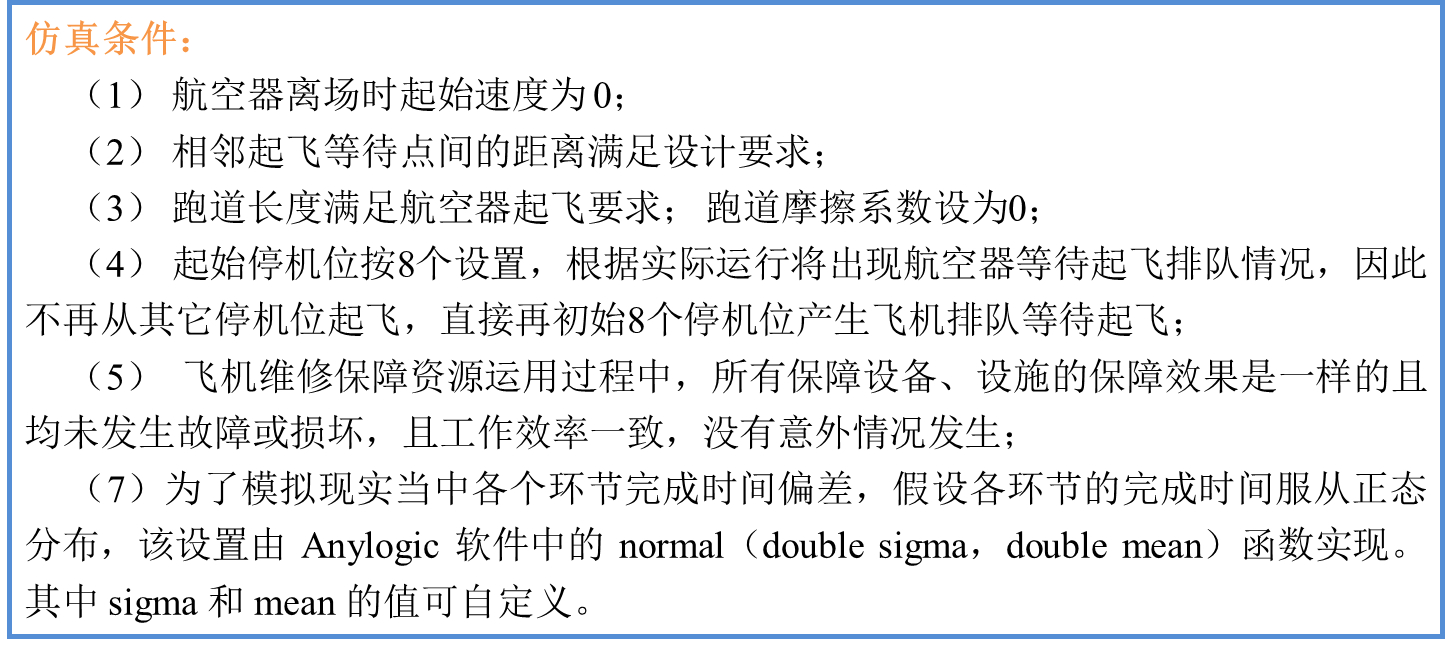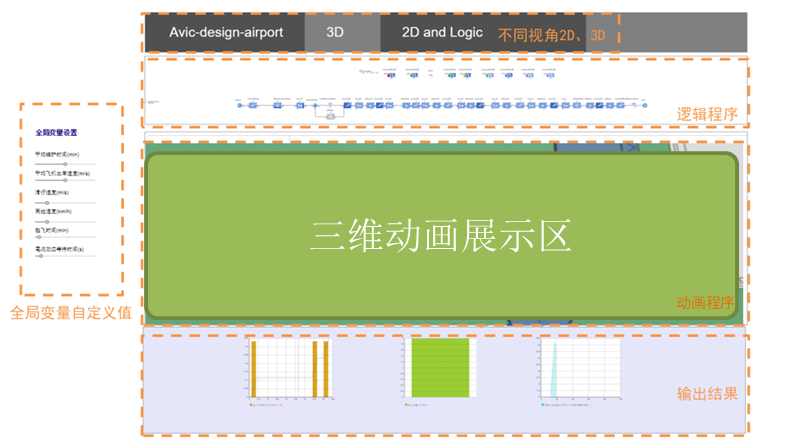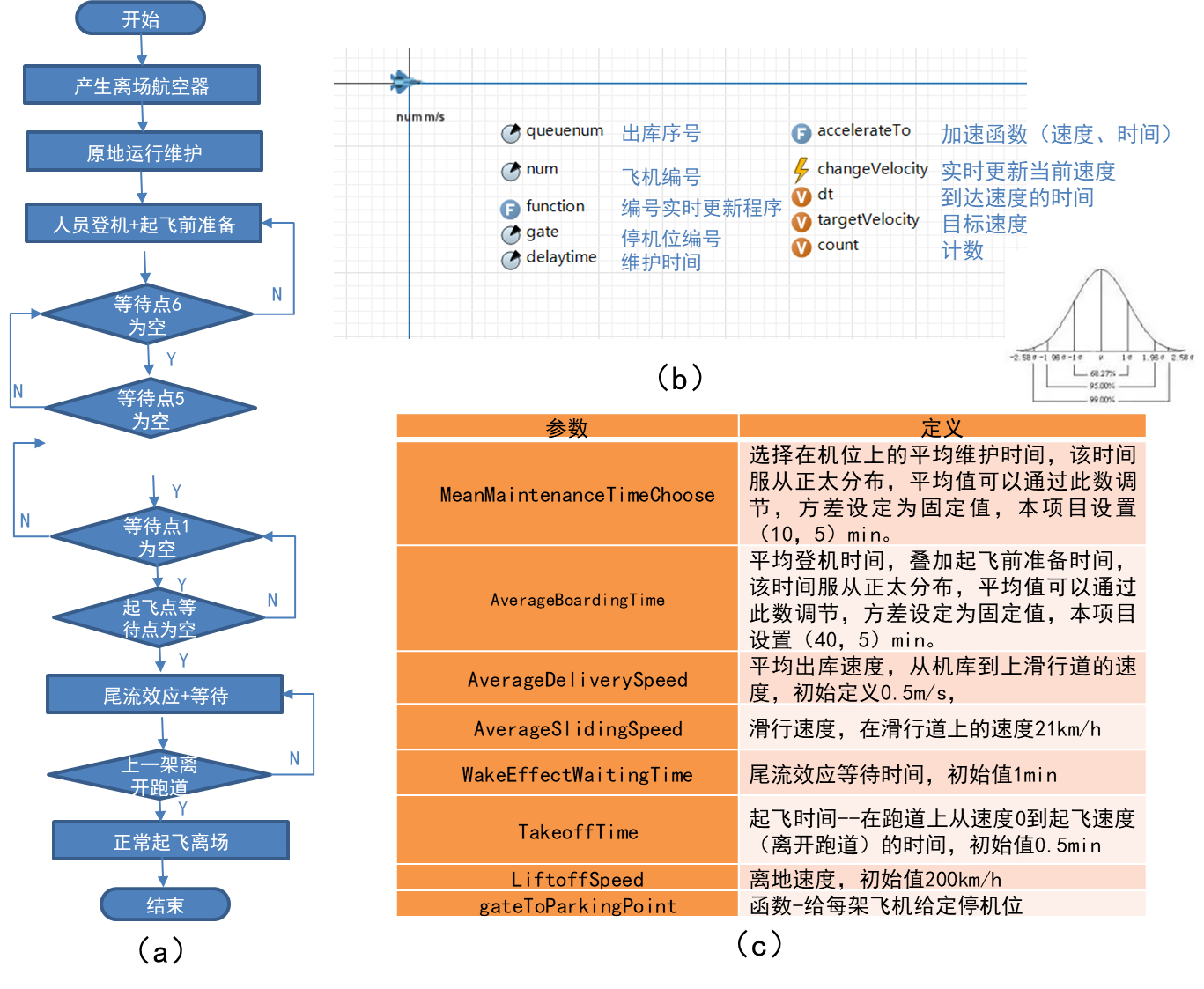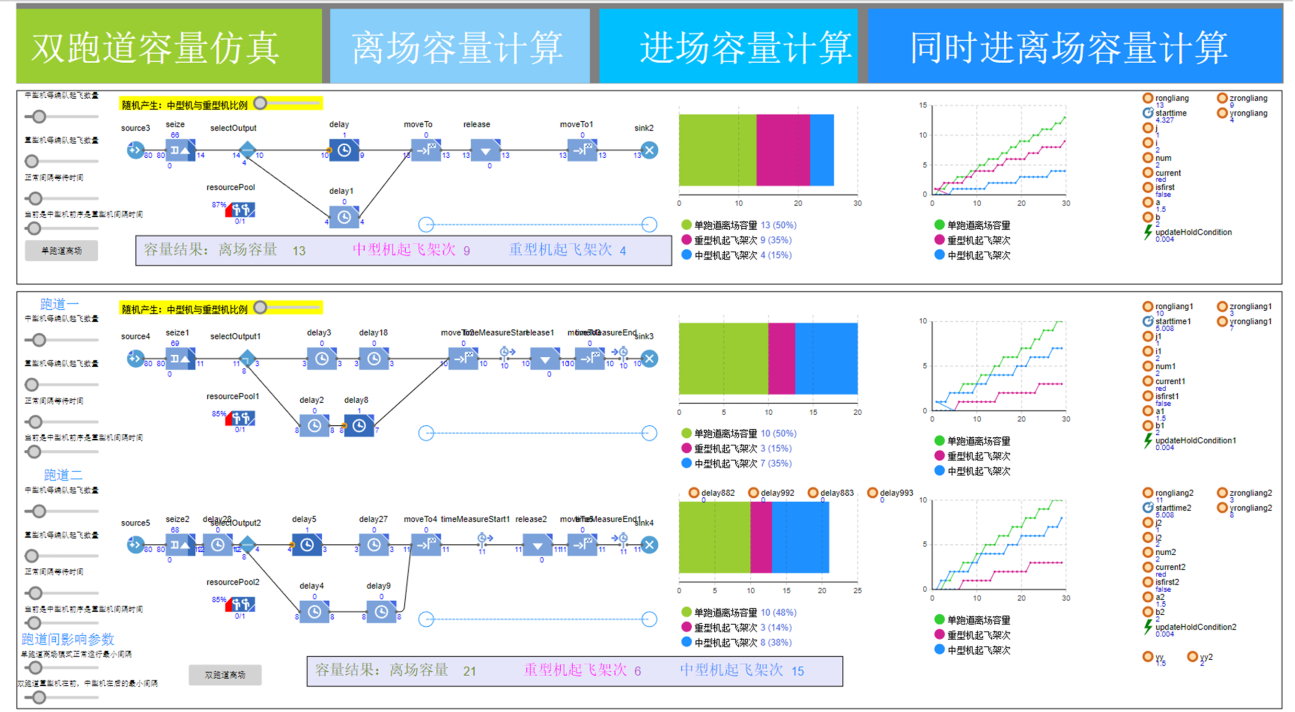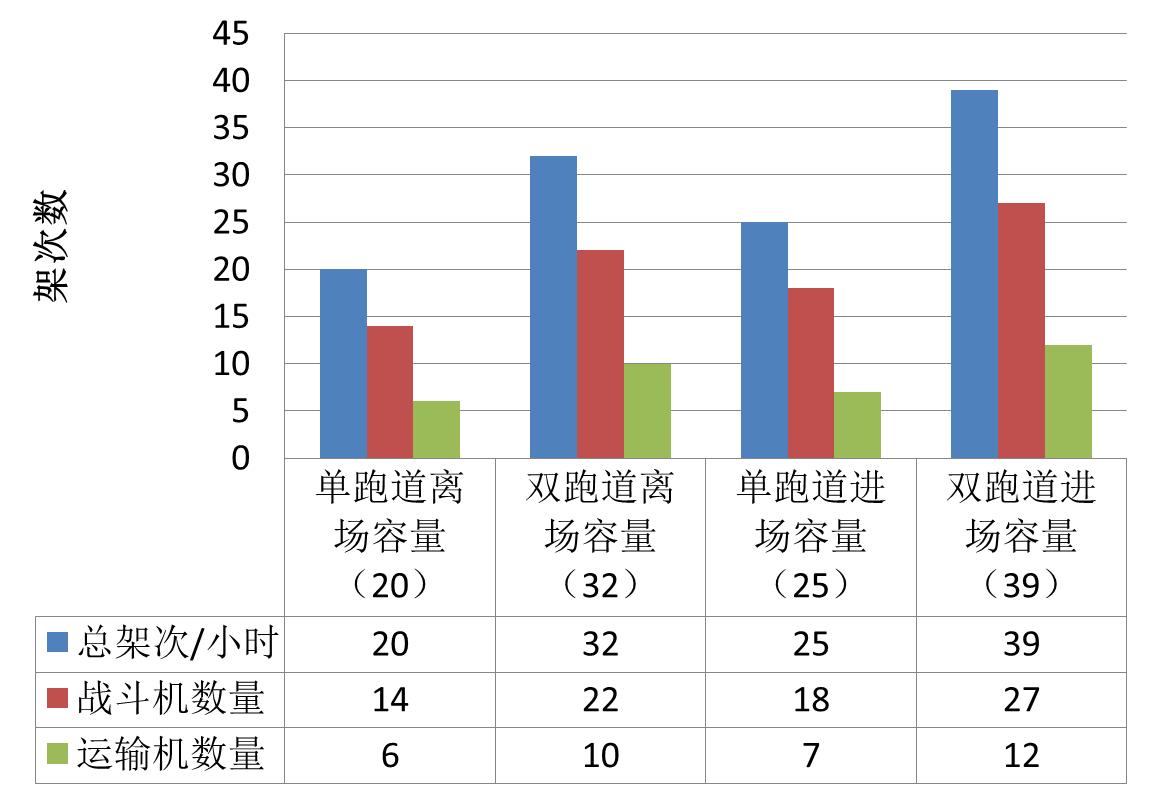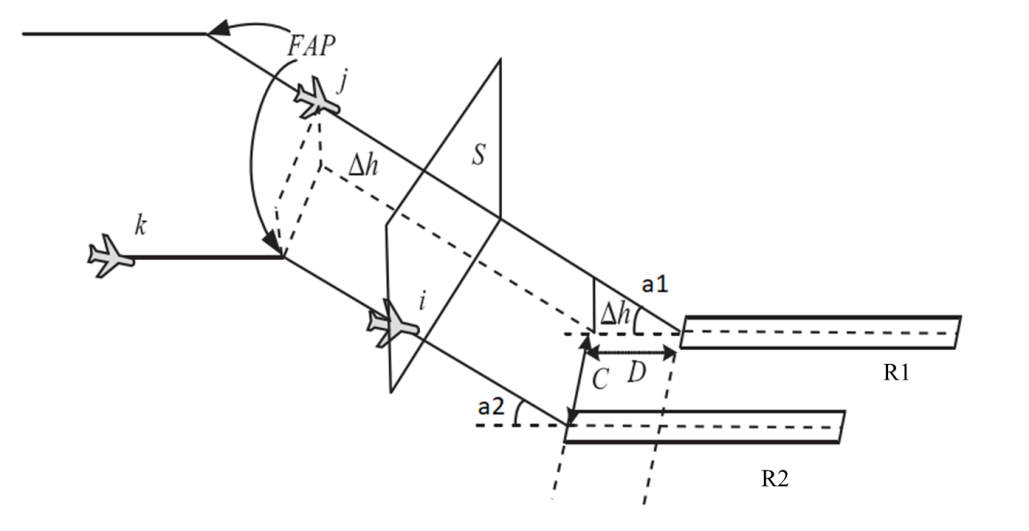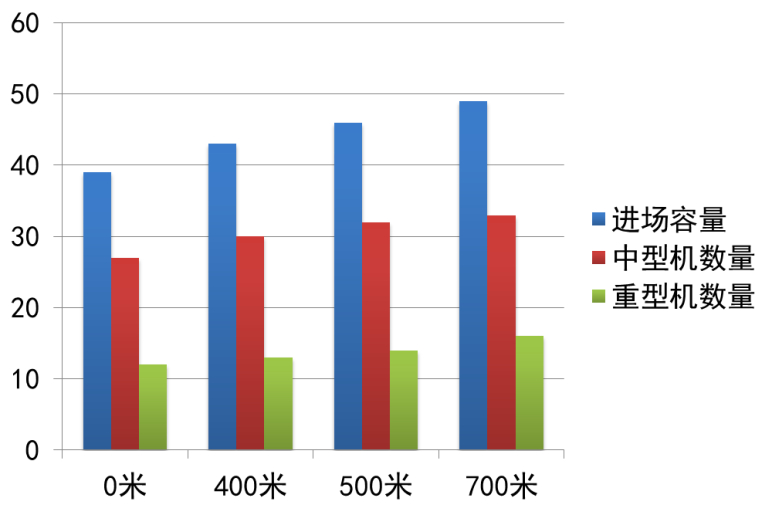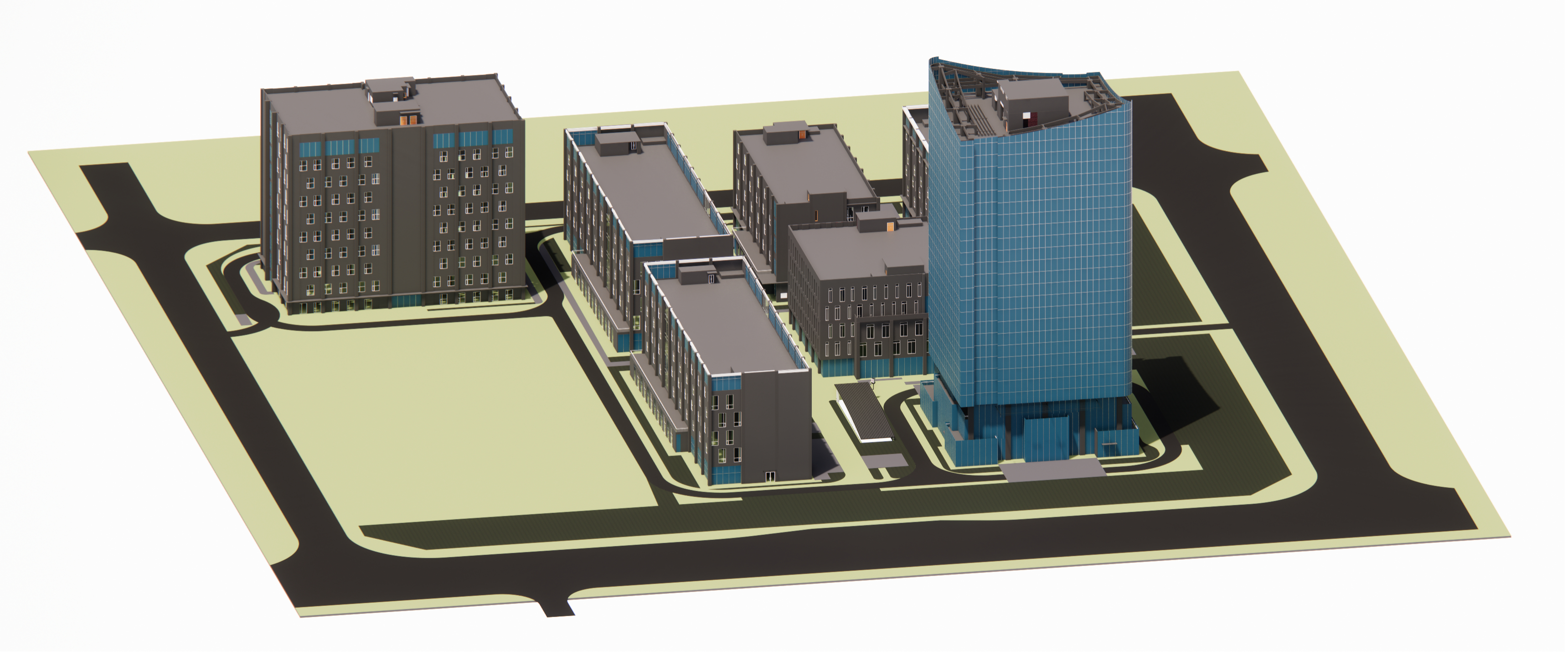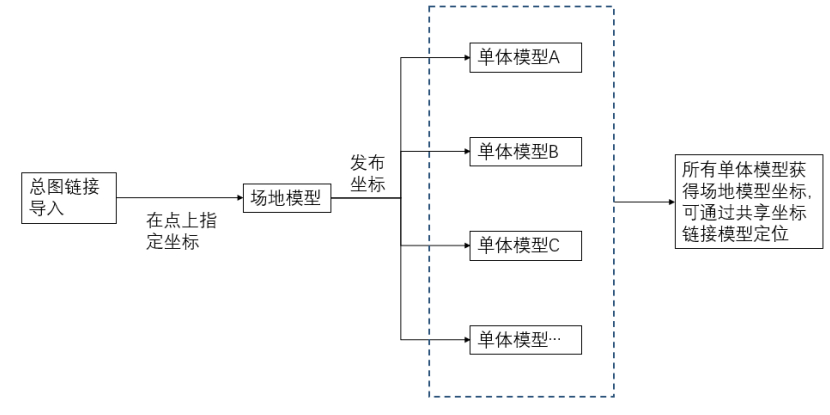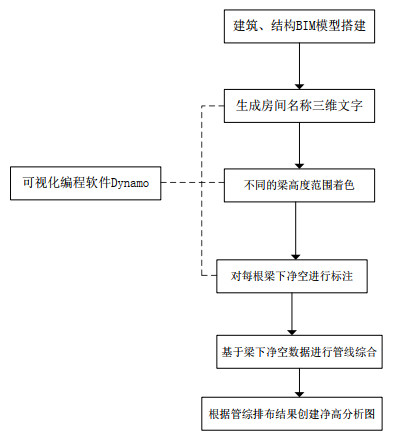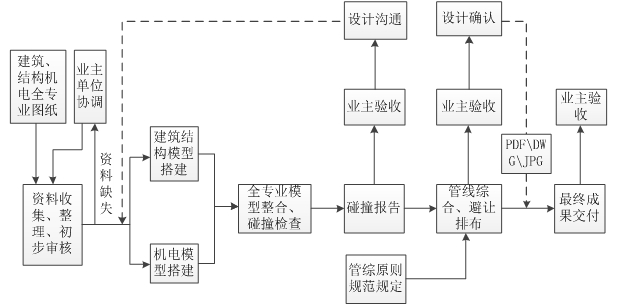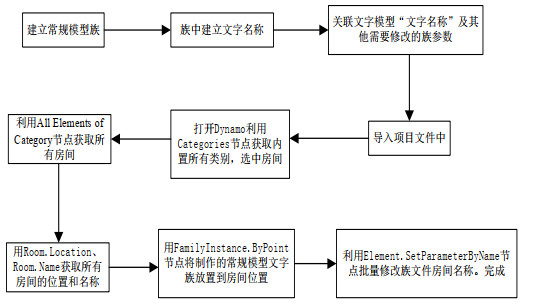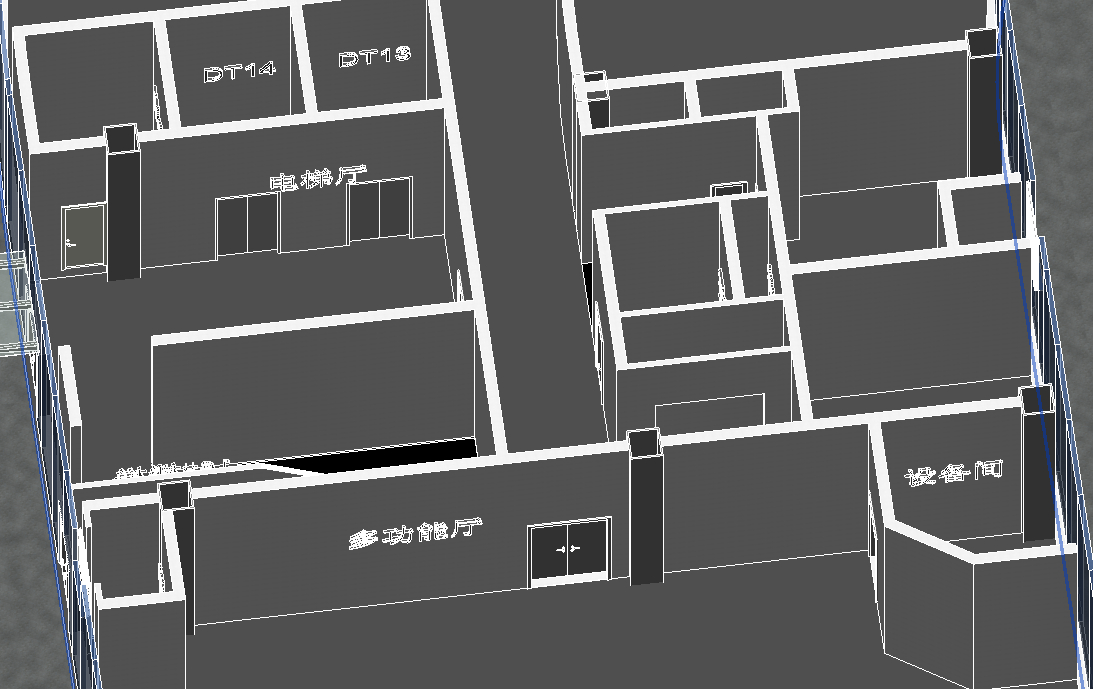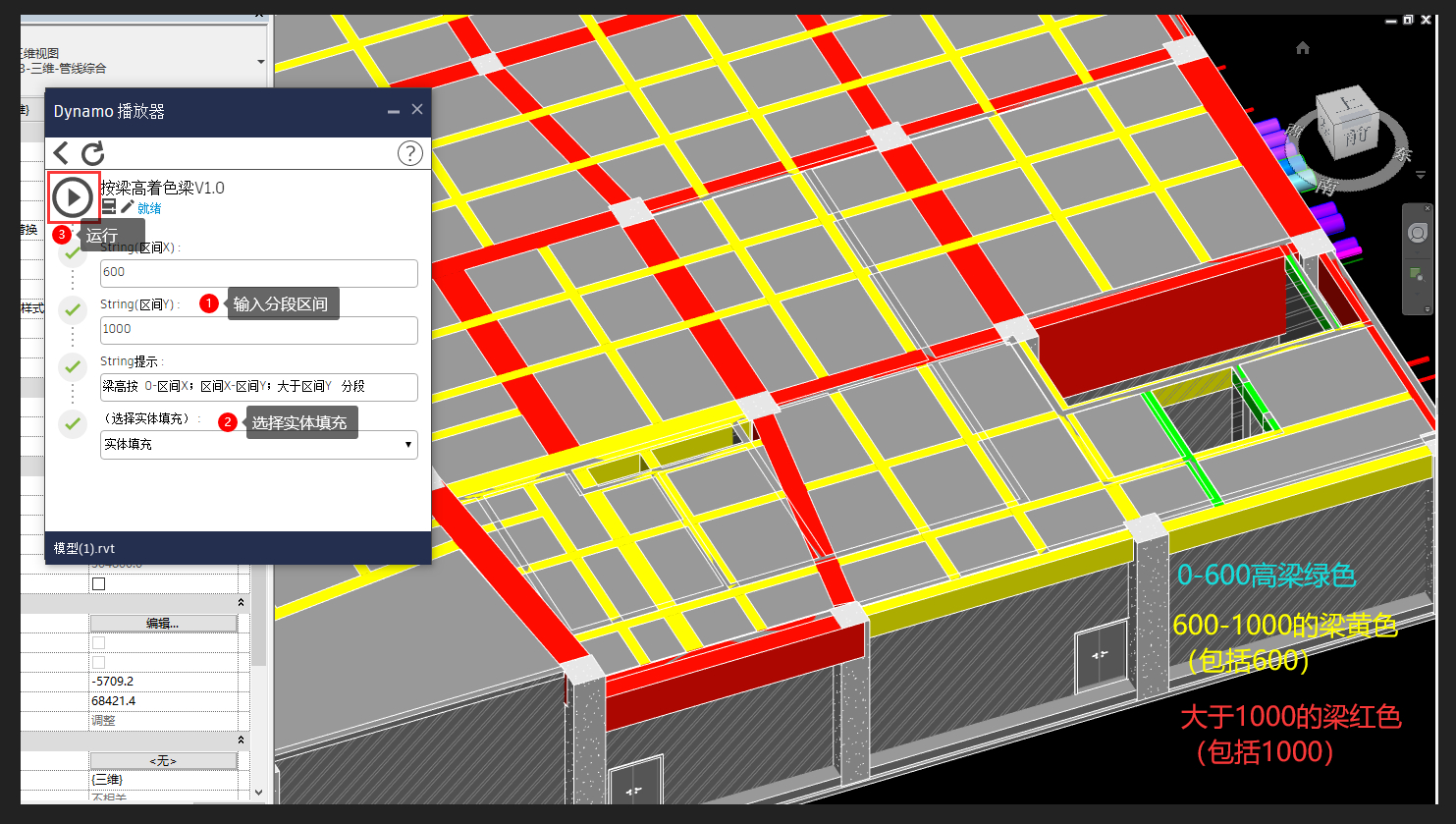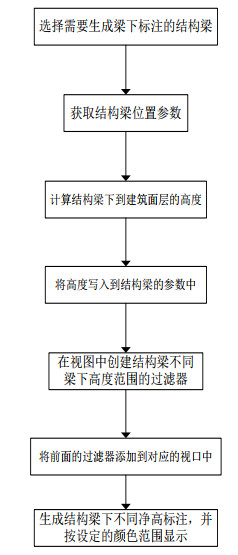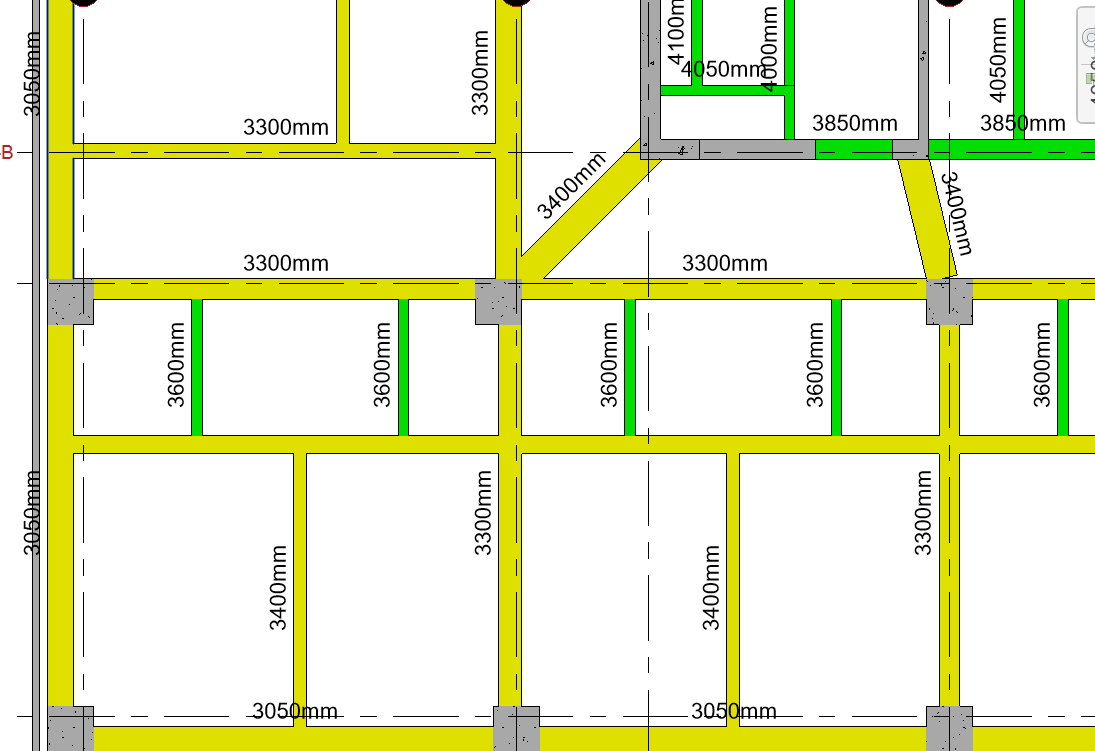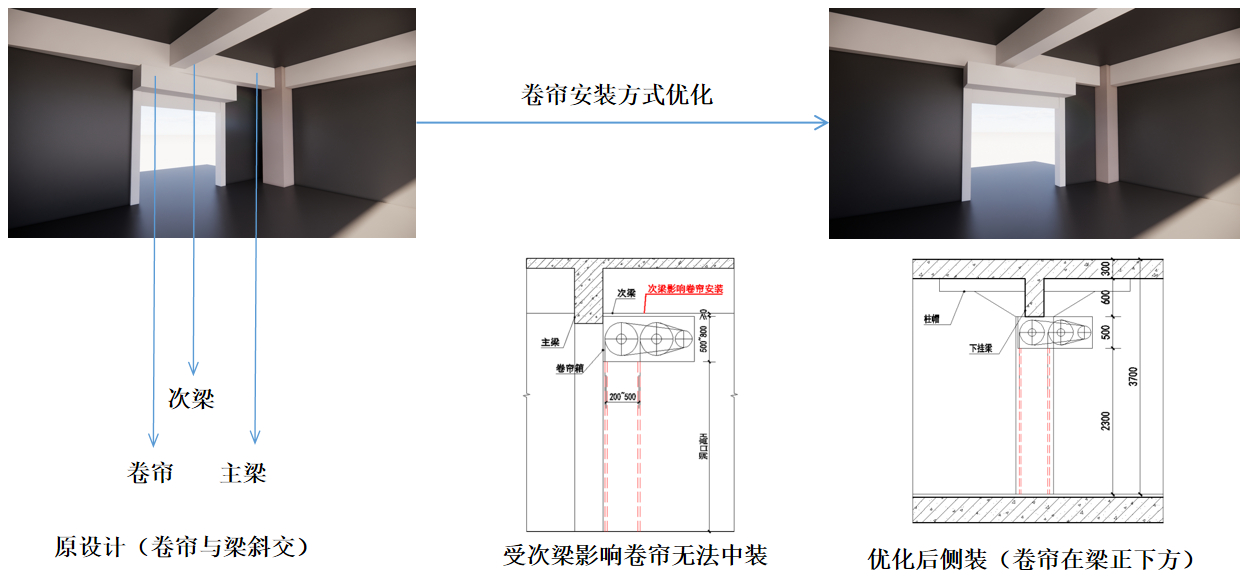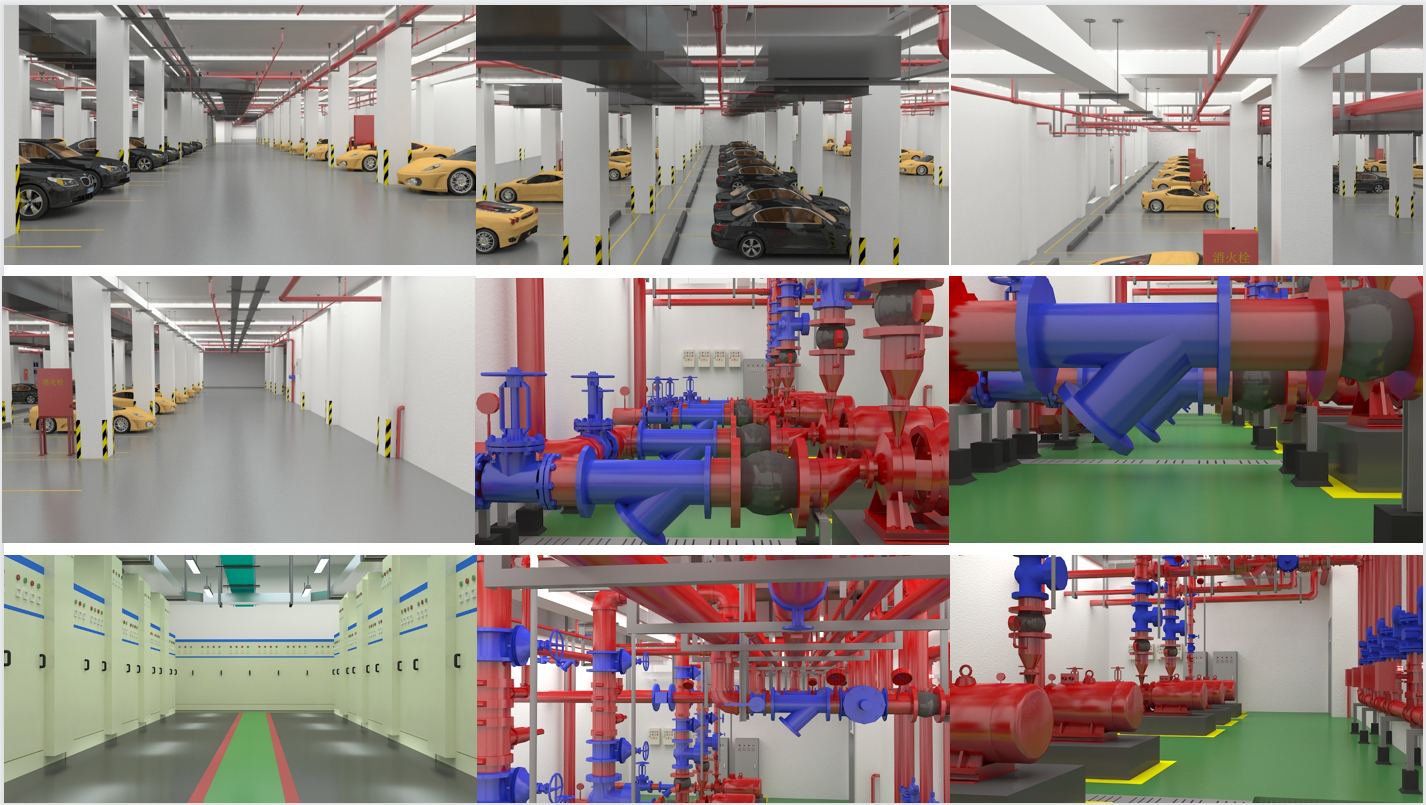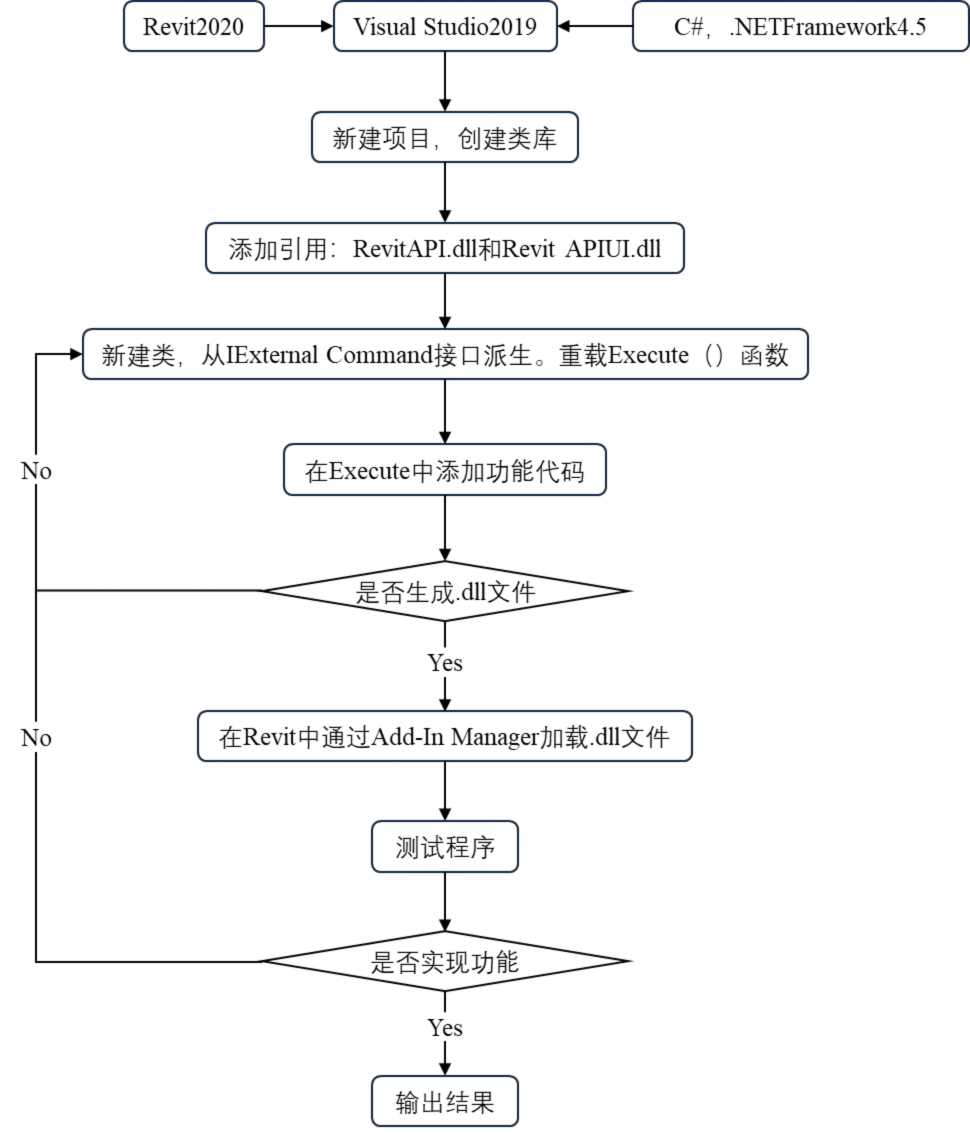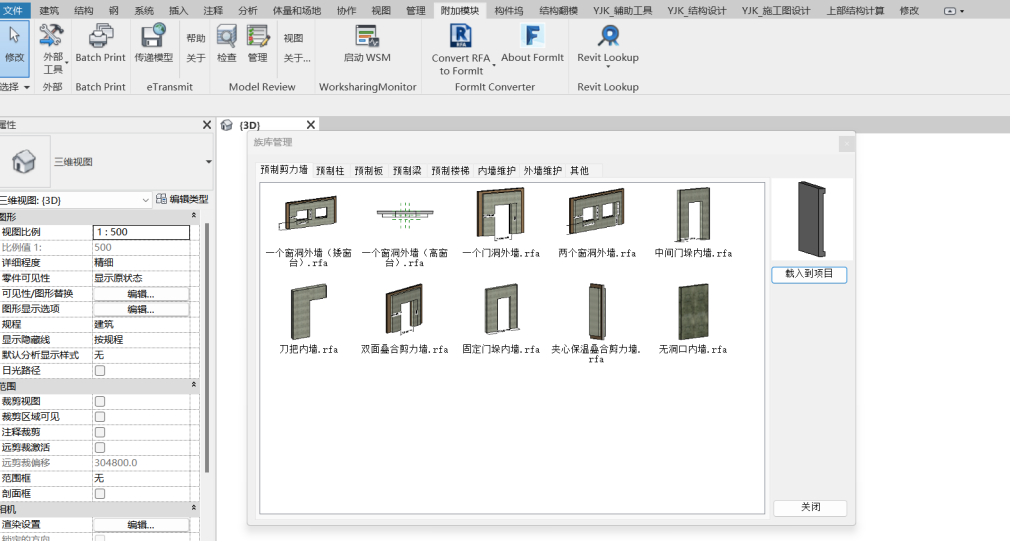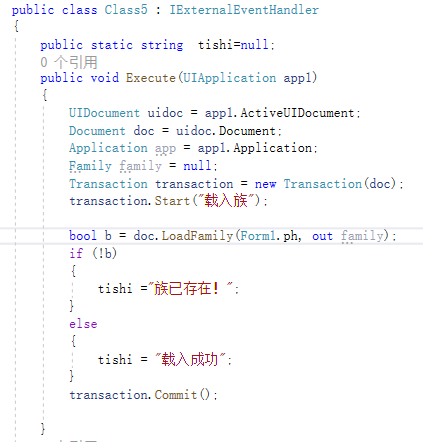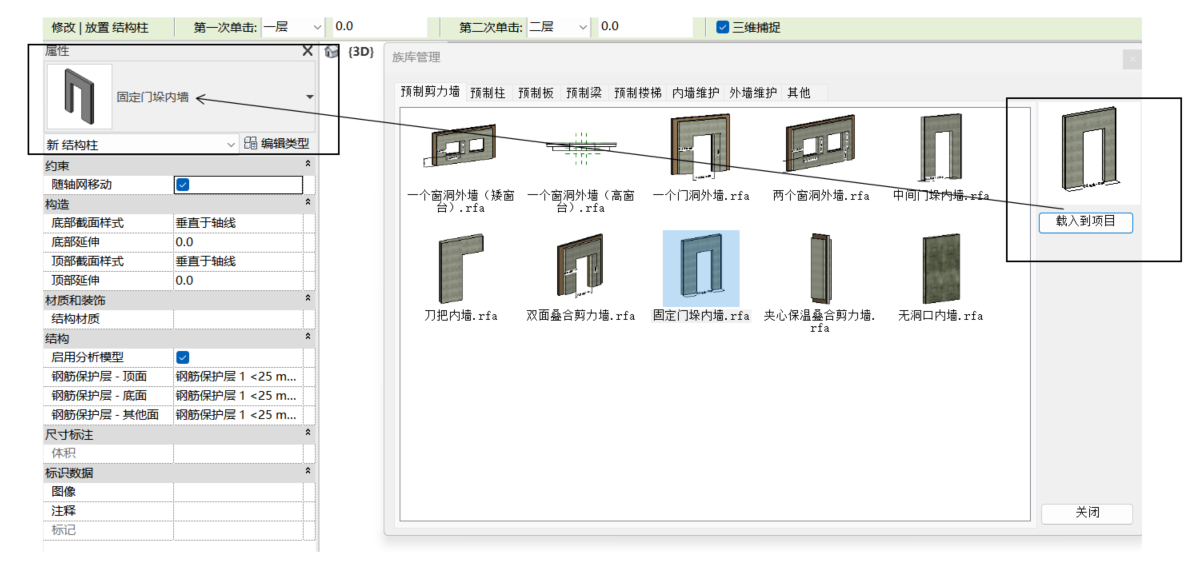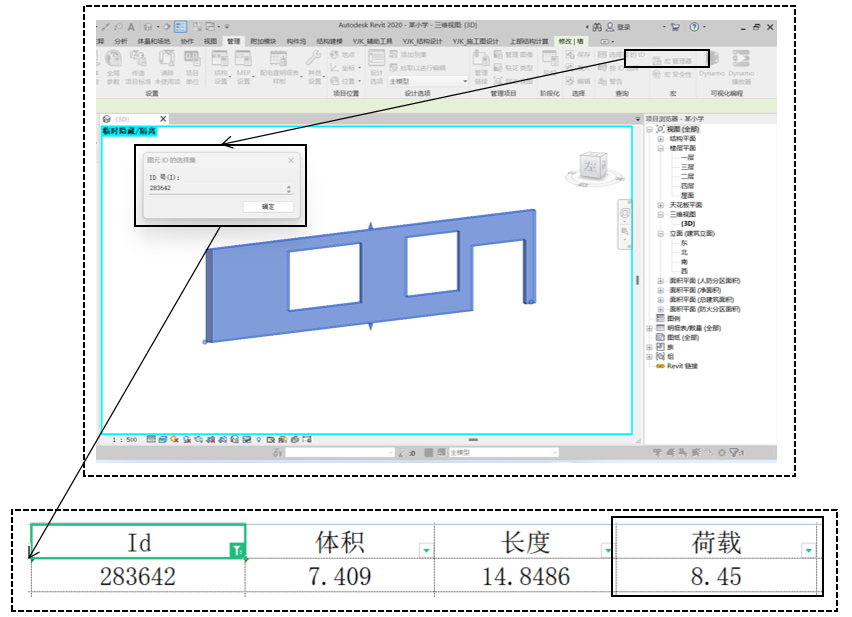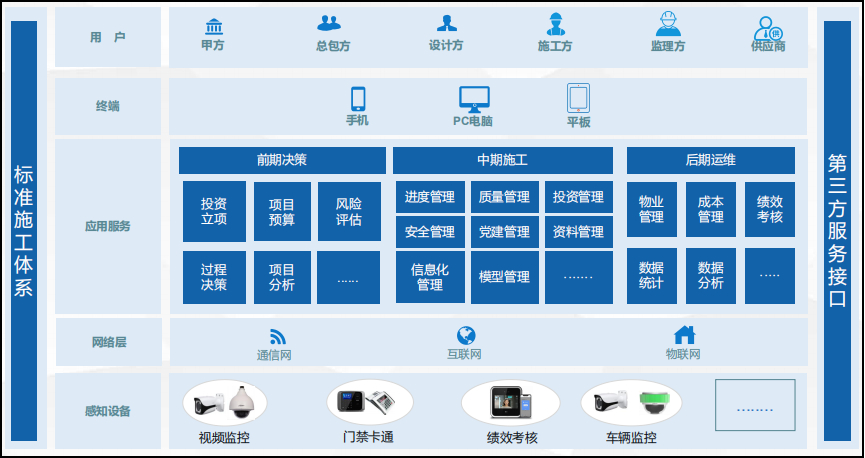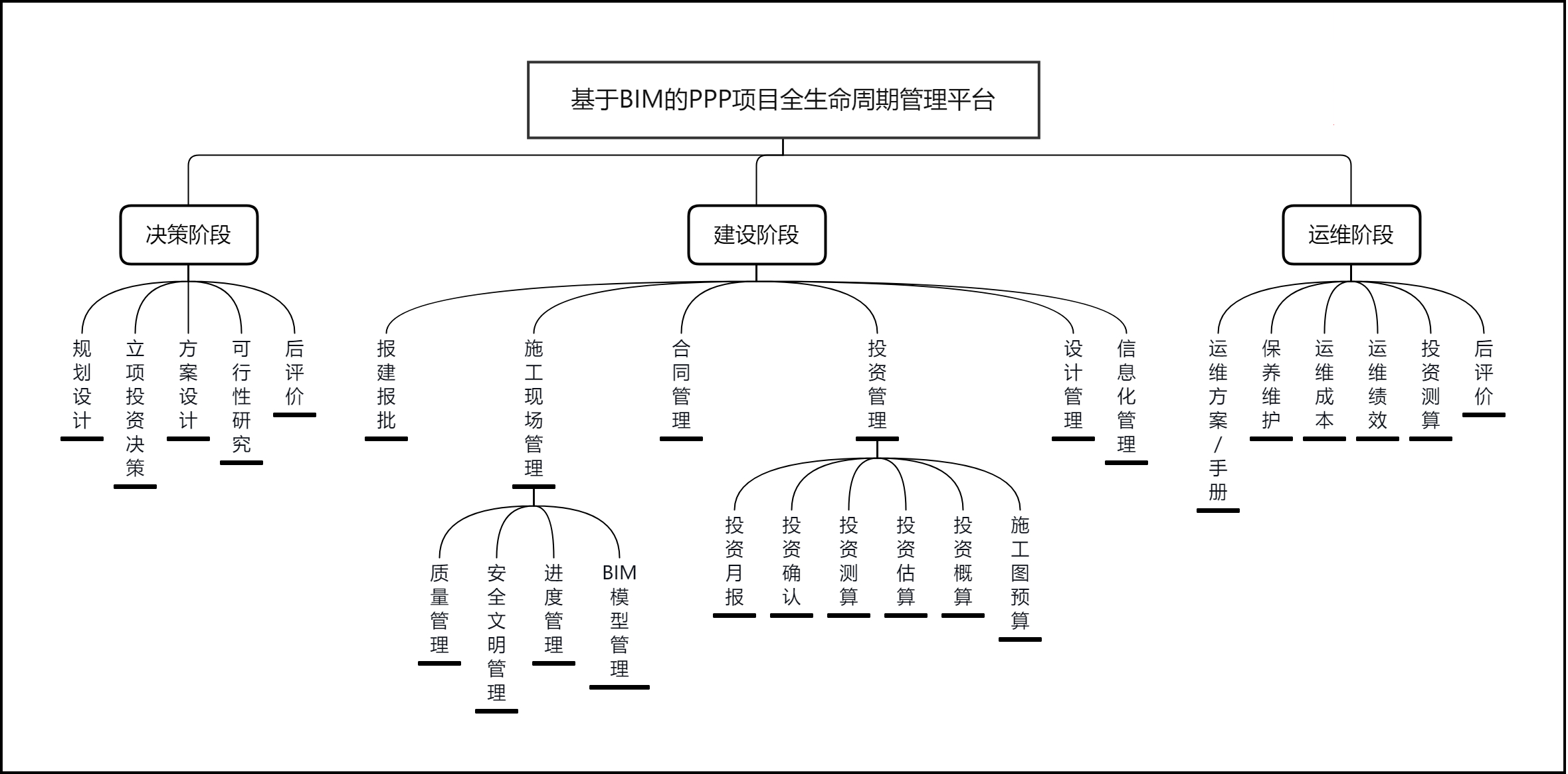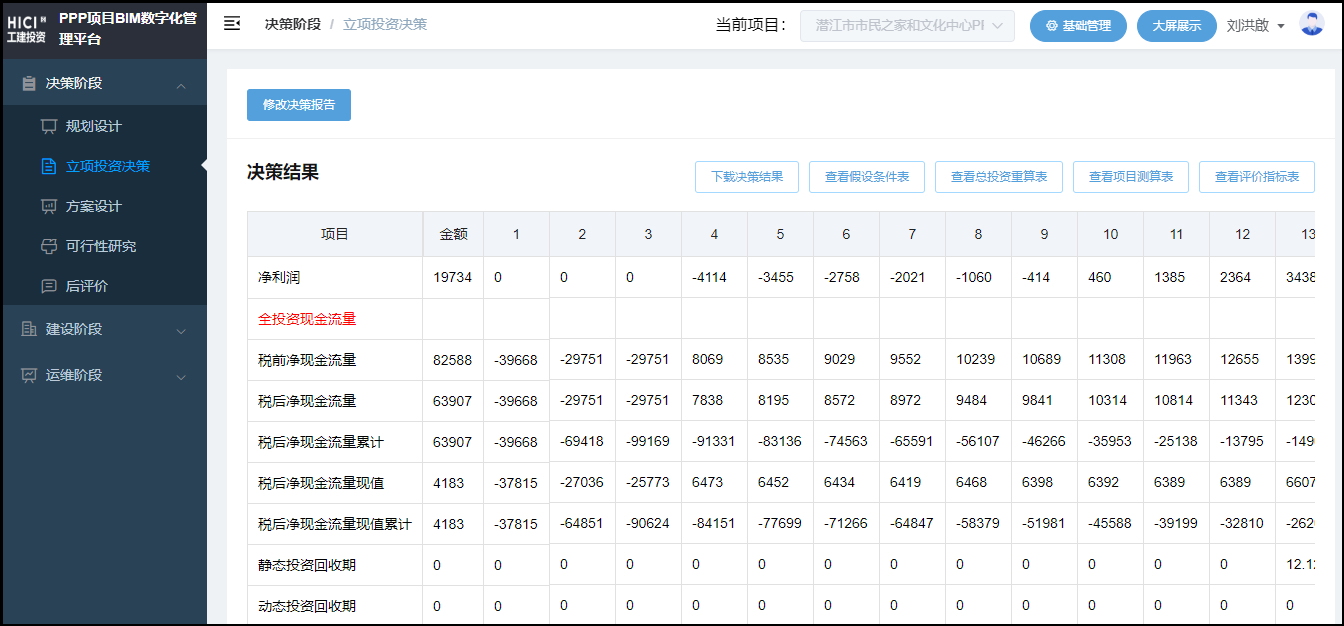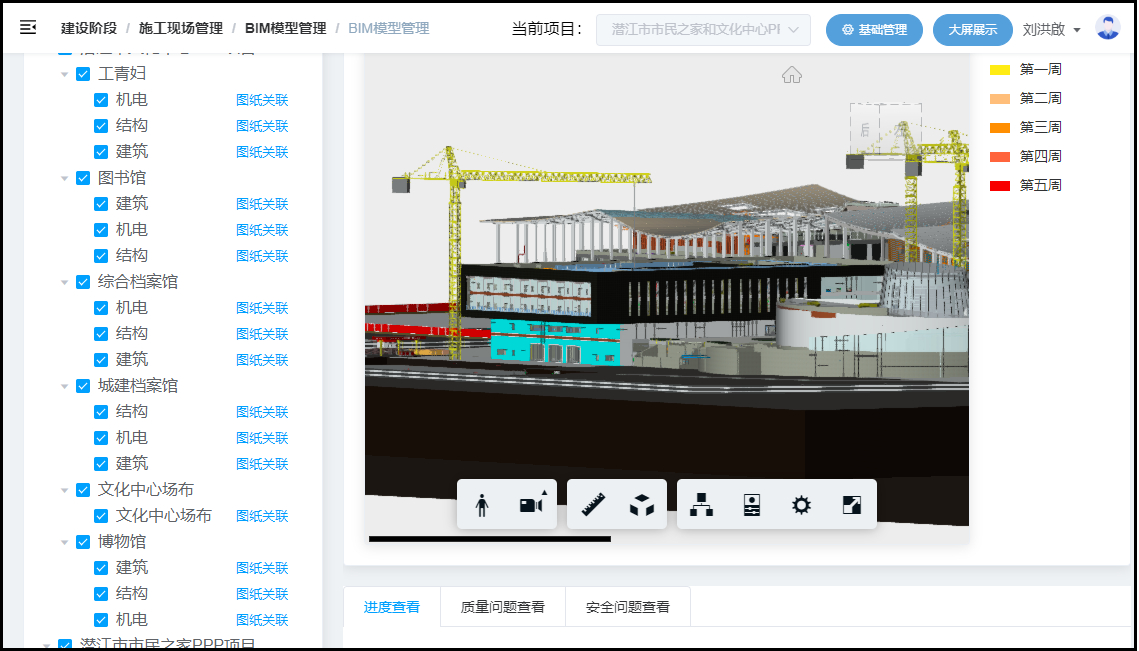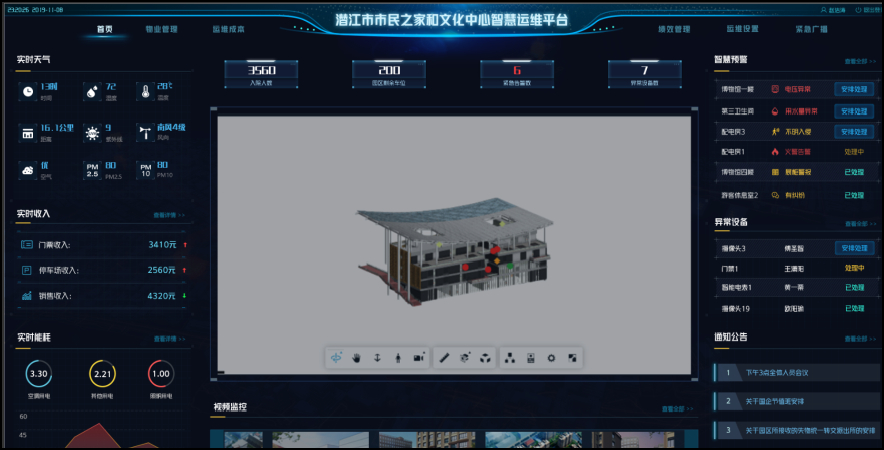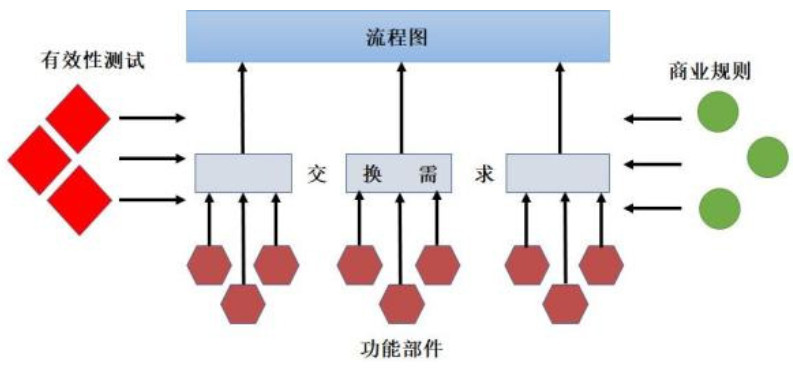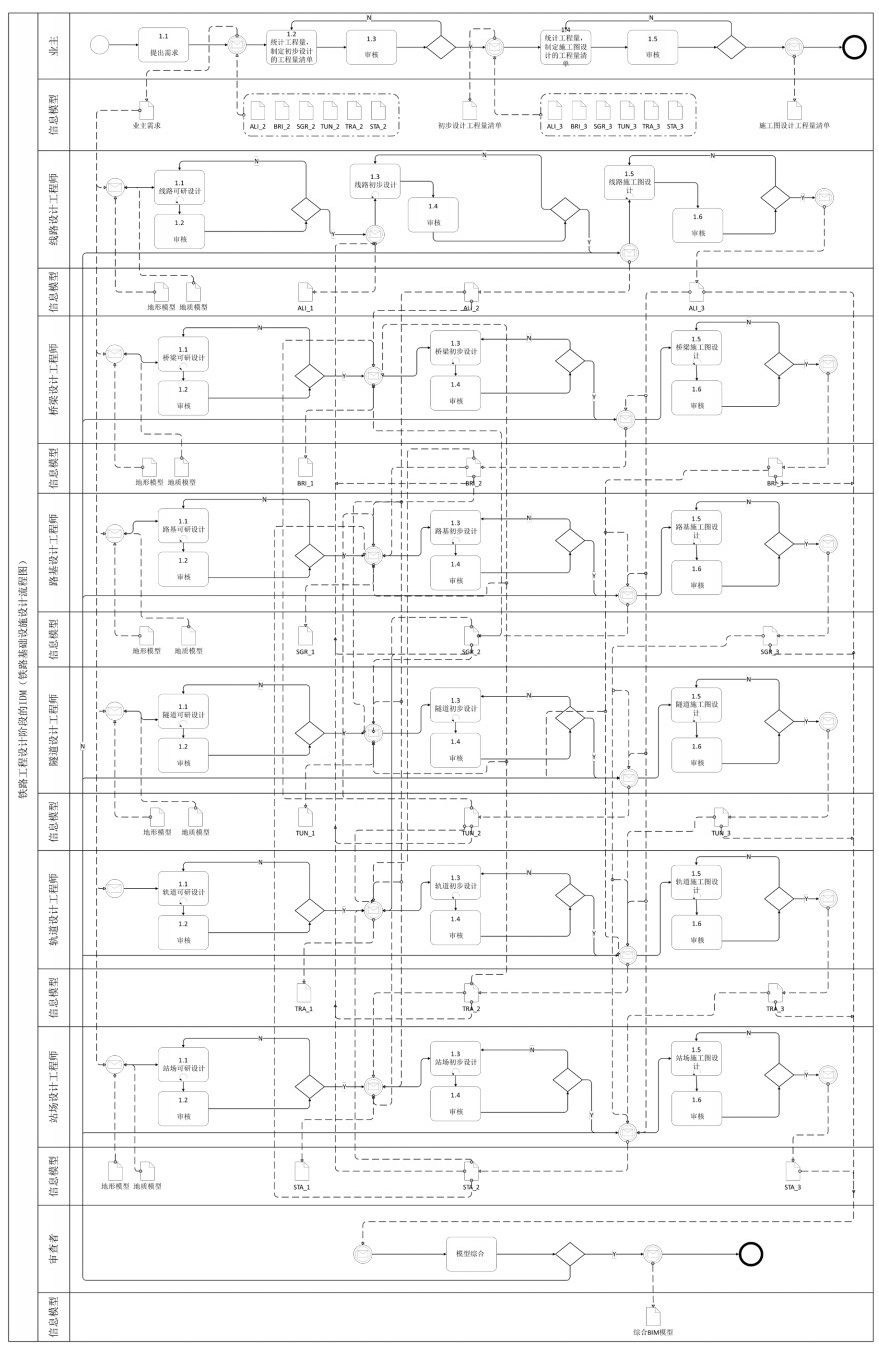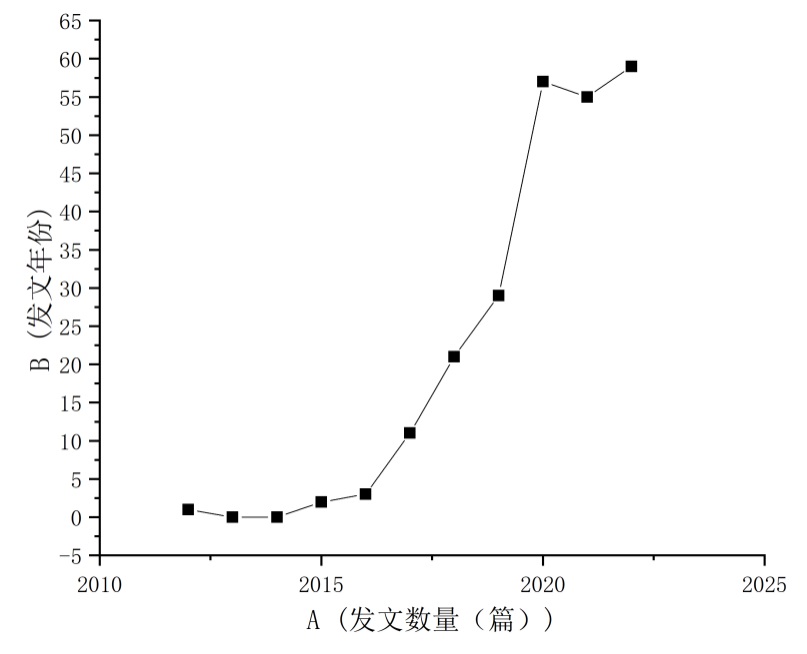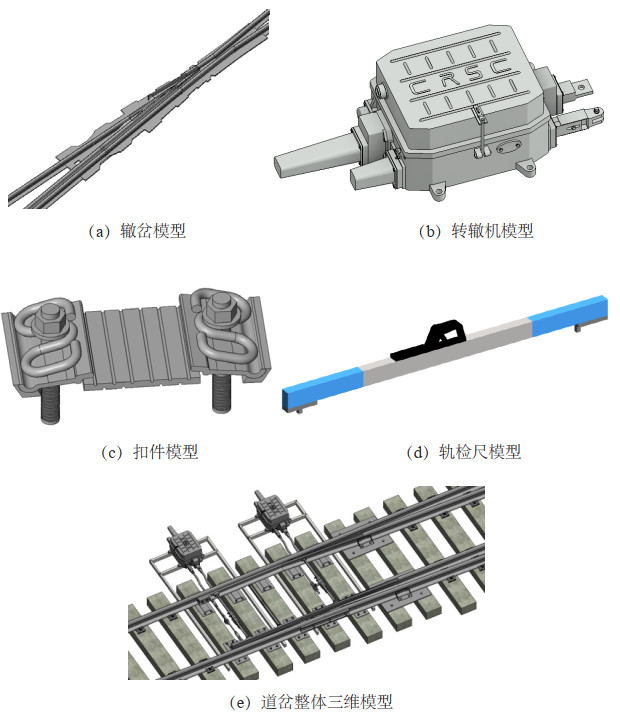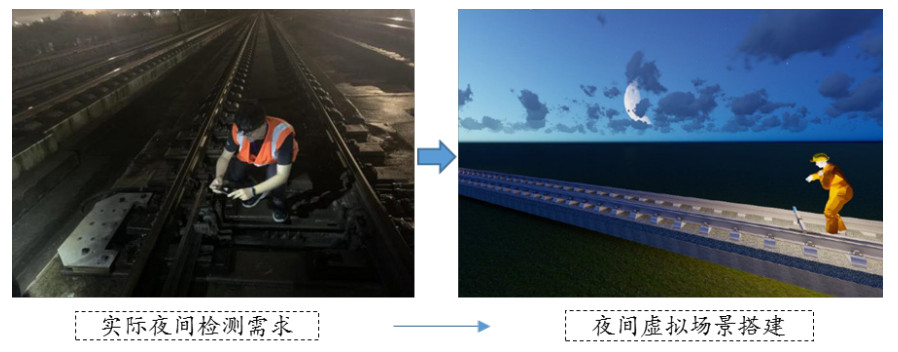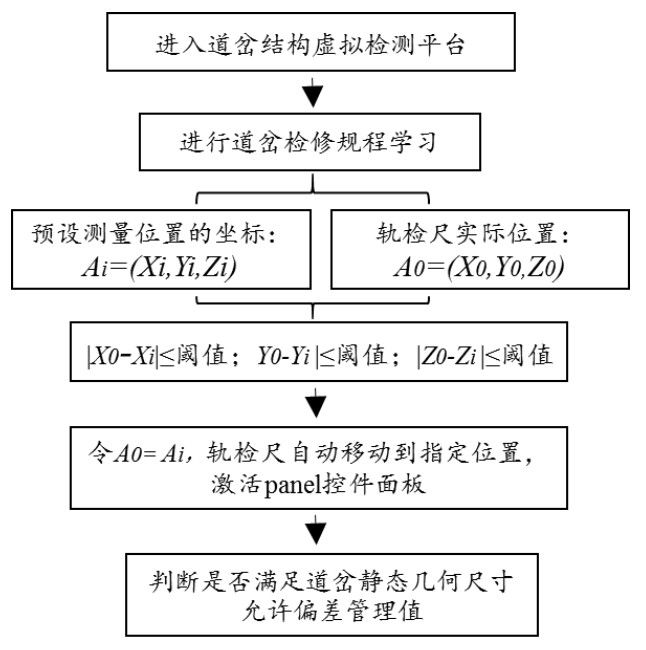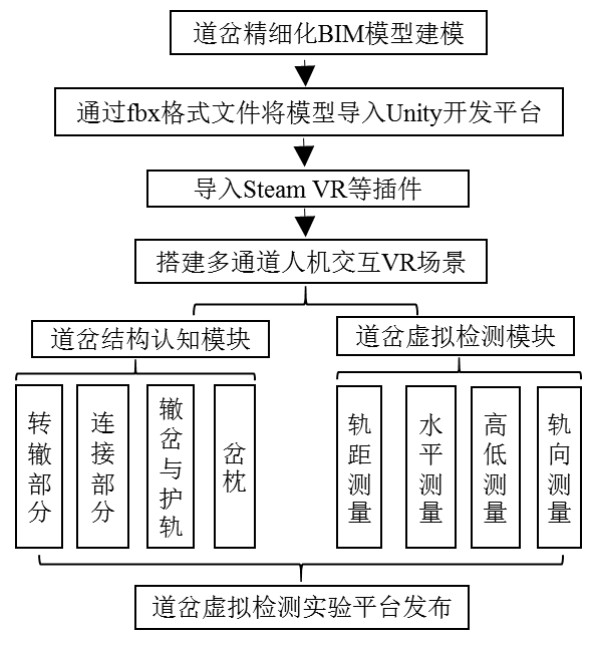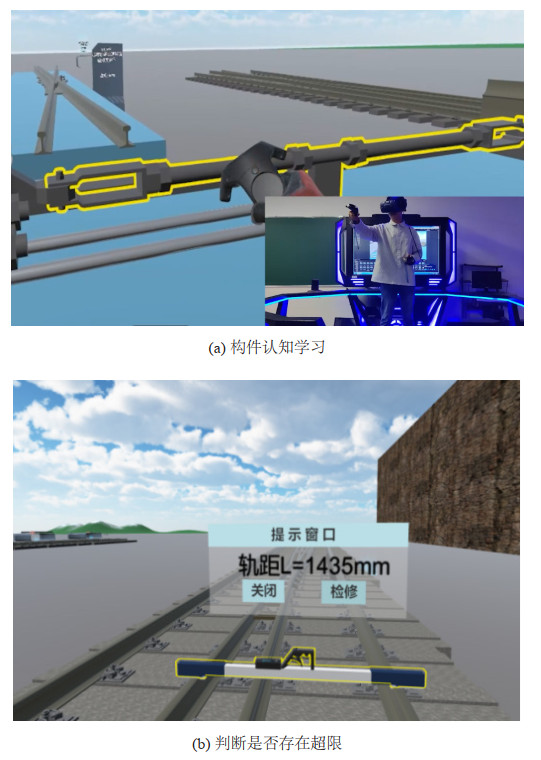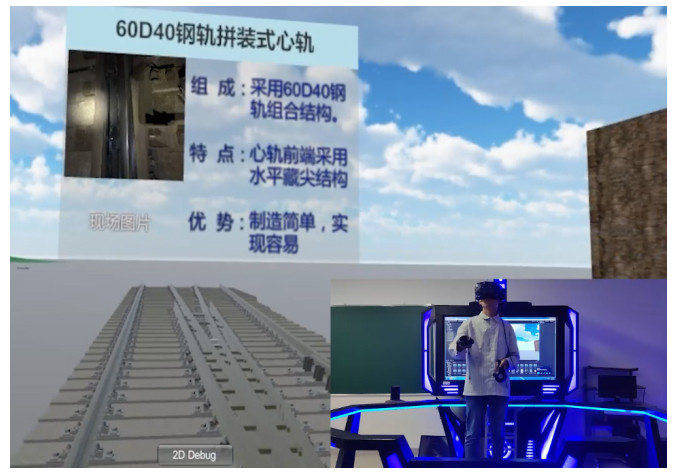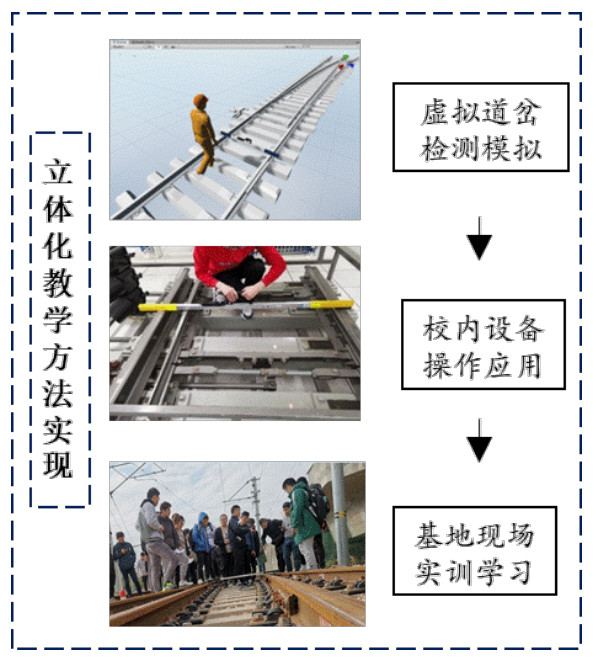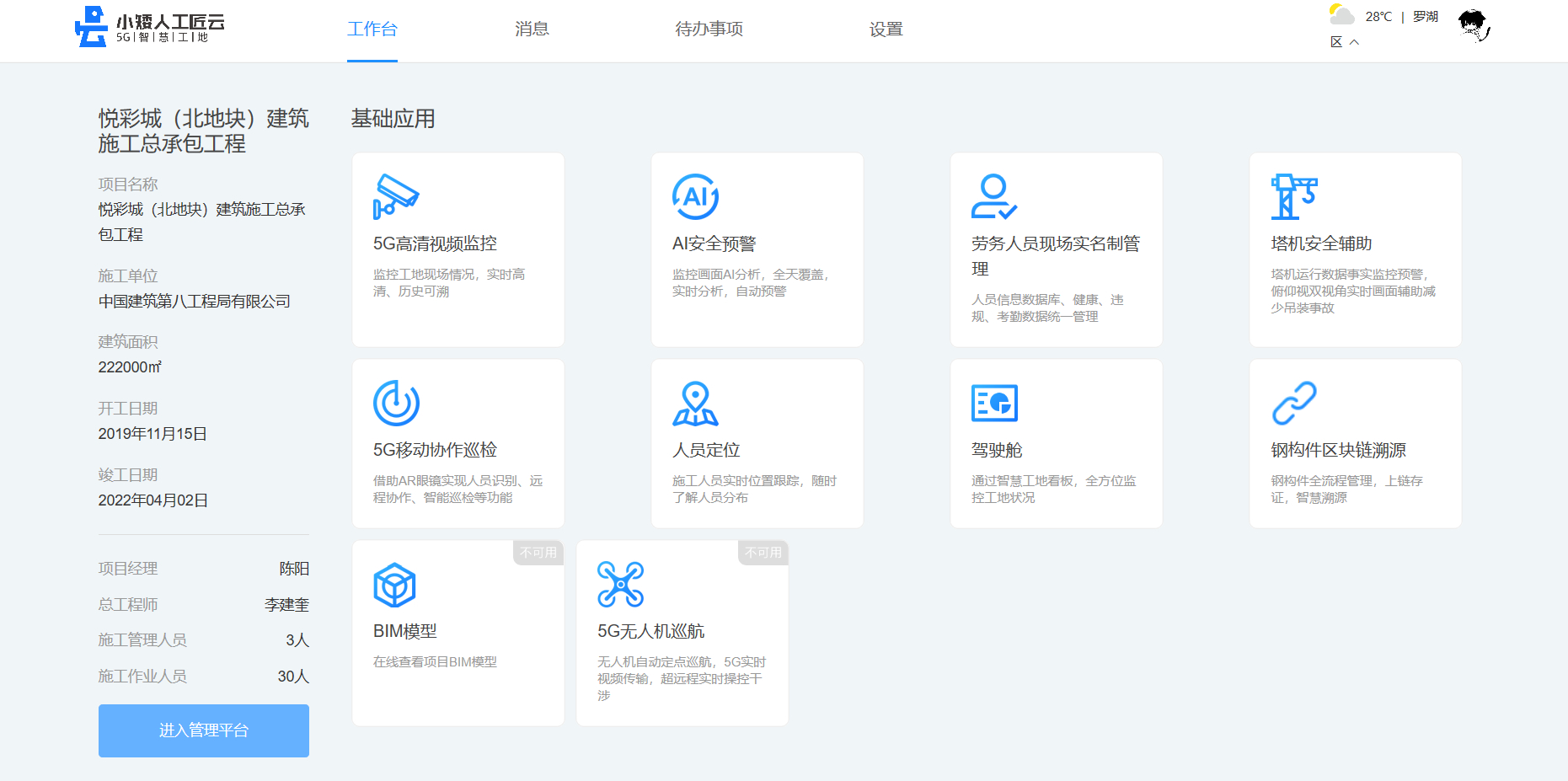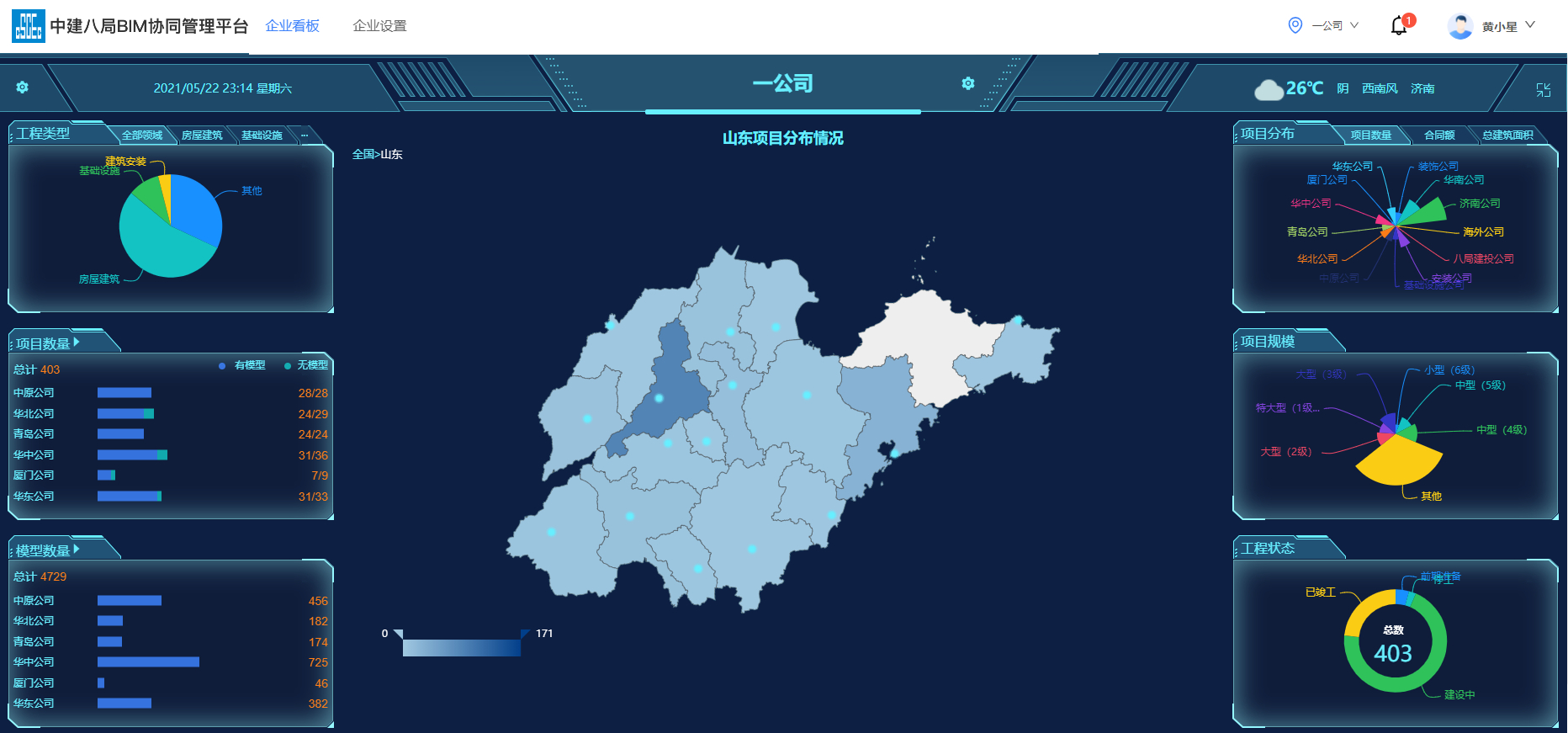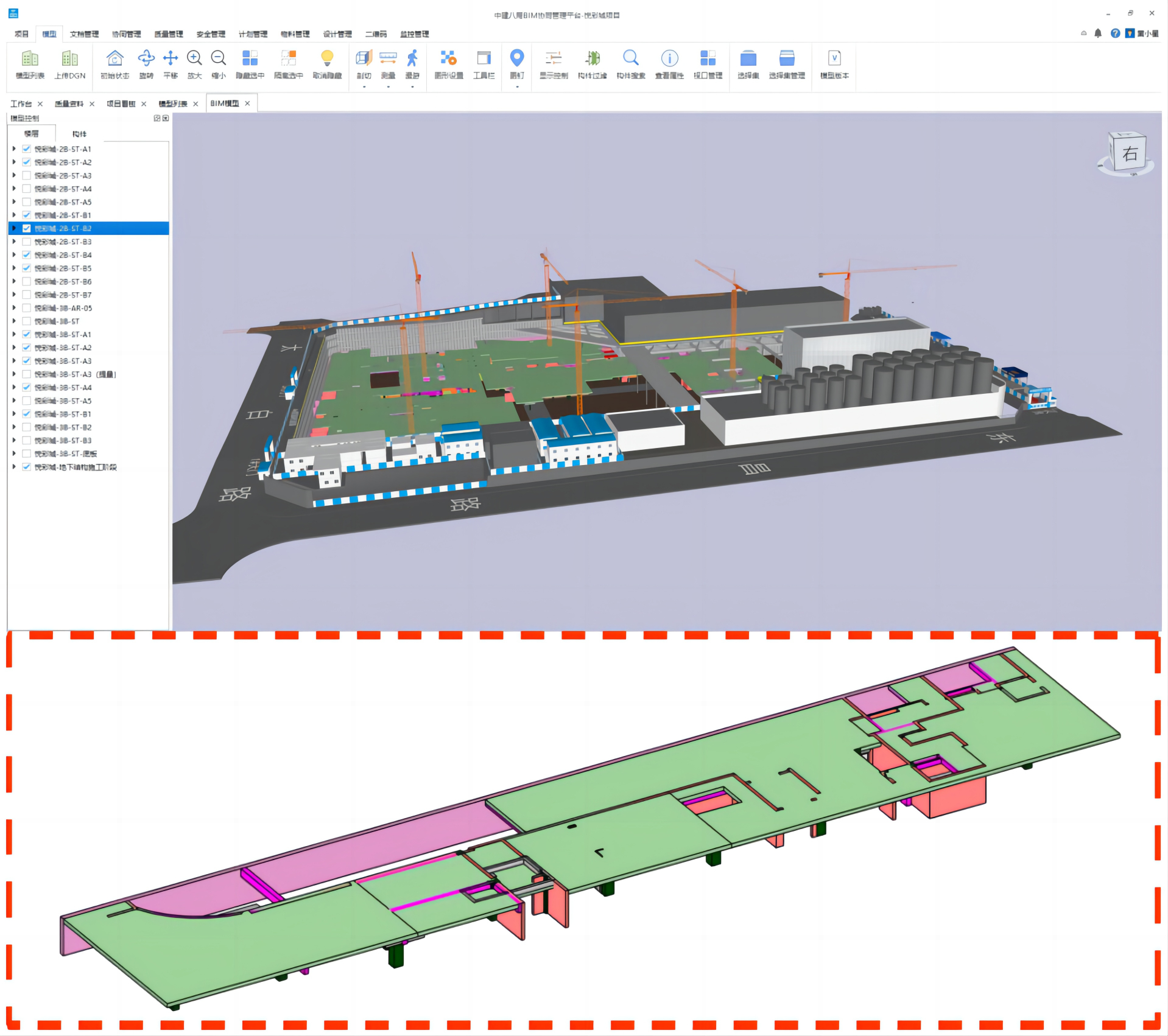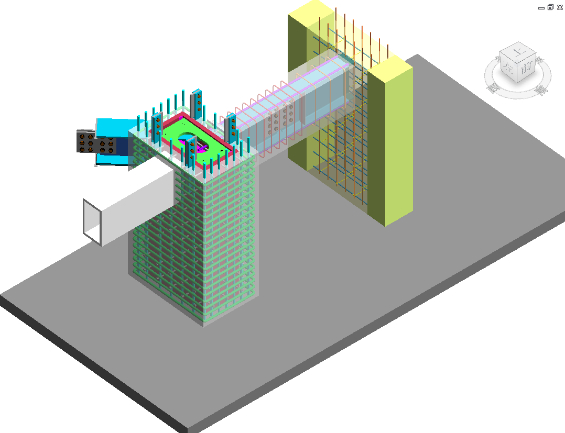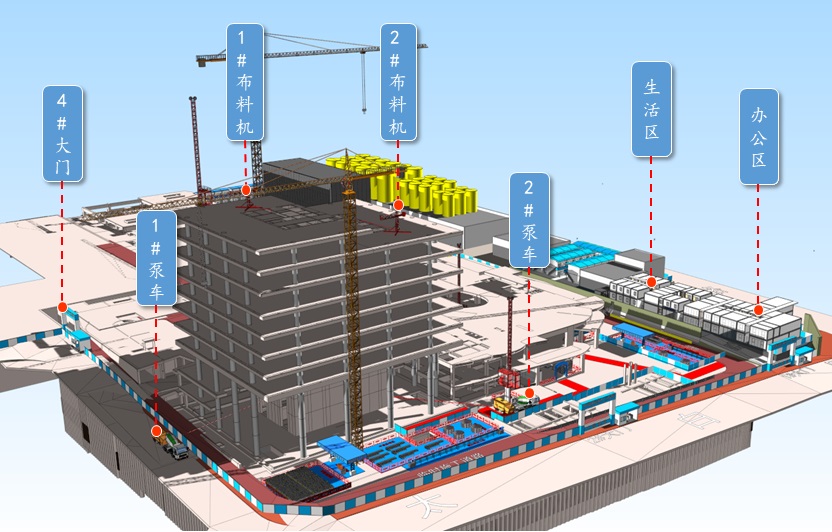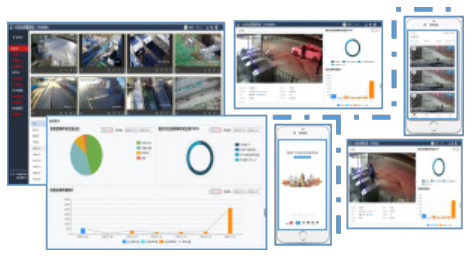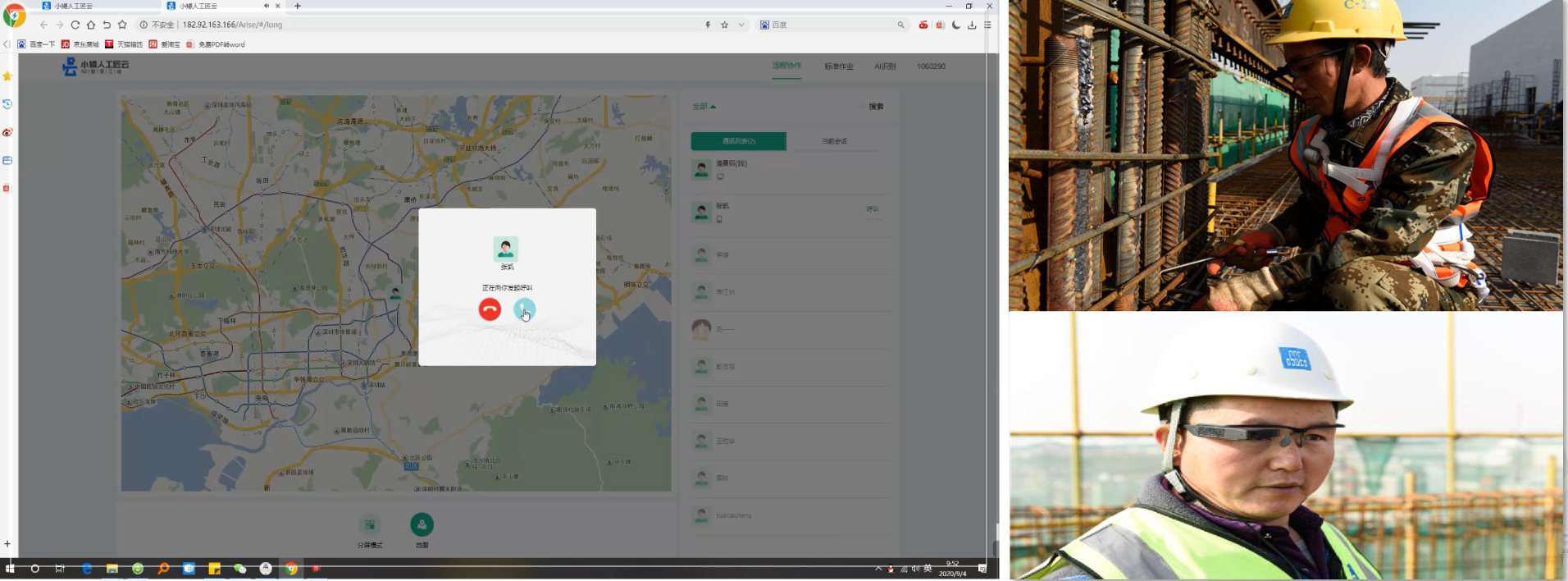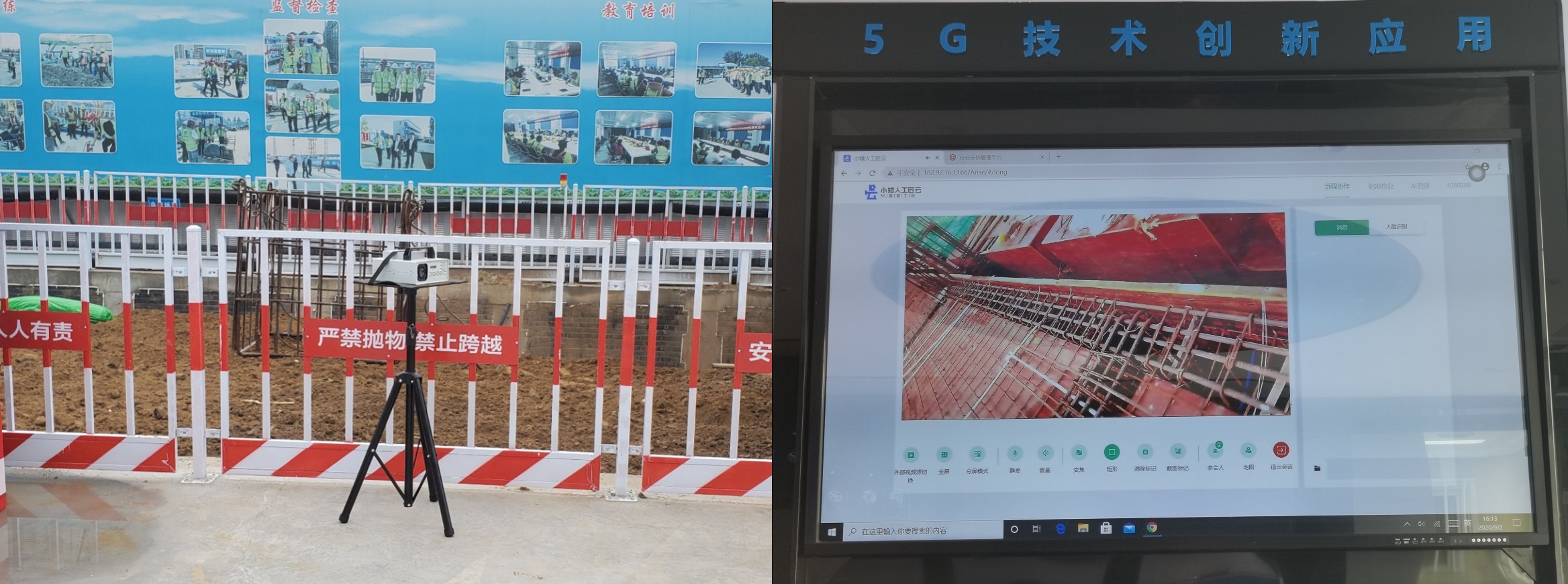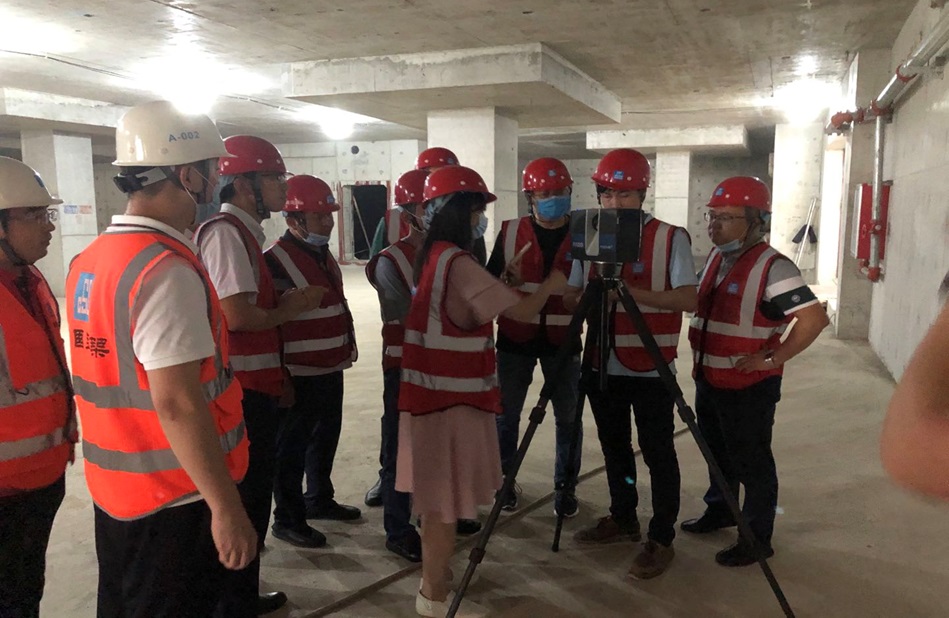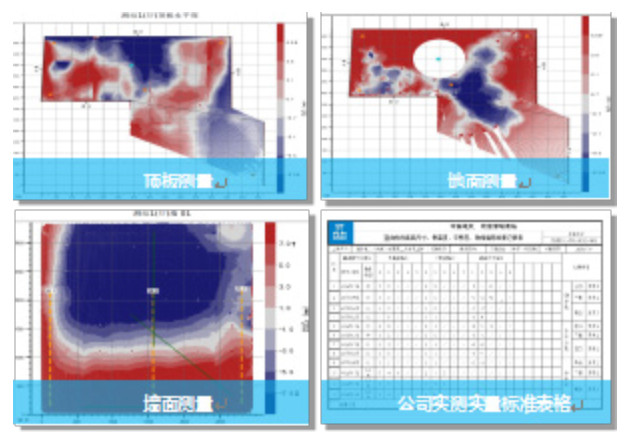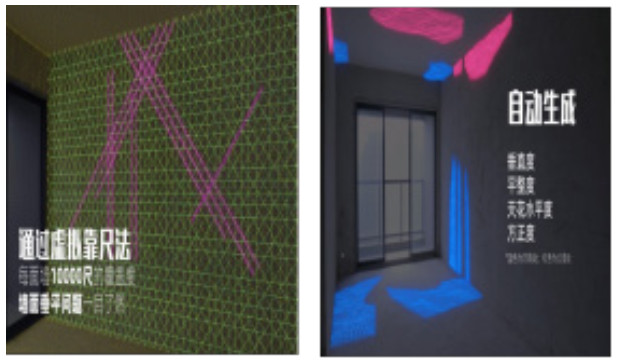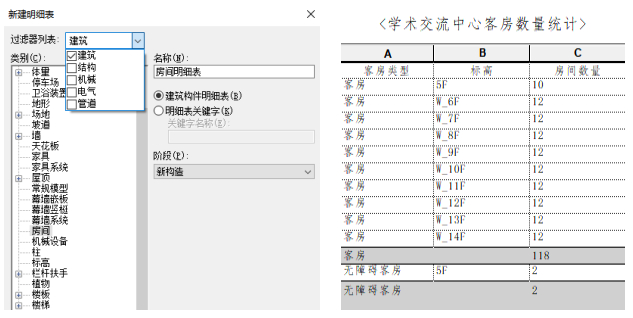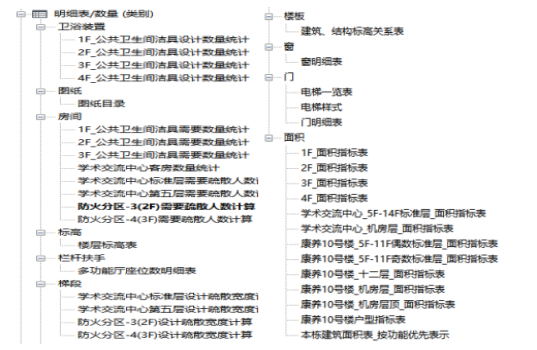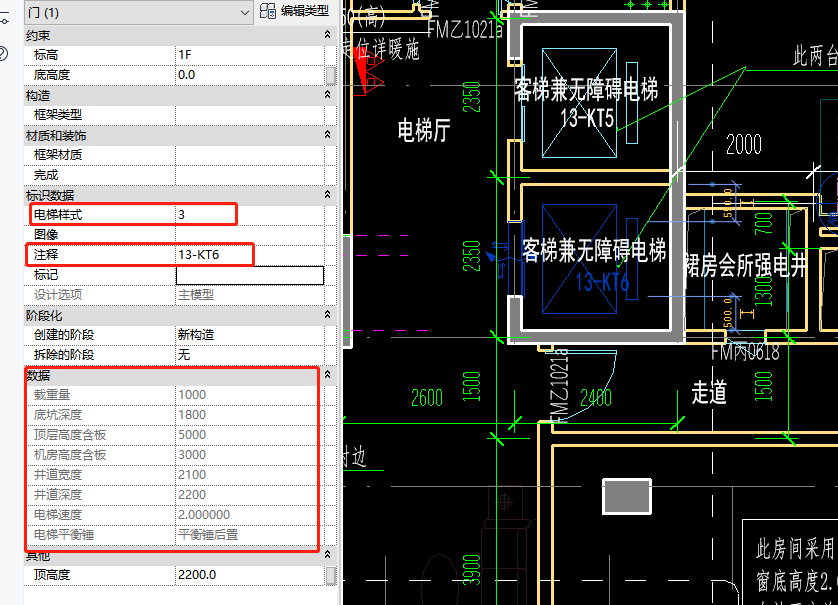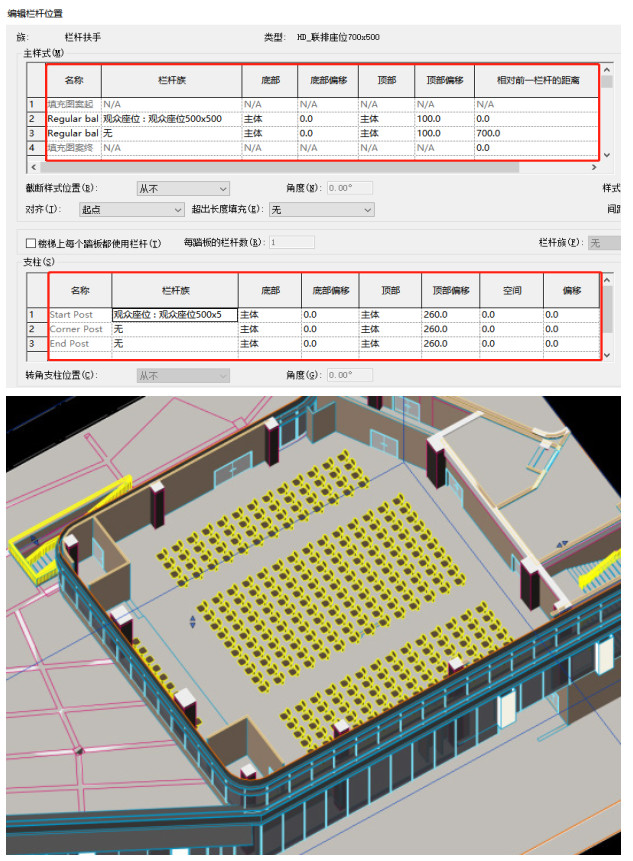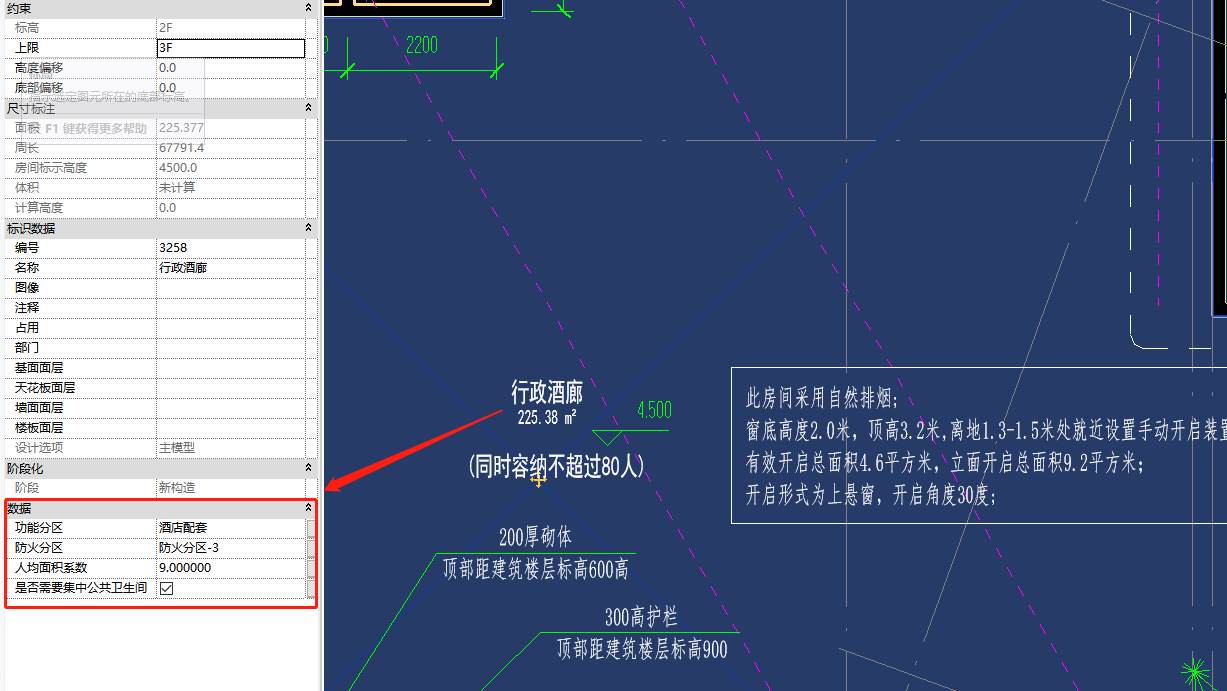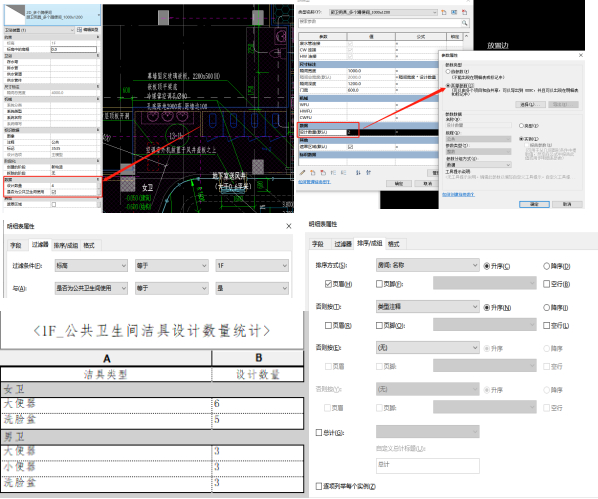Vol. 15, No 6, 2023
Display mode : |
2023, 15(6): 1-8.
doi: 10.16670/j.cnki.cn11-5823/tu.2023.06.01
Abstract:
In order to promote the application of digital twin technology for improving the construction process of building projects, this paper summarizes the academic research papers of digital twin technology in the field of construction engineering domestically and abroad through literature statistical analysis, bibliometric, literature content analysis, etc. It is found that digital twin technology is involved in the whole life cycle of construction projects: as to the design stage, digital twin technology is widely used in planning, conceptual design, detailed design, documentation design and simulation, etc.; In construction phase, its application is concentrated on construction process supervision, quality and safety control, personnel and machine management, etc.; At the stage of operation and maintenance, digital twins technology focuses on equipment and facility management, maintenance management, operation and maintenance monitoring, energy consumption monitoring, structural safety monitoring and others. However, most of the current works are still in the primary use stage of digital twin such as model display and data visualization. Twin information model, digital twins platform and integration of digital twin technology and construction engineering management model will become hot issues for the following researches.
In order to promote the application of digital twin technology for improving the construction process of building projects, this paper summarizes the academic research papers of digital twin technology in the field of construction engineering domestically and abroad through literature statistical analysis, bibliometric, literature content analysis, etc. It is found that digital twin technology is involved in the whole life cycle of construction projects: as to the design stage, digital twin technology is widely used in planning, conceptual design, detailed design, documentation design and simulation, etc.; In construction phase, its application is concentrated on construction process supervision, quality and safety control, personnel and machine management, etc.; At the stage of operation and maintenance, digital twins technology focuses on equipment and facility management, maintenance management, operation and maintenance monitoring, energy consumption monitoring, structural safety monitoring and others. However, most of the current works are still in the primary use stage of digital twin such as model display and data visualization. Twin information model, digital twins platform and integration of digital twin technology and construction engineering management model will become hot issues for the following researches.
2023, 15(6): 9-13.
doi: 10.16670/j.cnki.cn11-5823/tu.2023.06.02
Abstract:
As infrastructure construction progresses, the maintenance management of bridges faces immense challenges. Combining digital twin, BIM, GIS, IoT, and other technologies, this paper proposes the overall architecture and technical framework of a bridge maintenance management platform based on digital twins technology. The paper studies key platform technologies such as three-dimensional environment performance optimization and equipment digital twin mapping, and implements various specific platform functions. The platform is applied to the Yinjiang River Bridge in Taizhou City and other similar bridges, which optimizes management methods, improves maintenance efficiency, and further promotes the digital transformation of maintenance management methods.
As infrastructure construction progresses, the maintenance management of bridges faces immense challenges. Combining digital twin, BIM, GIS, IoT, and other technologies, this paper proposes the overall architecture and technical framework of a bridge maintenance management platform based on digital twins technology. The paper studies key platform technologies such as three-dimensional environment performance optimization and equipment digital twin mapping, and implements various specific platform functions. The platform is applied to the Yinjiang River Bridge in Taizhou City and other similar bridges, which optimizes management methods, improves maintenance efficiency, and further promotes the digital transformation of maintenance management methods.
2023, 15(6): 14-19.
doi: 10.16670/j.cnki.cn11-5823/tu.2023.06.03
Abstract:
For further understanding of the researches and applications of BIM technology in engineering project management, the paper studies 688 related literature from 2015 to 2022 included in the CNKI database and applies CiteSpace 6.1.R2 to visually analyze the number of publications, authors, research institutions, keywords, etc. in this field. The results show that in terms of the number of publications, the time distribution of literature publication has experienced three stages: germination, growth and maturity. The number of publications in 2018~2019 has increased significantly, which notes that domestic scholars are extremely enthusiastic about BIM technology in engineering project management during this period. In terms of collaborative networks, it lacks of cooperation and close contact between the authors and research institutions, , which needs to be strengthened; As to keyword analysis, the high-frequency keywords include project management, construction engineering, application, etc. Through the analysis of emerging words, it is known that integrated applications and safety management are the hot issues, which is likely to be the trends for the following studies.
For further understanding of the researches and applications of BIM technology in engineering project management, the paper studies 688 related literature from 2015 to 2022 included in the CNKI database and applies CiteSpace 6.1.R2 to visually analyze the number of publications, authors, research institutions, keywords, etc. in this field. The results show that in terms of the number of publications, the time distribution of literature publication has experienced three stages: germination, growth and maturity. The number of publications in 2018~2019 has increased significantly, which notes that domestic scholars are extremely enthusiastic about BIM technology in engineering project management during this period. In terms of collaborative networks, it lacks of cooperation and close contact between the authors and research institutions, , which needs to be strengthened; As to keyword analysis, the high-frequency keywords include project management, construction engineering, application, etc. Through the analysis of emerging words, it is known that integrated applications and safety management are the hot issues, which is likely to be the trends for the following studies.
2023, 15(6): 20-25.
doi: 10.16670/j.cnki.cn11-5823/tu.2023.06.04
Abstract:
In order to realize the intelligent construction and safe and efficient management of Yueqing Bay seacrossing Bridge, a refined three-dimensional model of the whole bridge is established based on BIM technology. On the basis of BIM model, the paper carries out BIM technology applications such as construction simulation, drawing review, engineering quantity statistics, three-digit scheme deduction, automatic assembly line information collection of prefabricated components and collaborative management combined with cloud technologyt. The BIM technology has been upgraded in such research fields as BIM automatic modeling, steel bar automatic blanking, BIM information platform and database data system. The application of BIM technology in the construction of a sea-crossing bridge project accomplishes the information and visual management of bridge engineering projects, which effectively improves the quality and efficiency of construction, shortens the project cycle and cost, and accumulates experience for the application of the technology in seacrossing bridge project.
In order to realize the intelligent construction and safe and efficient management of Yueqing Bay seacrossing Bridge, a refined three-dimensional model of the whole bridge is established based on BIM technology. On the basis of BIM model, the paper carries out BIM technology applications such as construction simulation, drawing review, engineering quantity statistics, three-digit scheme deduction, automatic assembly line information collection of prefabricated components and collaborative management combined with cloud technologyt. The BIM technology has been upgraded in such research fields as BIM automatic modeling, steel bar automatic blanking, BIM information platform and database data system. The application of BIM technology in the construction of a sea-crossing bridge project accomplishes the information and visual management of bridge engineering projects, which effectively improves the quality and efficiency of construction, shortens the project cycle and cost, and accumulates experience for the application of the technology in seacrossing bridge project.
2023, 15(6): 26-31.
doi: 10.16670/j.cnki.cn11-5823/tu.2023.06.05
Abstract:
This paper takes the infrastructure projects in the electric power industry as the research object, and explores the full-process cost dynamic management system of engineering projects under the BIM 5D technology. Applying the BIM model as the carrier of cost information, and integrating the cost information of different stages based on the theory of bill of quantities, thereby the paper establishes a dynamic cost data template and a cost control system for the entire life cycle of the project. The new full-process cost dynamic management system under the BIM 5D technology can achieve virtual-real linkage and collaborative analysis of multi-source heterogeneous information.
This paper takes the infrastructure projects in the electric power industry as the research object, and explores the full-process cost dynamic management system of engineering projects under the BIM 5D technology. Applying the BIM model as the carrier of cost information, and integrating the cost information of different stages based on the theory of bill of quantities, thereby the paper establishes a dynamic cost data template and a cost control system for the entire life cycle of the project. The new full-process cost dynamic management system under the BIM 5D technology can achieve virtual-real linkage and collaborative analysis of multi-source heterogeneous information.
2023, 15(6): 32-38.
doi: 10.16670/j.cnki.cn11-5823/tu.2023.06.06
Abstract:
Construction quality management methods need to be improved as the construction industry develops and the scale of construction expands. The traditional quality review involves manually checking the quality issues in the quality rectification forms provided by the supervisors and the codes of construction quality acceptance, which determines whether the construction quality is qualified. However, the traditional method is not only time-consuming and labor-intensive, but also may lead to errors that affect quality control and decision-making. To avoid the above issues by automatic quality review, this paper proposes an ontology-based knowledge model for reviewing information in construction quality hid danger rectification forms. The modeling process comprises four steps: (1) analyzing the lexical elements and semantic relationships in the codes for acceptance of construction quality; (2) establishing knowledge templates and semantic relationship graphs of the quality issues information in quality hid danger rectification form; (3) referring to the existing knowledge model and establishing the QII-QHDRFOntology knowledge model; (4) applying the model to actual cases to evaluate its feasibility and effectiveness. The evaluation results in this paper indicate that the proposed QII-QHDRFOntology knowledge model can effectively review the quality issue information in actual construction quality hazard rectification forms.
Construction quality management methods need to be improved as the construction industry develops and the scale of construction expands. The traditional quality review involves manually checking the quality issues in the quality rectification forms provided by the supervisors and the codes of construction quality acceptance, which determines whether the construction quality is qualified. However, the traditional method is not only time-consuming and labor-intensive, but also may lead to errors that affect quality control and decision-making. To avoid the above issues by automatic quality review, this paper proposes an ontology-based knowledge model for reviewing information in construction quality hid danger rectification forms. The modeling process comprises four steps: (1) analyzing the lexical elements and semantic relationships in the codes for acceptance of construction quality; (2) establishing knowledge templates and semantic relationship graphs of the quality issues information in quality hid danger rectification form; (3) referring to the existing knowledge model and establishing the QII-QHDRFOntology knowledge model; (4) applying the model to actual cases to evaluate its feasibility and effectiveness. The evaluation results in this paper indicate that the proposed QII-QHDRFOntology knowledge model can effectively review the quality issue information in actual construction quality hazard rectification forms.
2023, 15(6): 39-45.
doi: 10.16670/j.cnki.cn11-5823/tu.2023.06.07
Abstract:
Taking the heteromorphic ellipse and the ellipse as basic figures, this paper defines three independent parameters, i.e. the half-length, half-width, and half-height to establish conditions and definition intervals for five new types of heteromorphic ellipsoid surfaces. The equations of types Ⅲ–Ⅶ heteromorphic ellipsoid surfaces are established through the analytic geometrical method. The geometric characteristics of the five types of heteromorphic ellipsoid surfaces are as follows: the cross-sections on the parallel plane yOz form a heteromorphic ellipse, the contours in the top view form an ellipse or a heteromorphic ellipse, and curves of the profile on the coordinate plane xOz form an ellipse, a semi-heteromorphic ellipse, or a semi-ellipse. The analysis showed that types Ⅲ, Ⅴ, and Ⅶ heteromorphic ellipsoid surfaces have double-symmetry planes, while types Ⅳ and type Ⅵ have single-symmetry planes. The contours of the top view of types Ⅵ and Ⅶ of the heteromorphic ellipsoid surfaces coincides with the xOy profile. The volumes of parts above the contours in the top views of types Ⅲ–Ⅶ heteromorphic ellipsoids accounted for 60.83% of their respective total volumes. These new types of heteromorphic ellipsoid surfaces can be used broad application prospects in the design of special construction projects, floating bodies and landscape modeling.
Taking the heteromorphic ellipse and the ellipse as basic figures, this paper defines three independent parameters, i.e. the half-length, half-width, and half-height to establish conditions and definition intervals for five new types of heteromorphic ellipsoid surfaces. The equations of types Ⅲ–Ⅶ heteromorphic ellipsoid surfaces are established through the analytic geometrical method. The geometric characteristics of the five types of heteromorphic ellipsoid surfaces are as follows: the cross-sections on the parallel plane yOz form a heteromorphic ellipse, the contours in the top view form an ellipse or a heteromorphic ellipse, and curves of the profile on the coordinate plane xOz form an ellipse, a semi-heteromorphic ellipse, or a semi-ellipse. The analysis showed that types Ⅲ, Ⅴ, and Ⅶ heteromorphic ellipsoid surfaces have double-symmetry planes, while types Ⅳ and type Ⅵ have single-symmetry planes. The contours of the top view of types Ⅵ and Ⅶ of the heteromorphic ellipsoid surfaces coincides with the xOy profile. The volumes of parts above the contours in the top views of types Ⅲ–Ⅶ heteromorphic ellipsoids accounted for 60.83% of their respective total volumes. These new types of heteromorphic ellipsoid surfaces can be used broad application prospects in the design of special construction projects, floating bodies and landscape modeling.
2023, 15(6): 46-51.
doi: 10.16670/j.cnki.cn11-5823/tu.2023.06.08
Abstract:
This article aims to create urban habitats for pandas and achieve the design concept of harmonious coexistence between humans and nature. Starting from the simulation of the wild environment of giant pandas in the city, e.g. Fengrong. Using digital construction methods, the paper conducts researches on the creation of urban habitat environments from the application of giant panda habitat sites, vegetation planting environments, and other aspects, which achieves technical upgrades such as digital venues, AI derived design, and virtual simulation and guides the revision of urban habitat design plans and on-site construction, while effectively improves the quality and efficiency of design and construction, saves project costs, and ensures project duration. This project is a deep integration application of BIM technology and the creation of ecological environment for giant pandas, which can provide certain reference value for the subsequent creation of urban habitats for similar animals.
This article aims to create urban habitats for pandas and achieve the design concept of harmonious coexistence between humans and nature. Starting from the simulation of the wild environment of giant pandas in the city, e.g. Fengrong. Using digital construction methods, the paper conducts researches on the creation of urban habitat environments from the application of giant panda habitat sites, vegetation planting environments, and other aspects, which achieves technical upgrades such as digital venues, AI derived design, and virtual simulation and guides the revision of urban habitat design plans and on-site construction, while effectively improves the quality and efficiency of design and construction, saves project costs, and ensures project duration. This project is a deep integration application of BIM technology and the creation of ecological environment for giant pandas, which can provide certain reference value for the subsequent creation of urban habitats for similar animals.
2023, 15(6): 52-56.
doi: 10.16670/j.cnki.cn11-5823/tu.2023.06.09
Abstract:
The paper develops the national building and municipal facilities survey system through carrying out the first national natural disaster comprehensive risk census and secondary development in the national self built housing safety special renovation work. Thus the paper forms a development model based on census data, couples with supporting special work, and aims at Digital transformation. What's more, this paper also explores the construction of a data base of census data and industry data through data interconnection on existing platforms and data applications on three-level interconnection and multi-agent work portals. From all the work above, the paper proposes ideas for strengthening data applications, expanding platform scenarios, and creating collaborative platforms for digital housing construction.
The paper develops the national building and municipal facilities survey system through carrying out the first national natural disaster comprehensive risk census and secondary development in the national self built housing safety special renovation work. Thus the paper forms a development model based on census data, couples with supporting special work, and aims at Digital transformation. What's more, this paper also explores the construction of a data base of census data and industry data through data interconnection on existing platforms and data applications on three-level interconnection and multi-agent work portals. From all the work above, the paper proposes ideas for strengthening data applications, expanding platform scenarios, and creating collaborative platforms for digital housing construction.
2023, 15(6): 57-63.
doi: 10.16670/j.cnki.cn11-5823/tu.2023.06.10
Abstract:
Cracks are the most common disease form of airport pavement, hence it is necessary to master its development law for pavement operation and maintenance. However, most crack diseases were recorded and managed in written form in the past, it is difficult to master its dynamic development law and evaluate its real-time performance. To solve the above problems, the paper develops a pavement crack information unit based on BIM technology and proposes a rapid modeling method of pavement crack disease information model, which extends the pavement crack attribute information. Through visual programming, the paper realizes the dynamic connection between pavement operation and maintenance information and disease model is realized, and the real-time evaluation of pavement cracking disease by combining PCI algorithm; Finally, the time parameter is introduced to realize the dynamic correlation between the physical crack development and the digital model, and the proposed method is verified based on the indoor model test. The paper notes that the crack solid model can realize the integrated management of pavement diseases, and the dynamic management of pavement cracks in the whole life cycle can be realized by relying on visual programming technology. The research results can provide a basis for the development of airport pavement operation and maintenance and digital twin technology with full life cycle information synergy.
Cracks are the most common disease form of airport pavement, hence it is necessary to master its development law for pavement operation and maintenance. However, most crack diseases were recorded and managed in written form in the past, it is difficult to master its dynamic development law and evaluate its real-time performance. To solve the above problems, the paper develops a pavement crack information unit based on BIM technology and proposes a rapid modeling method of pavement crack disease information model, which extends the pavement crack attribute information. Through visual programming, the paper realizes the dynamic connection between pavement operation and maintenance information and disease model is realized, and the real-time evaluation of pavement cracking disease by combining PCI algorithm; Finally, the time parameter is introduced to realize the dynamic correlation between the physical crack development and the digital model, and the proposed method is verified based on the indoor model test. The paper notes that the crack solid model can realize the integrated management of pavement diseases, and the dynamic management of pavement cracks in the whole life cycle can be realized by relying on visual programming technology. The research results can provide a basis for the development of airport pavement operation and maintenance and digital twin technology with full life cycle information synergy.
2023, 15(6): 64-69.
doi: 10.16670/j.cnki.cn11-5823/tu.2023.06.11
Abstract:
This paper introduces the BIM forward design process of the Tseung Kwan O desalination plant in detail, and elaborates on the project BIM forward design workflow, BIM application points, and the creation and use of project CDE. Moreover, comparing BIM forward parametric design with traditional design, it is highlighted that BIM forward design can achieve the integration of design and construction, efficient and complete design information transmission, intuitive project design, and convenient and fast drawing updates. The paper also reveals that although applying BIM technology, the traditional design still keeps its stubborn, that is, blindly using the single function of BIM technology to assist traditional design and disconnects design and construction. What's more, this paper also takes advantage of BIM forward design to briefly introduce its characteristics: efficient and complete transmission of building information from the design stage to the construction and operation stages, and the continuous modification and enrichment of building information at each stage, etc.
This paper introduces the BIM forward design process of the Tseung Kwan O desalination plant in detail, and elaborates on the project BIM forward design workflow, BIM application points, and the creation and use of project CDE. Moreover, comparing BIM forward parametric design with traditional design, it is highlighted that BIM forward design can achieve the integration of design and construction, efficient and complete design information transmission, intuitive project design, and convenient and fast drawing updates. The paper also reveals that although applying BIM technology, the traditional design still keeps its stubborn, that is, blindly using the single function of BIM technology to assist traditional design and disconnects design and construction. What's more, this paper also takes advantage of BIM forward design to briefly introduce its characteristics: efficient and complete transmission of building information from the design stage to the construction and operation stages, and the continuous modification and enrichment of building information at each stage, etc.
2023, 15(6): 70-75.
doi: 10.16670/j.cnki.cn11-5823/tu.2023.06.12
Abstract:
On account of the IICS (integrated information composition structure) and the MIPC (multi-dimensional information processing capabilities) of BIM(Building Information Management), this paper concludes that the work efficiency of architectural design will be greatly improved after using BIM software. Firstly, this paper clarifies how the structure itself of IICS contributes to the level of efficiency improvement. In order to get a visual display of quantitative information, the same model is constructed by TANGENT Architecture (T), AutoCAD (C) and ArchiCAD (A) respectively. After that, number of mouse clicks is counted in the whole process, and obtained results that: (1) The ratio of the number of mouse clicks by the three software to create the model is T: C: A≈12:16:1; (2) The ratio of creating drawings is T: C: A≈1.71:1.90:1; (3) It is clear that the efficiency of BIM application is the highest in the preliminary design phase compares with the scheme design phase and the detailed design phase; (4) By calculating the amplification in the number of mouse clicks, it is more convenient to use BIM to modify the design. Furthermore, according to the prior work results on a single dimension and a single specialty, in this paper, it is predicted that the BIM work efficiency will improve greatly with wider applications due to MIPC.
On account of the IICS (integrated information composition structure) and the MIPC (multi-dimensional information processing capabilities) of BIM(Building Information Management), this paper concludes that the work efficiency of architectural design will be greatly improved after using BIM software. Firstly, this paper clarifies how the structure itself of IICS contributes to the level of efficiency improvement. In order to get a visual display of quantitative information, the same model is constructed by TANGENT Architecture (T), AutoCAD (C) and ArchiCAD (A) respectively. After that, number of mouse clicks is counted in the whole process, and obtained results that: (1) The ratio of the number of mouse clicks by the three software to create the model is T: C: A≈12:16:1; (2) The ratio of creating drawings is T: C: A≈1.71:1.90:1; (3) It is clear that the efficiency of BIM application is the highest in the preliminary design phase compares with the scheme design phase and the detailed design phase; (4) By calculating the amplification in the number of mouse clicks, it is more convenient to use BIM to modify the design. Furthermore, according to the prior work results on a single dimension and a single specialty, in this paper, it is predicted that the BIM work efficiency will improve greatly with wider applications due to MIPC.
2023, 15(6): 76-81.
doi: 10.16670/j.cnki.cn11-5823/tu.2023.06.13
Abstract:
Nowadays, high-rise buildings are emerging one after another, which also brings safety hazards, such as personnel density and aging of fire protection facilities possibly leading to fire hazards. Once a fire occurs carelessly, it will cause incalculable losses. Moreover, the complexity of the interior of buildings also poses great difficulties for personnel evacuation, hence it is particularly important to understand the hazards of building fires and establish reasonable evacuation routes in advance. This paper takes the high-tech building of Tianjin University as the research object. Based on BIM (Building Information Model) technology and Pyrosim, numerical simulation and visual analysis methods are used to establish a fire scene model. The required smoke detectors, temperature fields, visibility slice views, and other information are added to comprehensively analyze the building to obtain the data of smoke concentration, temperature, and the impact of CO content and visibility on personnel evacuation, as well as the reasonable evacuation time and evacuation routes. The functions above determine the value of BIM technology in high-rise building fire models, and provide important guidance for emergency command and personnel evacuation on fire sites.
Nowadays, high-rise buildings are emerging one after another, which also brings safety hazards, such as personnel density and aging of fire protection facilities possibly leading to fire hazards. Once a fire occurs carelessly, it will cause incalculable losses. Moreover, the complexity of the interior of buildings also poses great difficulties for personnel evacuation, hence it is particularly important to understand the hazards of building fires and establish reasonable evacuation routes in advance. This paper takes the high-tech building of Tianjin University as the research object. Based on BIM (Building Information Model) technology and Pyrosim, numerical simulation and visual analysis methods are used to establish a fire scene model. The required smoke detectors, temperature fields, visibility slice views, and other information are added to comprehensively analyze the building to obtain the data of smoke concentration, temperature, and the impact of CO content and visibility on personnel evacuation, as well as the reasonable evacuation time and evacuation routes. The functions above determine the value of BIM technology in high-rise building fire models, and provide important guidance for emergency command and personnel evacuation on fire sites.
2023, 15(6): 82-87.
doi: 10.16670/j.cnki.cn11-5823/tu.2023.06.14
Abstract:
With the wide application of BIM technology in highway engineering industry and the higher accuracy requirements of BIM model, especially the bridge model with large number of components and difficult and inefficient modeling. Based on the Autodesk Revit modeling software and actual bridge construction technology, this paper studies a set of prefabricated continuous beam bridge parametric rapid fine modeling technology, including prefabricated T beam, prefabricated hollow slab beam, prefabricated small box girder and other types of all prestressed concrete simply supported continuous beam bridge rapid fine modeling. The method proposed in the paper redues the artificial modeling error and improves the modeling efficiency and accuracy, which provides reference and technical support for the modeling of Revit software prefabricated continuous beam bridge, and finally maximizes the application value of BIM technology in highway engineering industry.
With the wide application of BIM technology in highway engineering industry and the higher accuracy requirements of BIM model, especially the bridge model with large number of components and difficult and inefficient modeling. Based on the Autodesk Revit modeling software and actual bridge construction technology, this paper studies a set of prefabricated continuous beam bridge parametric rapid fine modeling technology, including prefabricated T beam, prefabricated hollow slab beam, prefabricated small box girder and other types of all prestressed concrete simply supported continuous beam bridge rapid fine modeling. The method proposed in the paper redues the artificial modeling error and improves the modeling efficiency and accuracy, which provides reference and technical support for the modeling of Revit software prefabricated continuous beam bridge, and finally maximizes the application value of BIM technology in highway engineering industry.
2023, 15(6): 88-94.
doi: 10.16670/j.cnki.cn11-5823/tu.2023.06.15
Abstract:
Due to the limitation of space resources and geographical location, the design of closed spaced parallel runways has become one of the most direct ways to increase the capacity of airports at present. Although the capacity has been improved compared with the single runway operation, it retains a higher safety margin because of its isolated operation mode, which leads to the low utilization rate of parallel double runways and the unknown effect of capacity improvement. The capacity needs to be evaluated in advance at the pre-research and design stage to obtain the airport design with optimal performance. Now the mature software for the operational efficiency evaluation of civil airports on the market is mainly foreign software vendors, and the self-developed tools are scarce, which makes it difficult to conduct the most intuitive evaluation of the design by quantitative means at the early stage of design. Therefore, based on the design layout of standard close-range parallel double runways, this paper applies computer simulation technology to carry out mathematical modeling and system logic simulation for the whole flight process. What's more, this paper builds the technical path of runway capacity simulation and evaluation for single and double runways to realize the development of real-time capacity calculation prototype system, which can adjust parameters freely for the approach and departure of closed spaced parallel runways, accomplishes capacity simulation for different staggered distance design parameters, and assists in the best design decision and result evaluation.
Due to the limitation of space resources and geographical location, the design of closed spaced parallel runways has become one of the most direct ways to increase the capacity of airports at present. Although the capacity has been improved compared with the single runway operation, it retains a higher safety margin because of its isolated operation mode, which leads to the low utilization rate of parallel double runways and the unknown effect of capacity improvement. The capacity needs to be evaluated in advance at the pre-research and design stage to obtain the airport design with optimal performance. Now the mature software for the operational efficiency evaluation of civil airports on the market is mainly foreign software vendors, and the self-developed tools are scarce, which makes it difficult to conduct the most intuitive evaluation of the design by quantitative means at the early stage of design. Therefore, based on the design layout of standard close-range parallel double runways, this paper applies computer simulation technology to carry out mathematical modeling and system logic simulation for the whole flight process. What's more, this paper builds the technical path of runway capacity simulation and evaluation for single and double runways to realize the development of real-time capacity calculation prototype system, which can adjust parameters freely for the approach and departure of closed spaced parallel runways, accomplishes capacity simulation for different staggered distance design parameters, and assists in the best design decision and result evaluation.
2023, 15(6): 95-100.
doi: 10.16670/j.cnki.cn11-5823/tu.2023.06.16
Abstract:
With the upgrading of building industry, intelligent construction and intelligent operation and maintenance, it has been a trend to deepen the application of BIM technology in construction projects. Taking the large-scale industrial park project as the research object, this paper gets rid of the difficulty of positioning and integrating the group project model by using the method of shared coordinates in BIM software. In the aspect of deepening mechanical and electrical pipelines, the visual programming software Dynamo plug-in is used to realize the color filling of different beam heights with one-key operation according to the complex characteristics of basement elevation changes. What's more, the clearance under the beam is intelligently analyzed, so as to provide a basis for the comprehensive layout of electromechanical pipelines. The research results can provide reference for similar projects.
With the upgrading of building industry, intelligent construction and intelligent operation and maintenance, it has been a trend to deepen the application of BIM technology in construction projects. Taking the large-scale industrial park project as the research object, this paper gets rid of the difficulty of positioning and integrating the group project model by using the method of shared coordinates in BIM software. In the aspect of deepening mechanical and electrical pipelines, the visual programming software Dynamo plug-in is used to realize the color filling of different beam heights with one-key operation according to the complex characteristics of basement elevation changes. What's more, the clearance under the beam is intelligently analyzed, so as to provide a basis for the comprehensive layout of electromechanical pipelines. The research results can provide reference for similar projects.
2023, 15(6): 101-105.
doi: 10.16670/j.cnki.cn11-5823/tu.2023.06.17
Abstract:
With the transformation of the construction industry to intelligence and informatization, BIM has become an important method in the industry. Three-dimensional design through BIM technology can be used as a way to develop the informatization of assembled buildings while a single Revit software is not able to meet all the design functions of assembled buildings at this stage. However, as one of the most commonly used software in the field of BIM, Revit has rich development interfaces to export a variety of file formats and realize the effect of a model implementing the whole project through secondary development. In this paper, C# language is adopted to carry out secondary development of Revit through VisualStudio platform to create assembly prefabricated components library and parametric modeling plug-in to accomplish rapid drawing and standardized modeling of prefabricated components, e.g. columns, beams, slabs, shear walls, stairs, etc. Moreover, parametric modeling is realized through plug-ins on the basis of model establishment, therefore repetitive work can be replaced by automation technology to improve the efficiency of modeling.
With the transformation of the construction industry to intelligence and informatization, BIM has become an important method in the industry. Three-dimensional design through BIM technology can be used as a way to develop the informatization of assembled buildings while a single Revit software is not able to meet all the design functions of assembled buildings at this stage. However, as one of the most commonly used software in the field of BIM, Revit has rich development interfaces to export a variety of file formats and realize the effect of a model implementing the whole project through secondary development. In this paper, C# language is adopted to carry out secondary development of Revit through VisualStudio platform to create assembly prefabricated components library and parametric modeling plug-in to accomplish rapid drawing and standardized modeling of prefabricated components, e.g. columns, beams, slabs, shear walls, stairs, etc. Moreover, parametric modeling is realized through plug-ins on the basis of model establishment, therefore repetitive work can be replaced by automation technology to improve the efficiency of modeling.
2023, 15(6): 106-110.
doi: 10.16670/j.cnki.cn11-5823/tu.2023.06.18
Abstract:
With the widespread application of PPP mode and BIM technology, the construction industry is undergoing significant changes. However, due to the involvement of multiple participants and long time spans in PPP projects, it has led to issues, e.g. a large amount of information and poor data transmission. Taking the Qianjiang Cultural Center project as an example, this paper establishes a full lifecycle PPP project management platform based on BIM technology, and designs the corresponding organizational structure and functional modules. The construction of this platform has achieved effective management of the entire lifecycle of PPP projects. The results in the paper indicate that introducing BIM technology into PPP projects can improve the level of information exchange among all parties throughout the project lifecycle, reduce information silos, and improve the level of refinement in management.
With the widespread application of PPP mode and BIM technology, the construction industry is undergoing significant changes. However, due to the involvement of multiple participants and long time spans in PPP projects, it has led to issues, e.g. a large amount of information and poor data transmission. Taking the Qianjiang Cultural Center project as an example, this paper establishes a full lifecycle PPP project management platform based on BIM technology, and designs the corresponding organizational structure and functional modules. The construction of this platform has achieved effective management of the entire lifecycle of PPP projects. The results in the paper indicate that introducing BIM technology into PPP projects can improve the level of information exchange among all parties throughout the project lifecycle, reduce information silos, and improve the level of refinement in management.
2023, 15(6): 111-116.
doi: 10.16670/j.cnki.cn11-5823/tu.2023.06.19
Abstract:
Railway engineering pre-station design is a multi-professional collaborative design covering surveying and mapping, geology, subgrade, alignment, station, track, bridge and tunnel. However, the existing BIM standards for railway engineering have not yet defined the information delivery process and content between the various disciplines in the design stage. Therefore, taking the interaction information of various majors for railway engineering pre-station design as the research object, the paper uses the BPMN method to define the information delivery process, exchange scenario and exchange requirements of each discipline for railway engineering pre-station design. The information interaction content with the rest of the majors from the perspective of the alignment design engineer is given in the paper, which is of great significance for improving the level of collaborative design of railway engineering and promotes the standardization of information delivery among railway engineering design majors.
Railway engineering pre-station design is a multi-professional collaborative design covering surveying and mapping, geology, subgrade, alignment, station, track, bridge and tunnel. However, the existing BIM standards for railway engineering have not yet defined the information delivery process and content between the various disciplines in the design stage. Therefore, taking the interaction information of various majors for railway engineering pre-station design as the research object, the paper uses the BPMN method to define the information delivery process, exchange scenario and exchange requirements of each discipline for railway engineering pre-station design. The information interaction content with the rest of the majors from the perspective of the alignment design engineer is given in the paper, which is of great significance for improving the level of collaborative design of railway engineering and promotes the standardization of information delivery among railway engineering design majors.
2023, 15(6): 117-122.
doi: 10.16670/j.cnki.cn11-5823/tu.2023.06.20
Abstract:
Unlike the weighty investment in research on operating systems e.g. Windows and WPS and similar to the lighter investment in research on management tools e.g. most information systems and APPs, BIM was introduced by domestic universities at the end of the last century which had faced bottlenecks in development abroad. With the encounter of large-scale domestic infrastructure and investment, researches on BIM prevailed the entire construction industry and most polytechnics. However, some scattered, repetitive, and low-level researches of them caused great waste, and some unreasonable applications deviated from the essence of management and complicated simple problems. In recent years, researches on BIM lightweight technology have been carried out continuously to solve this aspect of the problem. The paper studies more than 270 journal articles related to BIM lightweight technology included in the database of China Knowledge Network (CNKI) in the last 10 years and some application cases to draw a knowledge map by CiteSpace software and to extract the characteristics, methods and other features of related research through adopting bibliometric analysis methods. The study also proposes suggestions for lightweight research on BIM technology applications from the perspective of management.
Unlike the weighty investment in research on operating systems e.g. Windows and WPS and similar to the lighter investment in research on management tools e.g. most information systems and APPs, BIM was introduced by domestic universities at the end of the last century which had faced bottlenecks in development abroad. With the encounter of large-scale domestic infrastructure and investment, researches on BIM prevailed the entire construction industry and most polytechnics. However, some scattered, repetitive, and low-level researches of them caused great waste, and some unreasonable applications deviated from the essence of management and complicated simple problems. In recent years, researches on BIM lightweight technology have been carried out continuously to solve this aspect of the problem. The paper studies more than 270 journal articles related to BIM lightweight technology included in the database of China Knowledge Network (CNKI) in the last 10 years and some application cases to draw a knowledge map by CiteSpace software and to extract the characteristics, methods and other features of related research through adopting bibliometric analysis methods. The study also proposes suggestions for lightweight research on BIM technology applications from the perspective of management.
2023, 15(6): 123-127.
doi: 10.16670/j.cnki.cn11-5823/tu.2023.06.21
Abstract:
Turnout is the key structure for train switch. As the weak link of rail transit line, scientific detection of turnout structure during service is an important guarantee to maintain the safe operation of rail transit. Adopting "BIM + VR" technology, this paper proposes a course of the turnout detection technology experiment combining virtual and real was set up, which effectively solves the problems of the singleness of theory teaching and the limitation of operation space and time of field practice and also has greatly stimulated students' enthusiasm of study. The course organically combined theoretical learning, virtual detection and on-site training to cultivate students' learning ability of theoretical knowledge and operation level of practical skills in a three-dimensional way, which is helpful to guide students to improve their innovative thinking and engineering awareness and contribute to the cultivation of innovative talents in track engineering.
Turnout is the key structure for train switch. As the weak link of rail transit line, scientific detection of turnout structure during service is an important guarantee to maintain the safe operation of rail transit. Adopting "BIM + VR" technology, this paper proposes a course of the turnout detection technology experiment combining virtual and real was set up, which effectively solves the problems of the singleness of theory teaching and the limitation of operation space and time of field practice and also has greatly stimulated students' enthusiasm of study. The course organically combined theoretical learning, virtual detection and on-site training to cultivate students' learning ability of theoretical knowledge and operation level of practical skills in a three-dimensional way, which is helpful to guide students to improve their innovative thinking and engineering awareness and contribute to the cultivation of innovative talents in track engineering.
2023, 15(6): 128-134.
doi: 10.16670/j.cnki.cn11-5823/tu.2023.06.22
Abstract:
BIM+5G digital management proposed in the paper refers to the establishment of BIM project digital control platform and 5G data capture AI analysis platform by taking full advantage of 5G's large bandwidth, low latency, wide connection, mobility and other characteristics. Taking BIM technology and AI artificial intelligence technology as the core technology, this paper combines the Internet of Things, cloud computing, big data and other new generation information technology to change the traditional construction site management interaction, working mode and management mode, improve the smart construction site and break through the fixed mode. Through Introducing artificial intelligence into project management to realize all-round visual and intelligent management of human-machine material method environmental testing. Conducting research on Shenzhen Yuecai City (North Plot) project, this paper introduces the BIM+5G digital management system and its application in details, which provides direction for the construction of BIM+5G smart construction sites for similar projects.
BIM+5G digital management proposed in the paper refers to the establishment of BIM project digital control platform and 5G data capture AI analysis platform by taking full advantage of 5G's large bandwidth, low latency, wide connection, mobility and other characteristics. Taking BIM technology and AI artificial intelligence technology as the core technology, this paper combines the Internet of Things, cloud computing, big data and other new generation information technology to change the traditional construction site management interaction, working mode and management mode, improve the smart construction site and break through the fixed mode. Through Introducing artificial intelligence into project management to realize all-round visual and intelligent management of human-machine material method environmental testing. Conducting research on Shenzhen Yuecai City (North Plot) project, this paper introduces the BIM+5G digital management system and its application in details, which provides direction for the construction of BIM+5G smart construction sites for similar projects.
2023, 15(6): 135-139.
doi: 10.16670/j.cnki.cn11-5823/tu.2023.06.23
Abstract:
Taking the project of international Academic Exchange Center in Hengqin district of Zhuhai city as an example, the paper summarizes the general production process and method of Revit schedule in forward design of architecture major. Through the verification of more than ten completed and currently designed projects, the method can effectively solve the problem of synchronous linkage between model and data, and significantly improve the work efficiency of professional architectural designers. Designers of other specialties can also expand and optimize the method proposed in the paper in combination with their characteristics and needs.
Taking the project of international Academic Exchange Center in Hengqin district of Zhuhai city as an example, the paper summarizes the general production process and method of Revit schedule in forward design of architecture major. Through the verification of more than ten completed and currently designed projects, the method can effectively solve the problem of synchronous linkage between model and data, and significantly improve the work efficiency of professional architectural designers. Designers of other specialties can also expand and optimize the method proposed in the paper in combination with their characteristics and needs.















